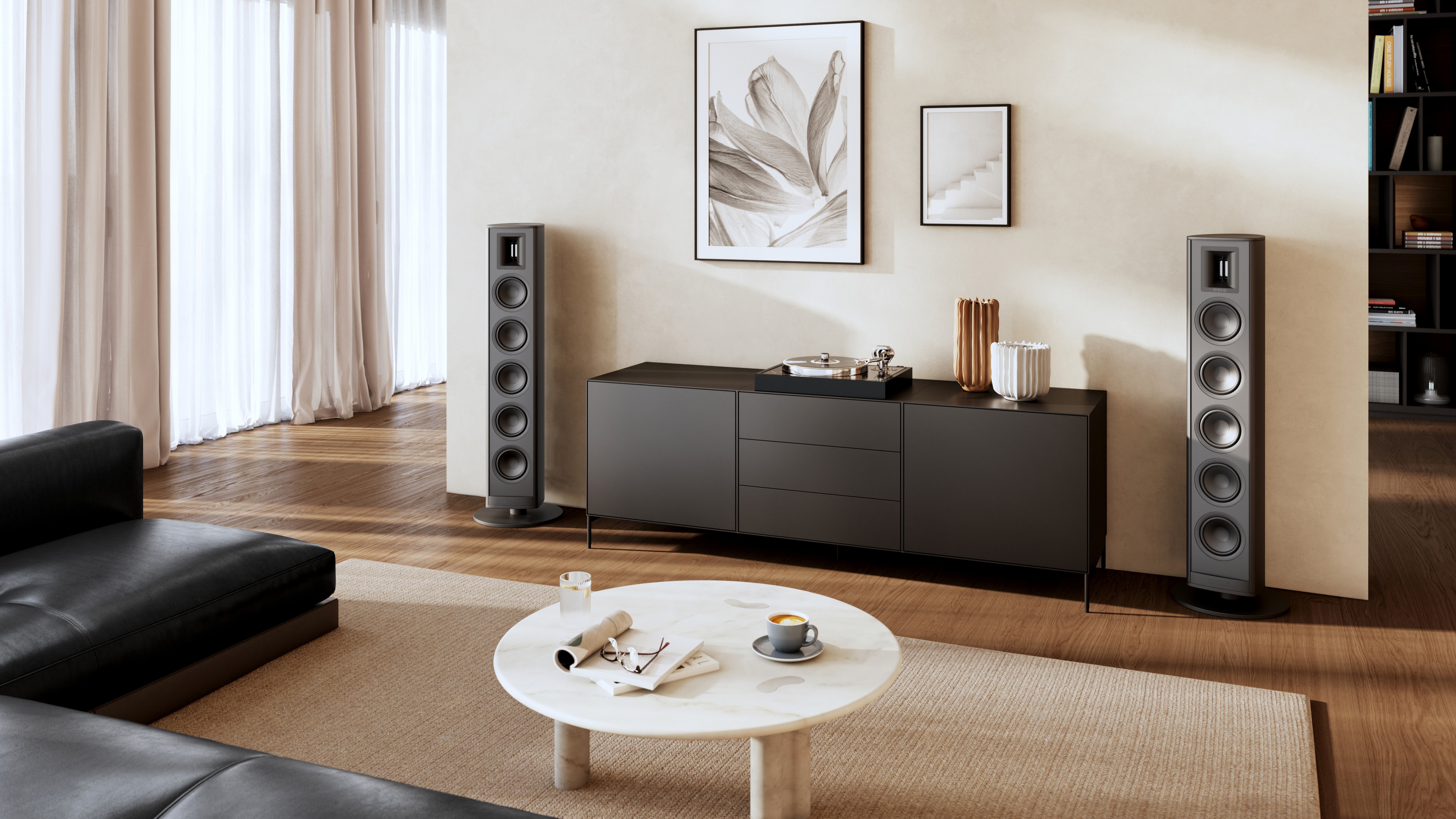Best wireless headphones 2025: reviewed and rated by our in-house experts
Brilliant over-ear Bluetooth headphones, handpicked by our test team
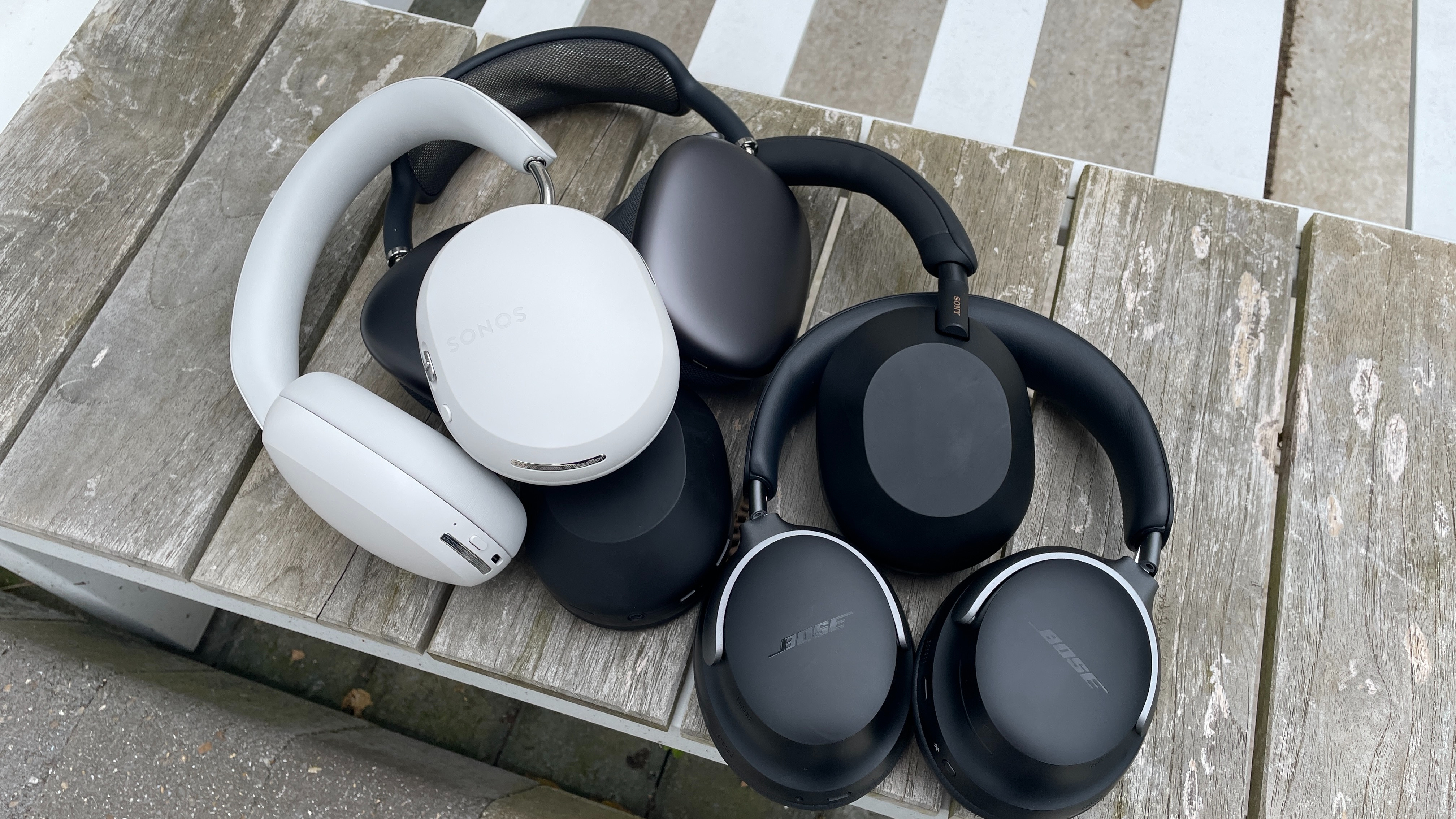
Our in-house team of experts, who have over 150 years of collective headphone reviewing experience, test up to 100 pairs every single year. Our comprehensive headphone testing process compares each newcomer with the proven leader(s) in its class, helping us to not only form a star-rated verdict but also gauge where it sits within the entire market. For example, all new premium over-ears are benchmarked against our number one favourite, the Sony WH-1000XM6.
Wireless headphones have come a long way from early adopter novelty to mass market device. And you can see why – with wireless convenience and extra features like Bluetooth Multipoint letting you switch seamlessly between devices, they're incredibly user friendly.
They sound pretty great, too. Most aren't quite on a par with a dedicated wired model of course, but wireless models have improved markedly in recent years. That's most evident in the high end (witness the Focal Bathys Mg, our pick as best for audiophiles in this list), but mid-market and even cheap wireless headphones can now sound very good indeed.
We're focussing on over-ear headphones in this guide, for the ultimate wireless listening experience. Those of an in-ear bent should read our best wireless earbuds buying guide.
The best wireless headphones below not only set the sound performance benchmark at their respective price but also tick the other important boxes, such as satisfying comfort levels, well-implemented features and, in all but the very budget pairs, effective ANC. They are ideal on-the-go music companions through and through.
If you're lucky, one of our expert picks could feature in our best headphones deals round-up, too.
The quick list
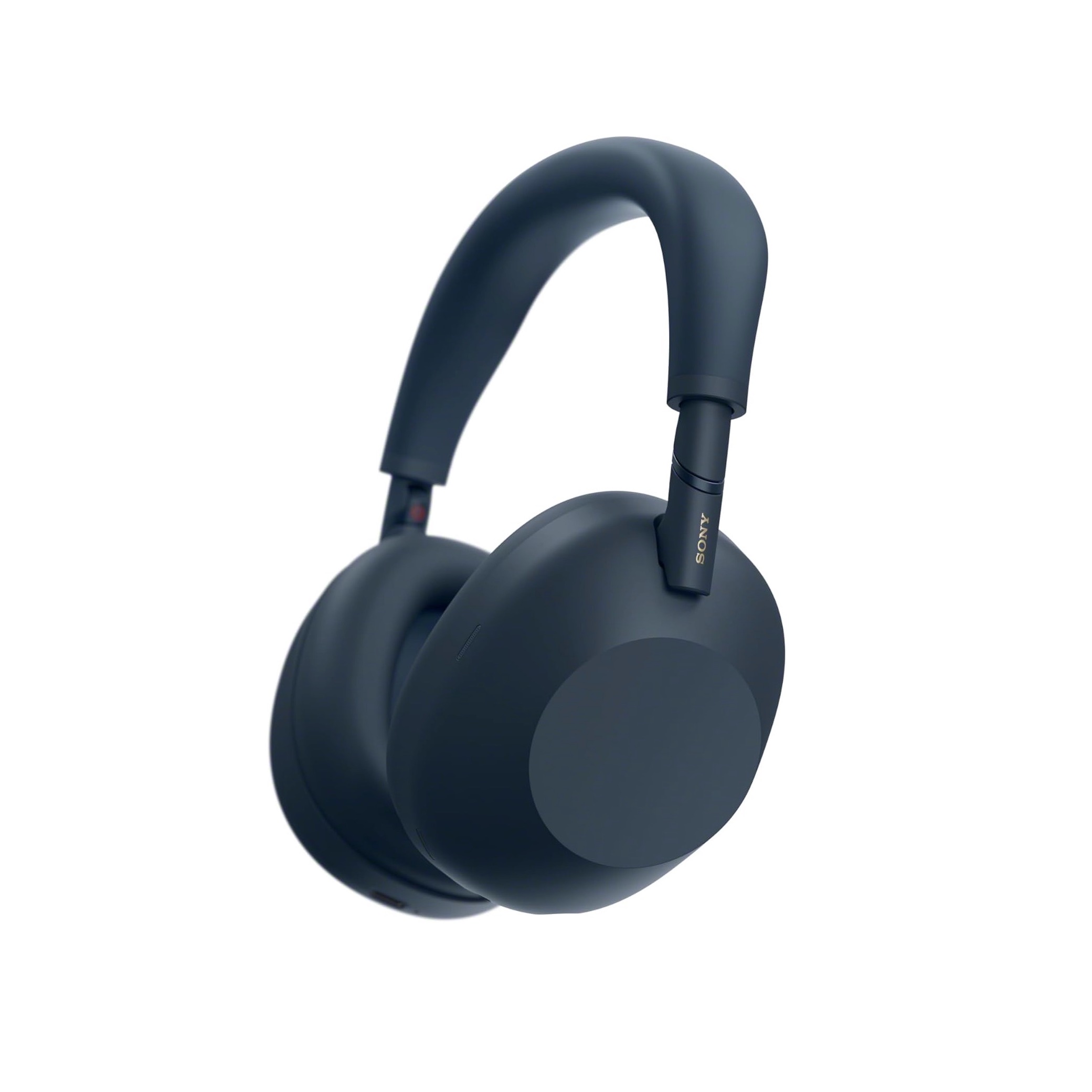
Sony’s flagships have been unbeatable for years, and that hasn’t changed with the brand-new XM6. Got the budget? Look no further.
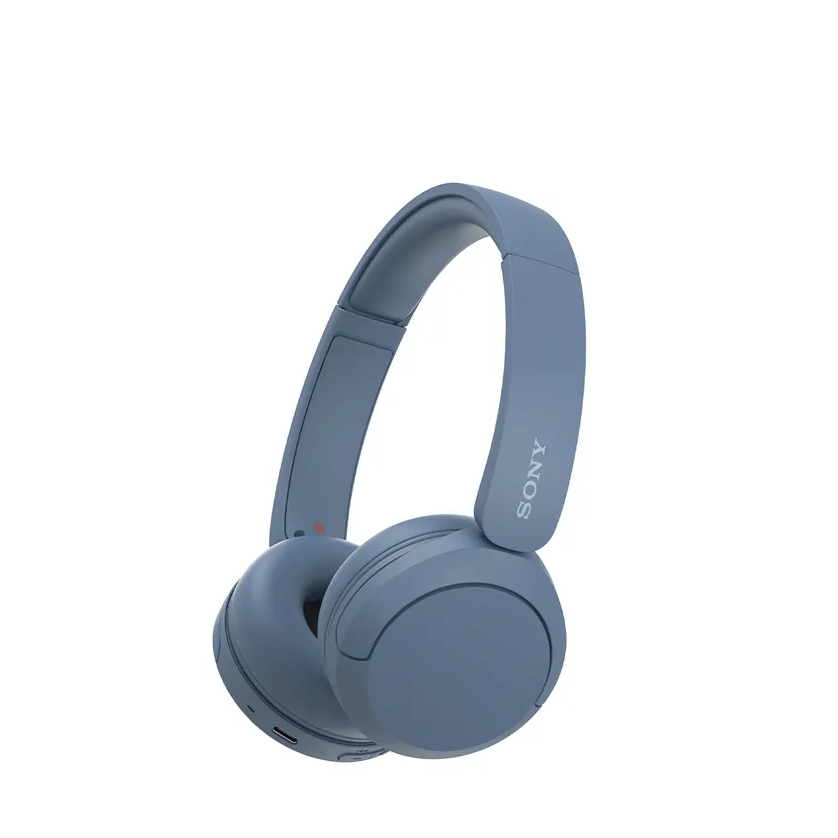
Nothing else comes close – Sony's entry-level wireless headphones offer performance levels easily above the asking price.
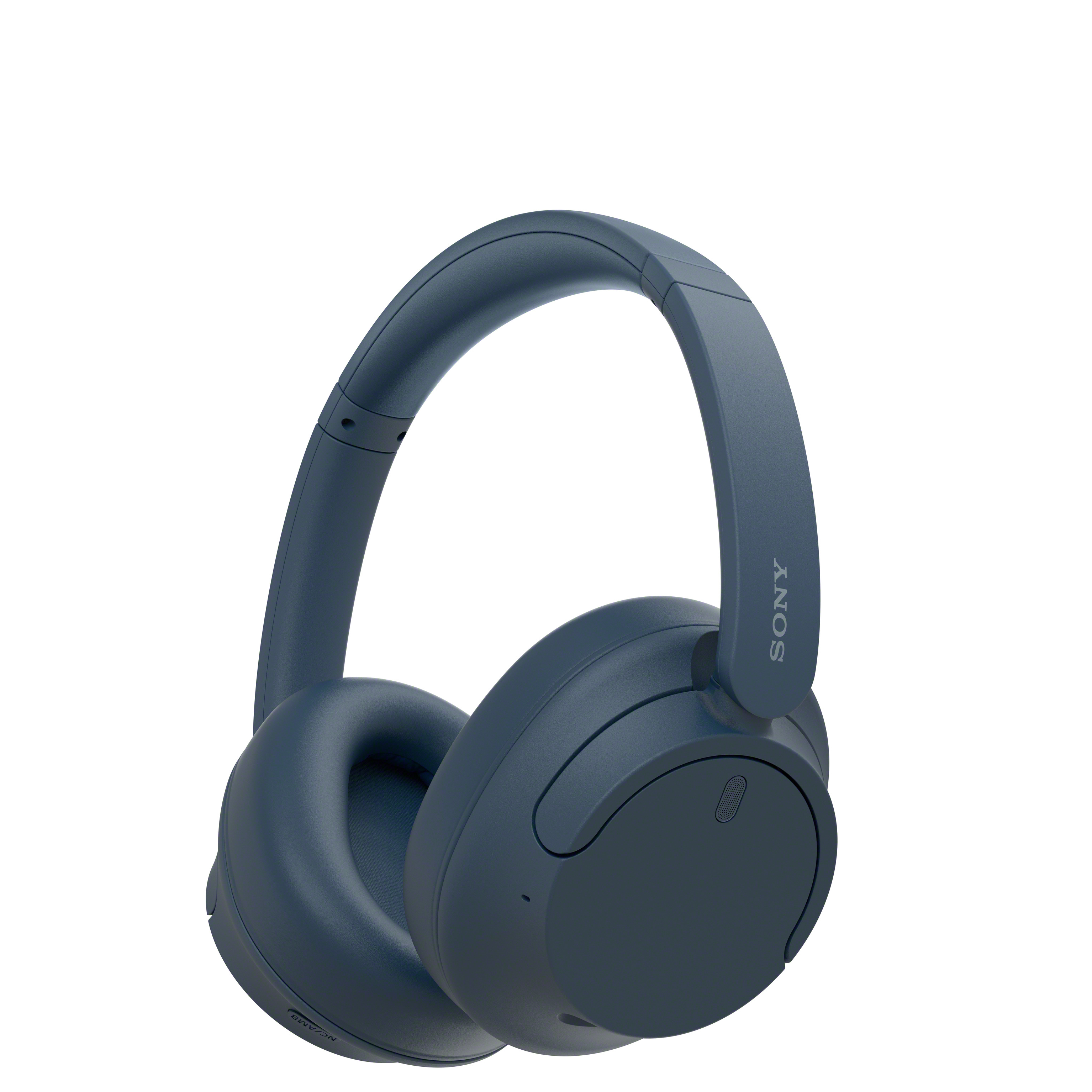
Want noise-cancelling? Sony delivers again with the highest-performing and most fruitfully featured affordable pair we've tested.
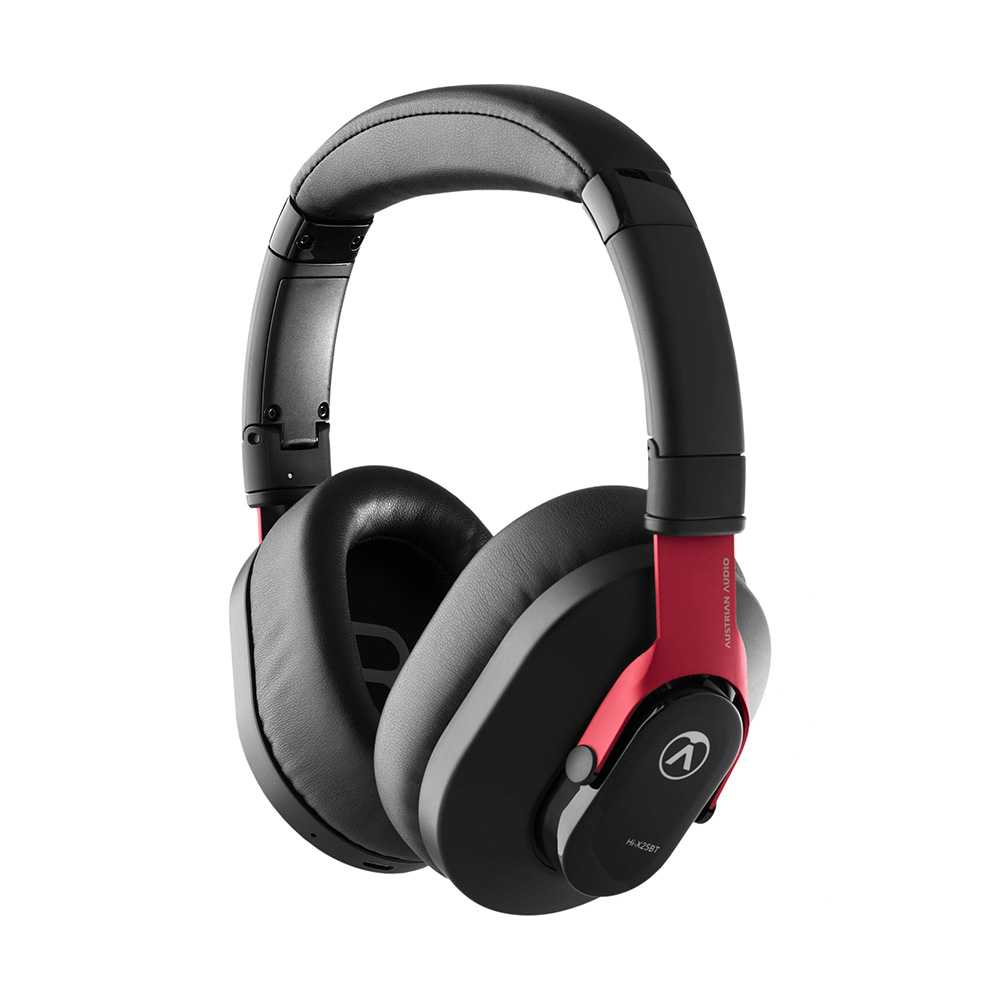
No noise-cancelling, but Austrian Audio's first Bluetooth headphones deliver superb clarity and are heaps of fun
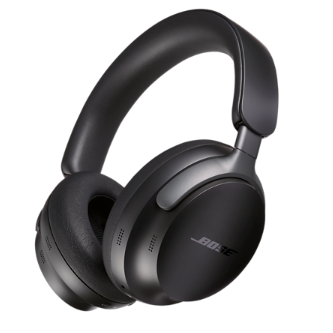
Bose is the king of noise cancelling, and its new flagship over-ears set the benchmark here while offering beautifully balanced sound.
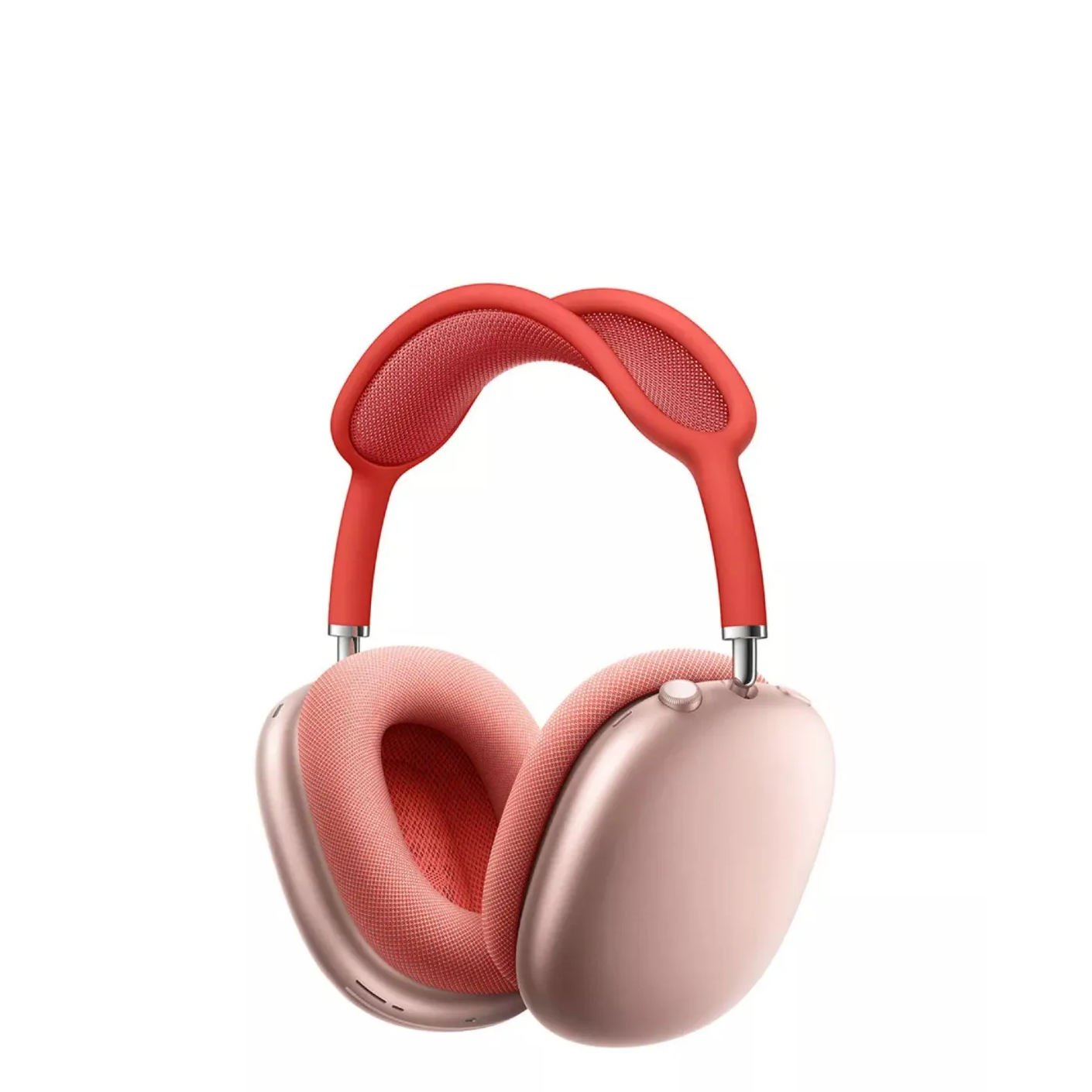
While pricey, Apple's sole pair of wireless headphones are oh-so worth it for Apple users, combining fantastic sound and ANC with Apple-first usability.
Read more below
Load the final products… ↓
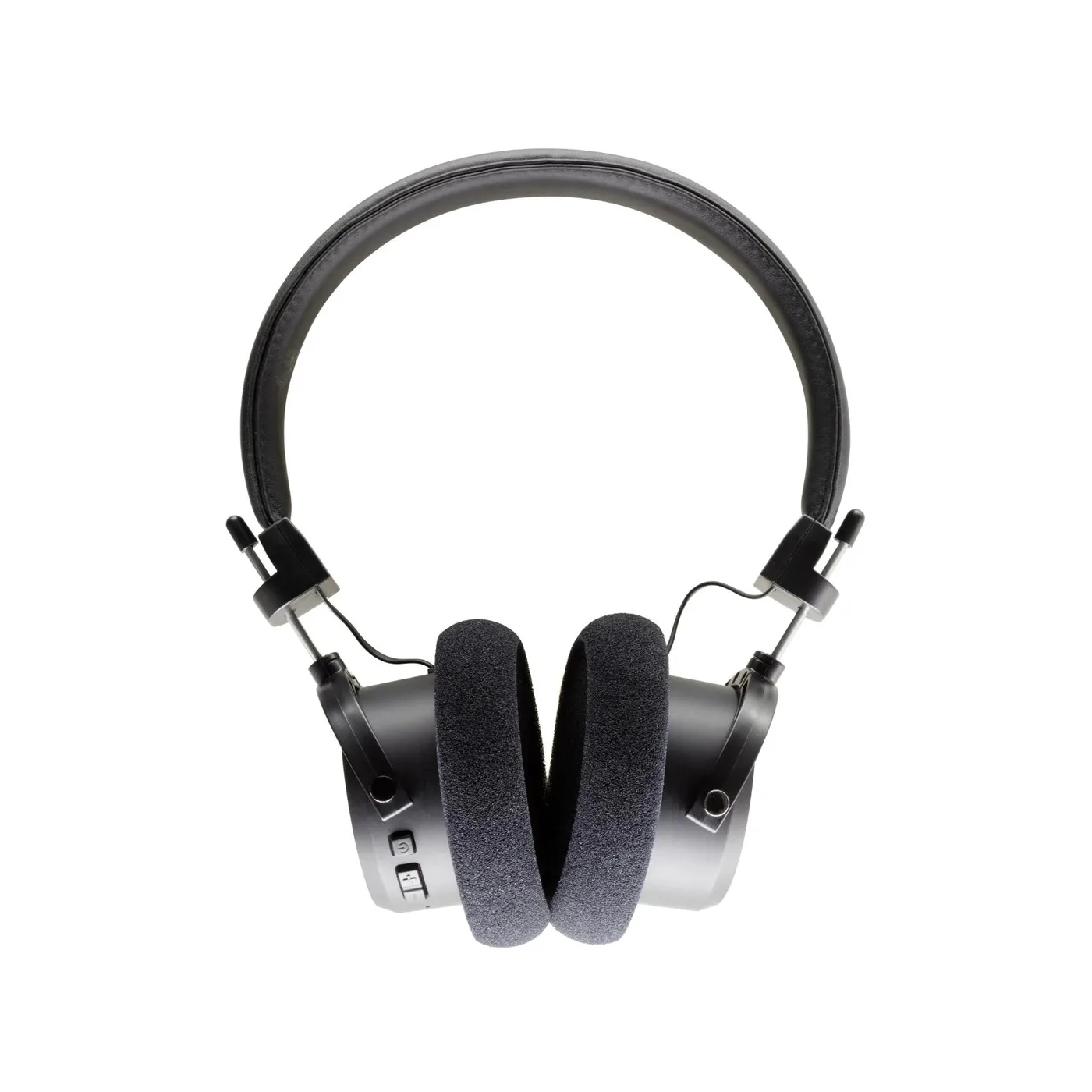
As wireless headphones to use in private at home or in the garden, these quirky, open-back (i.e. leaky) Grados are first class.
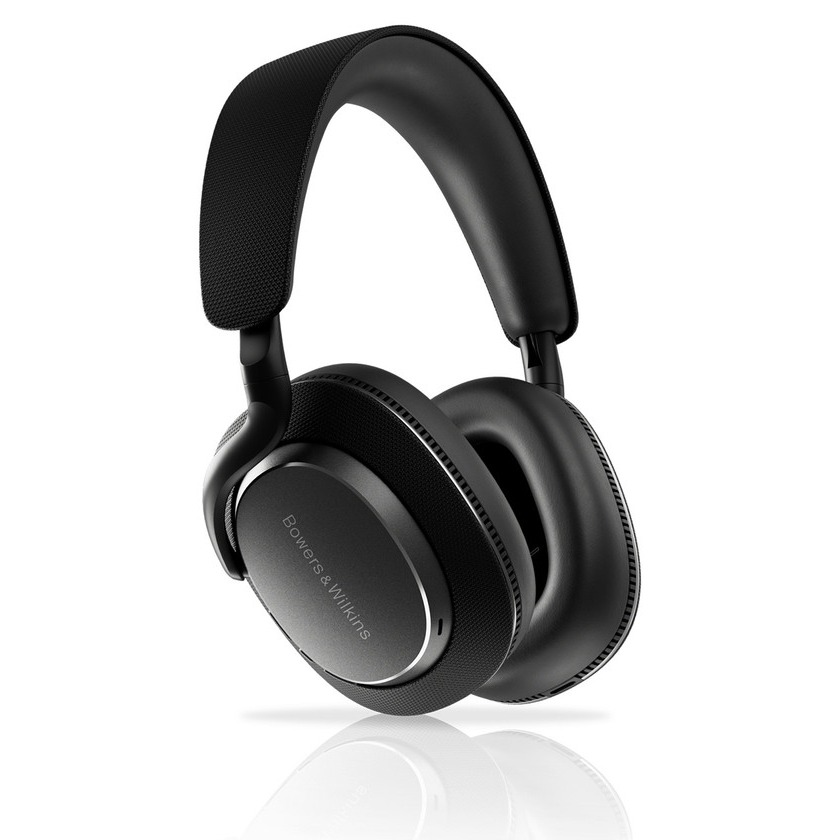
Lovely to look at and a pleasure to listen to, the Px7 S3 are appealing alternatives to the Sony XM6.
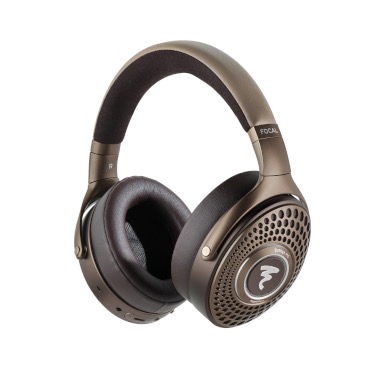
These wireless headphones are a flagship pair in every sense of the word – especially in terms of sound quality.
September 2025: The Focal Bathys Mg are a new entrant in the new category of 'Best for audiophiles'.

In my 11+ years of experience in reviewing and writing about headphones for What Hi-Fi?, I have tested hundreds of pairs from brands both big and small. I'm one of our in-house team's go-to wireless headphone reviewers; an expert at picking the highest-performing and best-value pairs across the wide and wonderful headphone spectrum. My list below exclusively features class leaders at their respective price points and all pairs I'd be proud to own myself.
Best overall
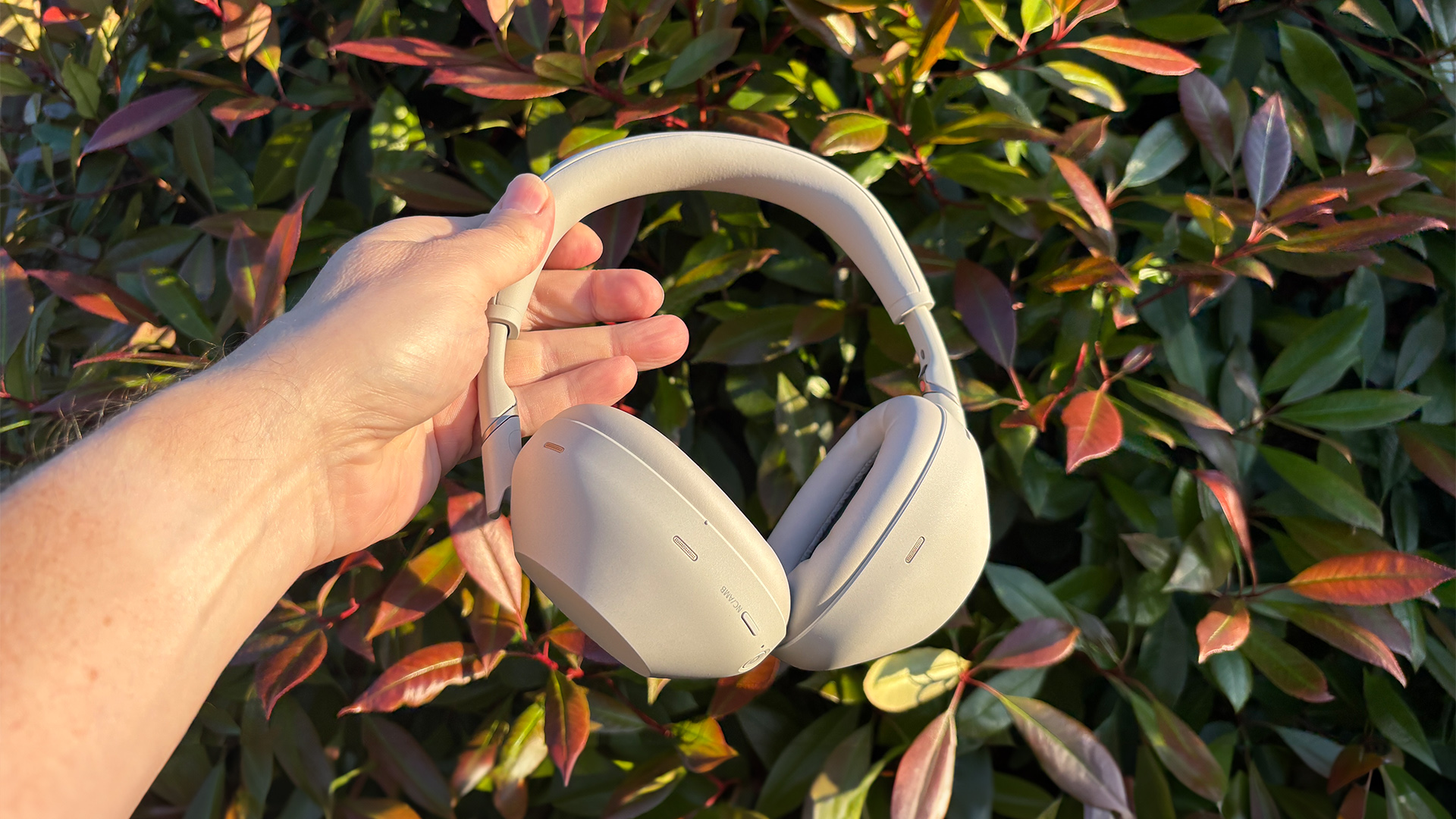
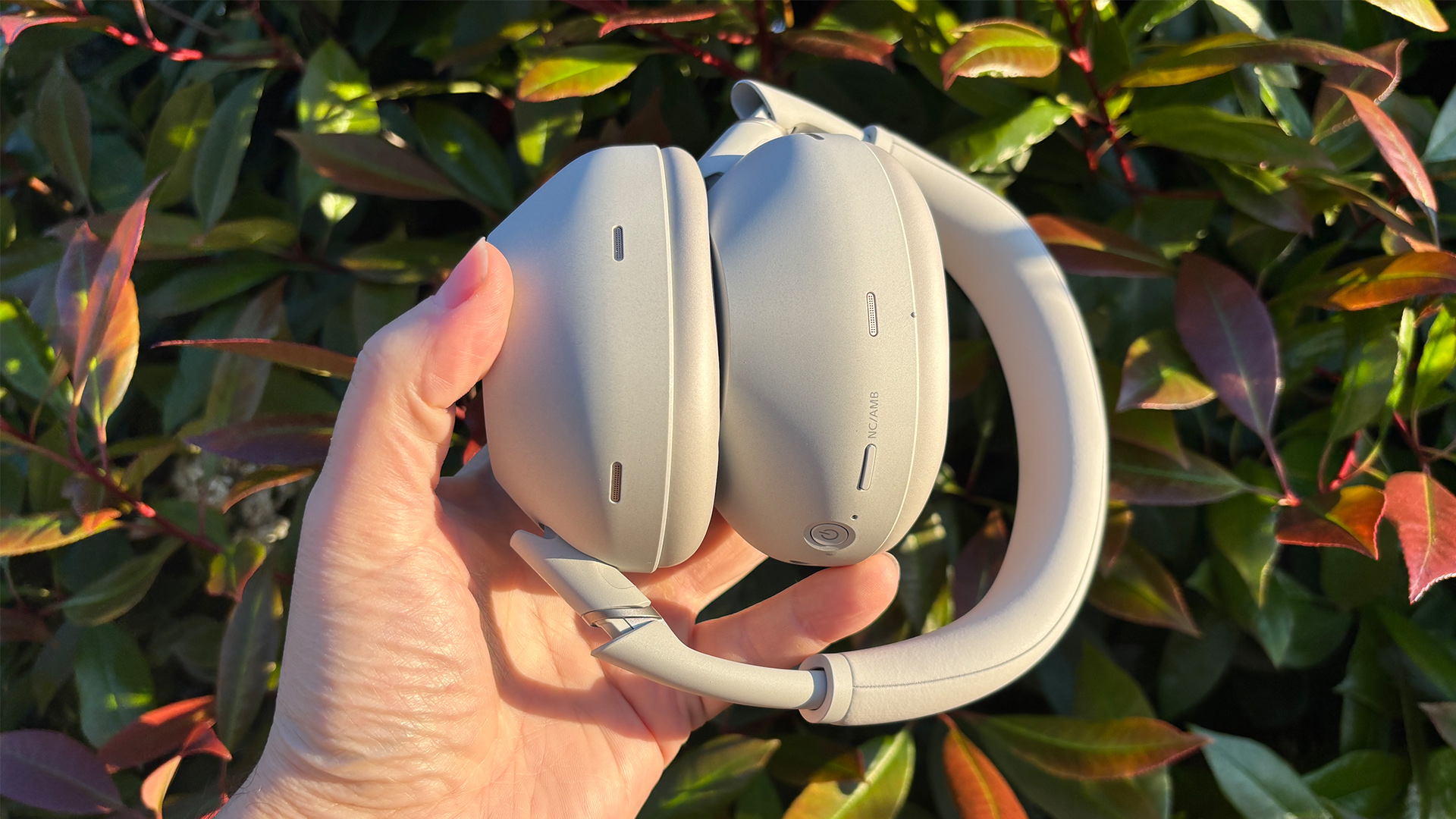
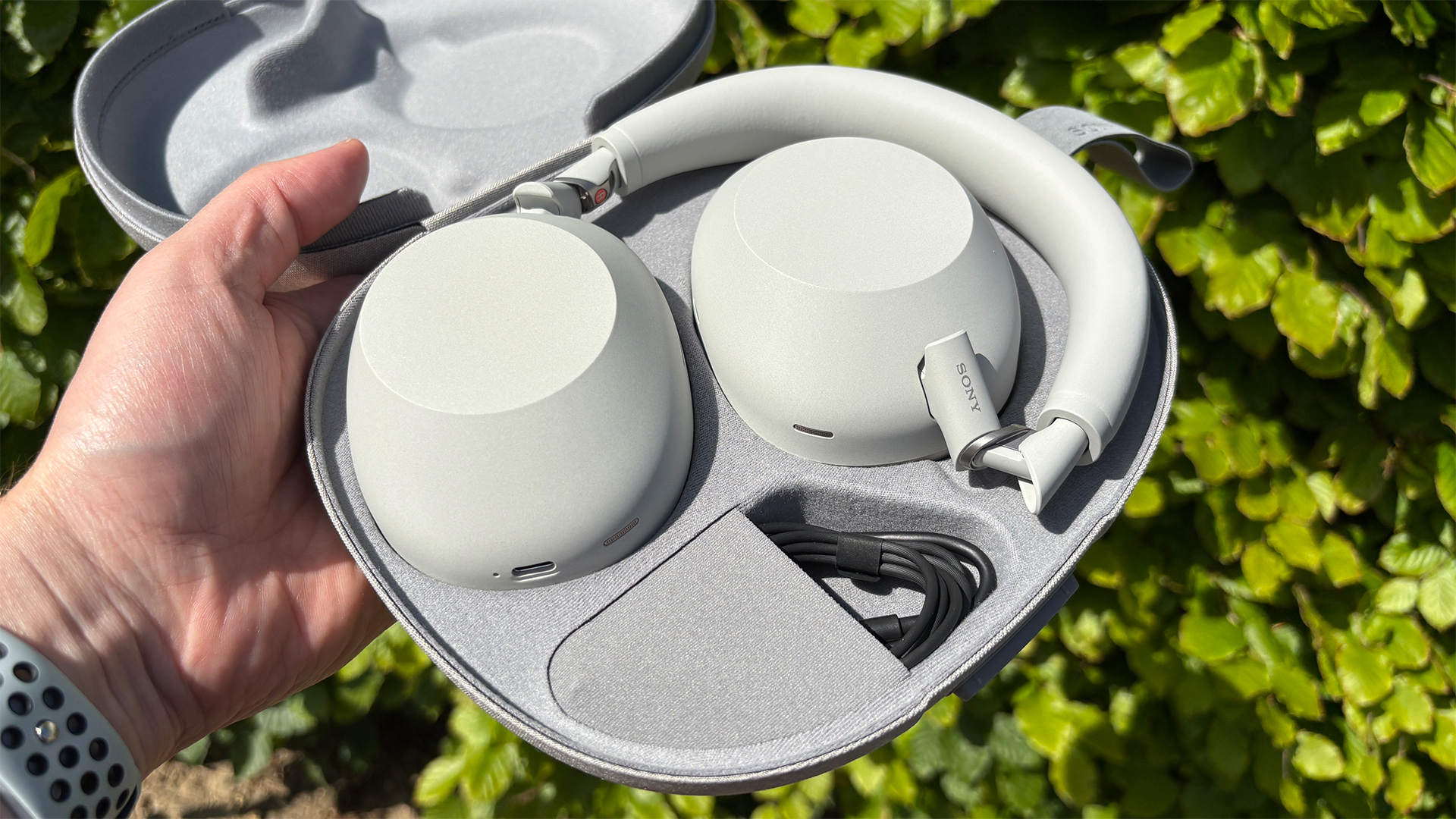
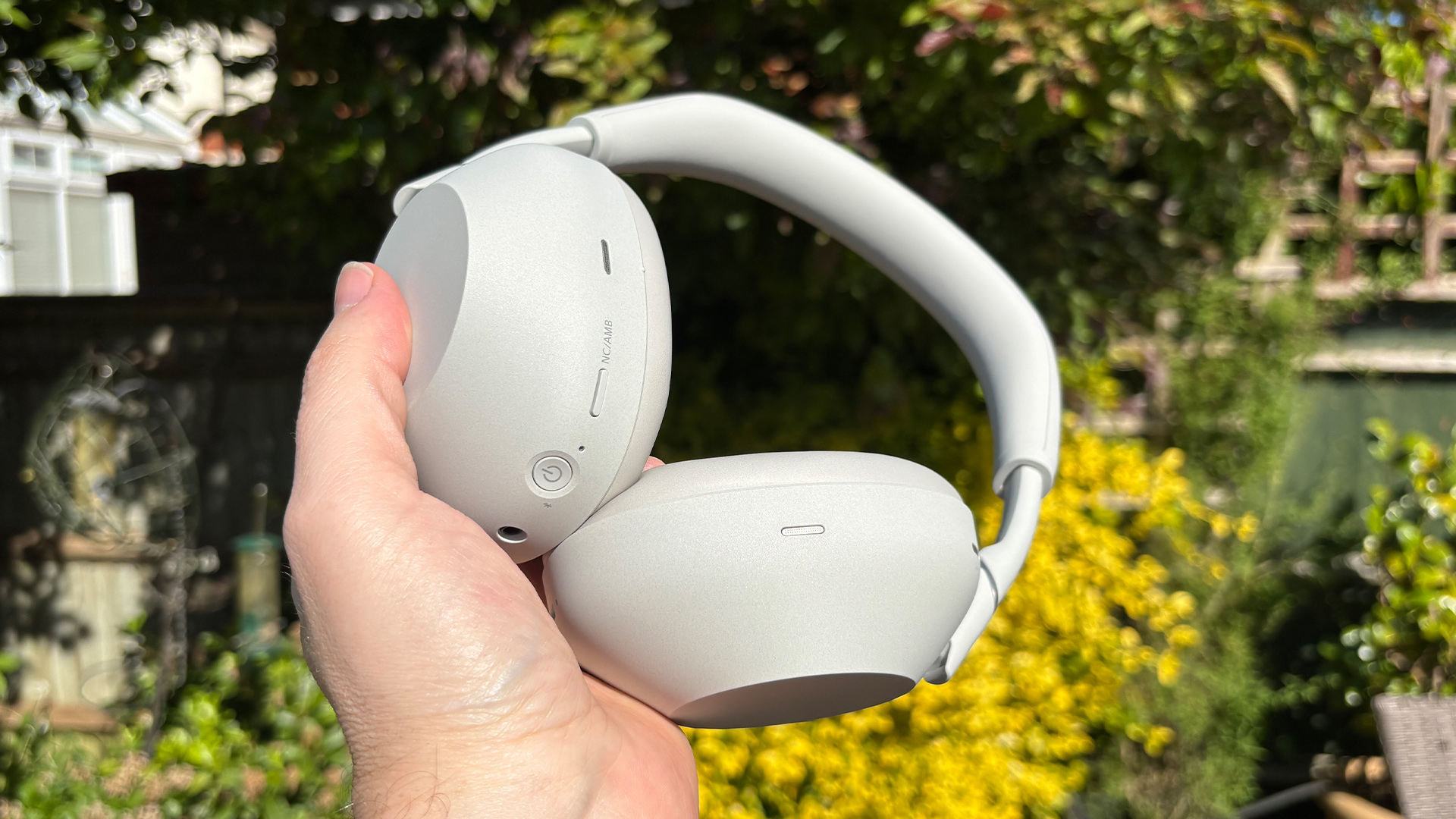
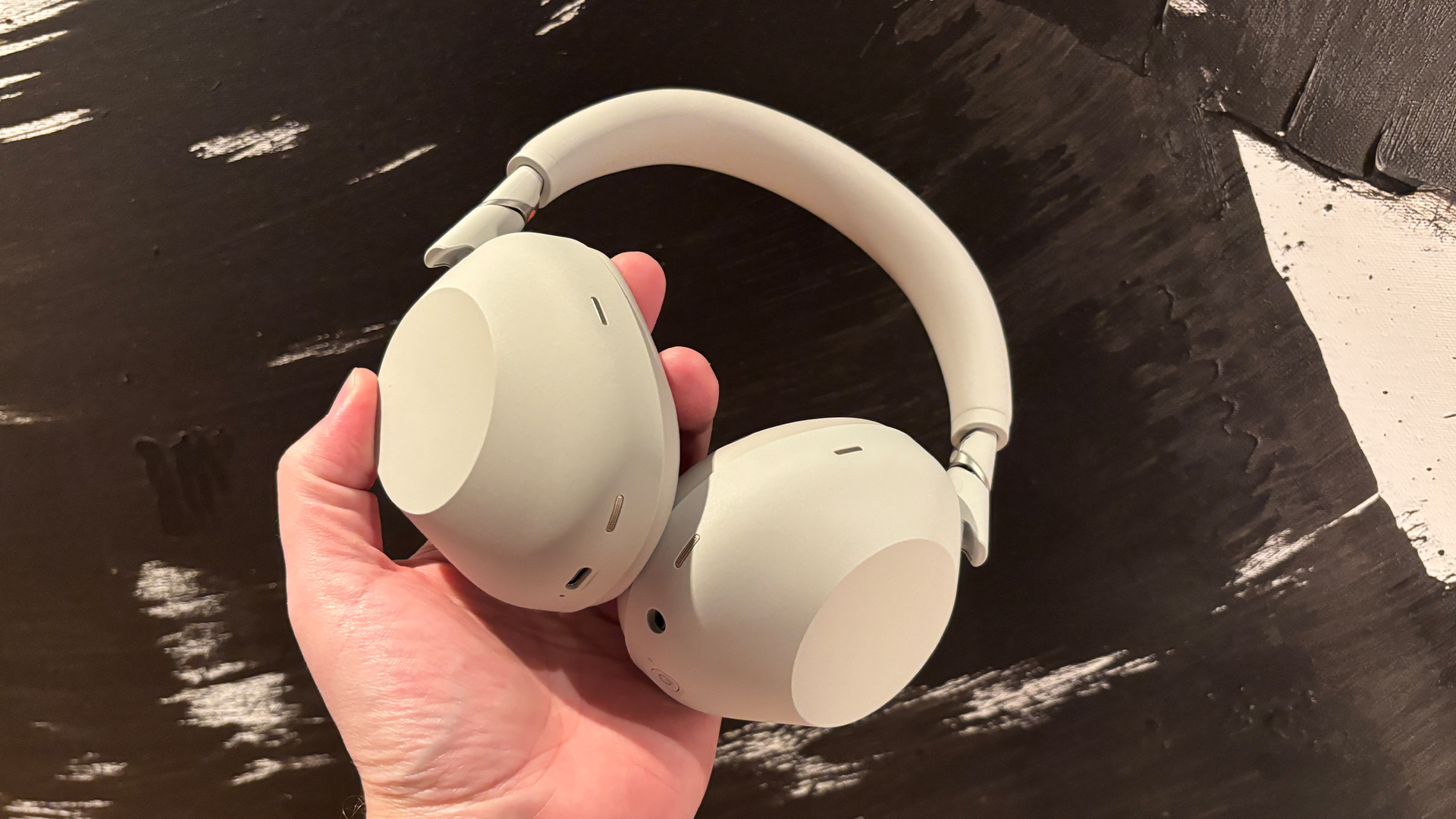
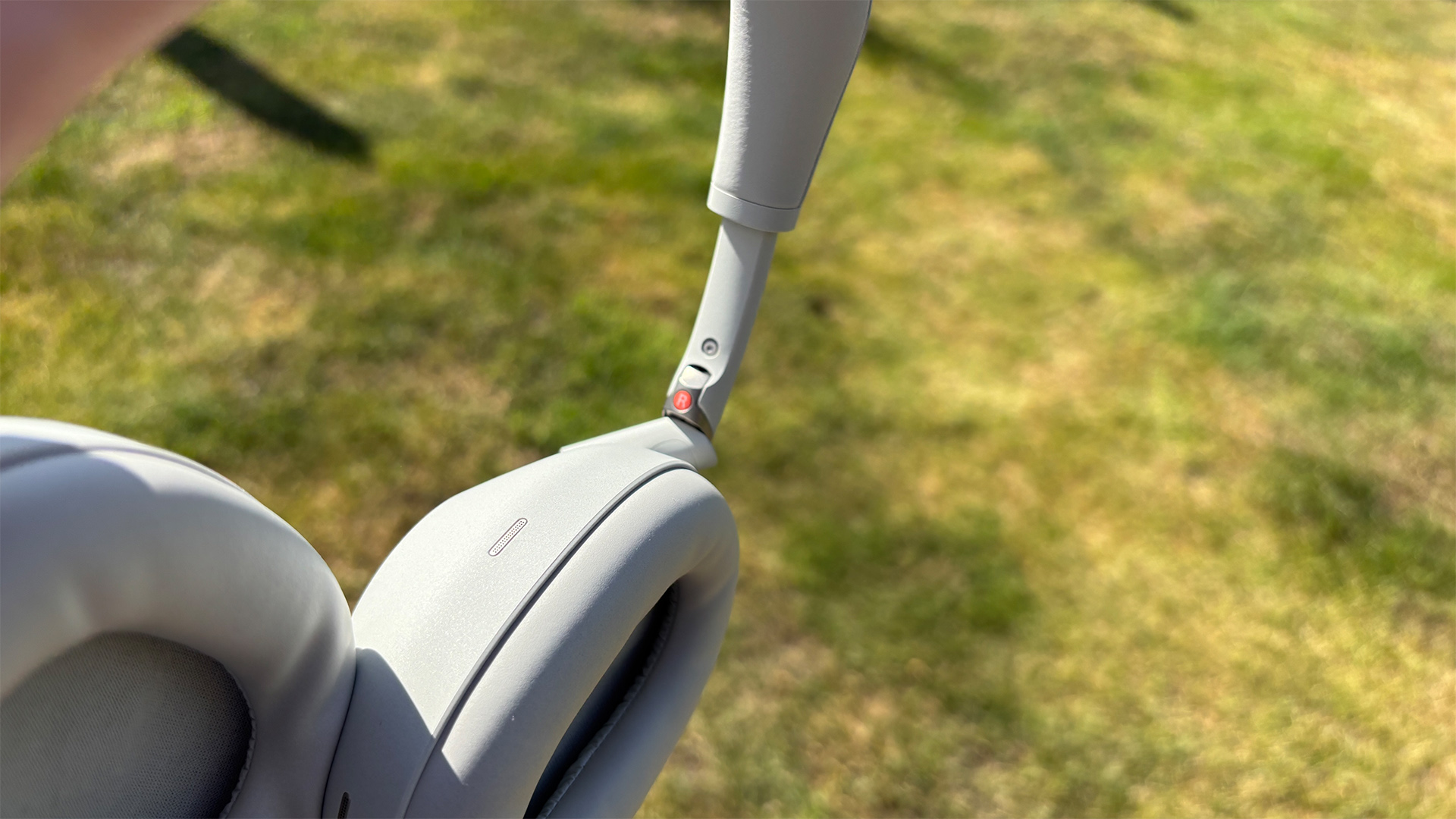
Specifications
Reasons to buy
Reasons to avoid
The WH-1000XM6 are the latest flagship model in Sony's highly successful wireless headphone series, which has spawned multiple What Hi-Fi? Award winners over the years. Their predecessors, the WH-1000XM5 won our 2024 Award, though the new XM6 look to be on track to take their crown come October and keep that winning legacy alive.
If you are looking for over-ear Bluetooth headphones with class-leading sound and top-notch noise cancellation and can afford their premium asking price, the XM6 are the best all-rounders we have come across.
They are wonderfully comfortable thanks to a flatter, wider headband; add next-gen Bluetooth features such as LC3, LE Audio and Auracast support as well as 360 Reality Audio Upmix for Cinema, which adds Sony’s spatial audio processing to any content you’re watching in stereo; and borrow some of the sound technology found in the company's premium Walkman range.
What's more, the new headphones "deliver the most detailed, dynamic, precise and open sound we’ve heard from a wireless Sony flagship," to borrow a quote from our XM6 review.
They are also very close in noise-cancelling performance to the Bose QC Ultra Headphones, our favourite noise-cancellers (below).
The WH-1000XM6 also outshine their closest rivals in sound quality and outright value. That said, the similarly priced Bowers & Wilkins Px7 S3 are on even terms when it comes to performance and do look and feel nicer than the Sonys (hence their position in this list below) – they simply don't block ANC as well.
If you can't afford the XM6, however, the WH-1000XM5 are still on sale and our next-best recommendation in light of their discount, trumping their closest rivals – the Sennheiser Momentum 4 Wireless and Bose QuietComfort.
Read our full Sony WH-1000XM6 review
How the brands stack up: Sony vs Bose headphones; Sony vs Sennheiser headphones
Best cheap
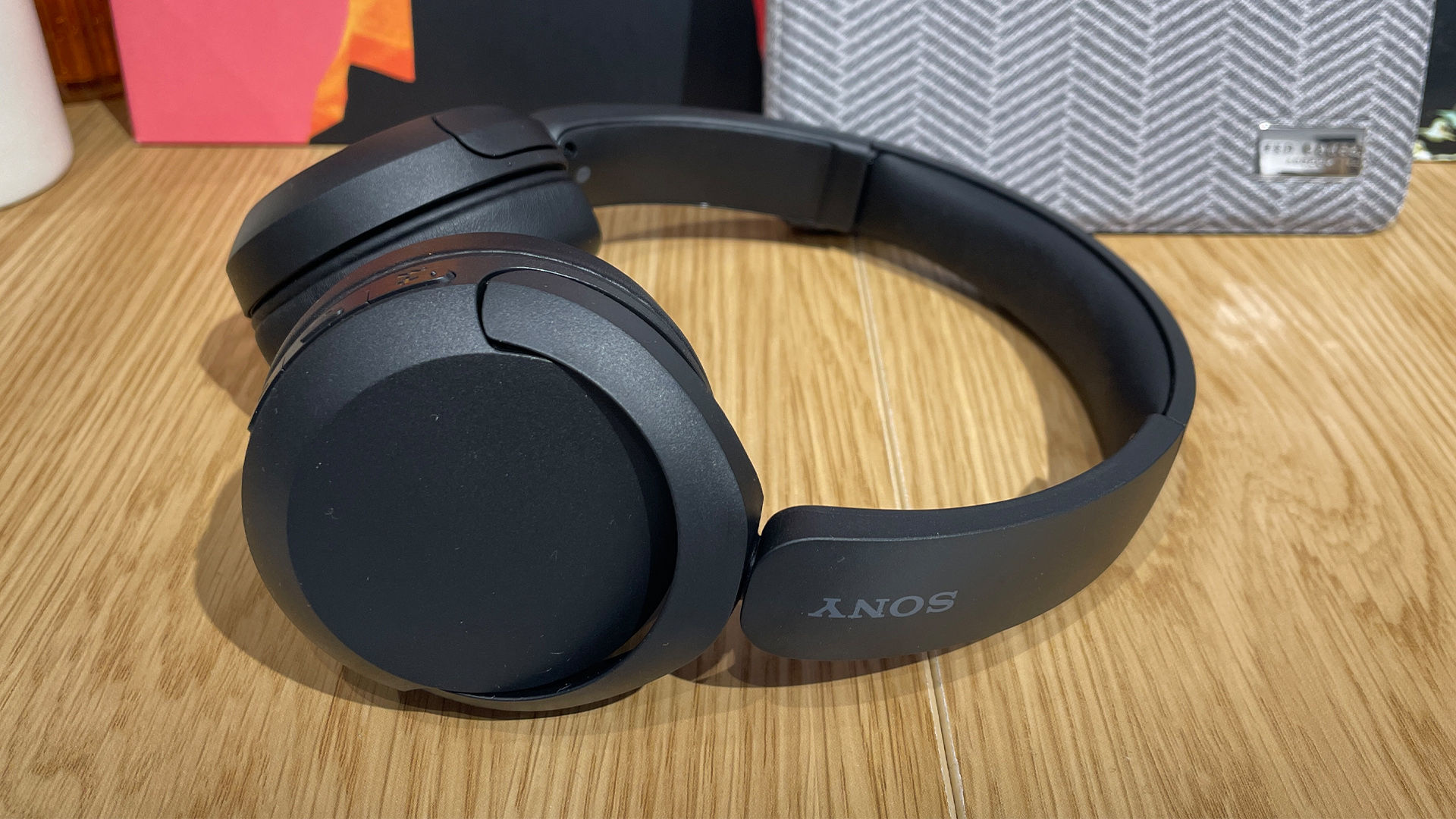
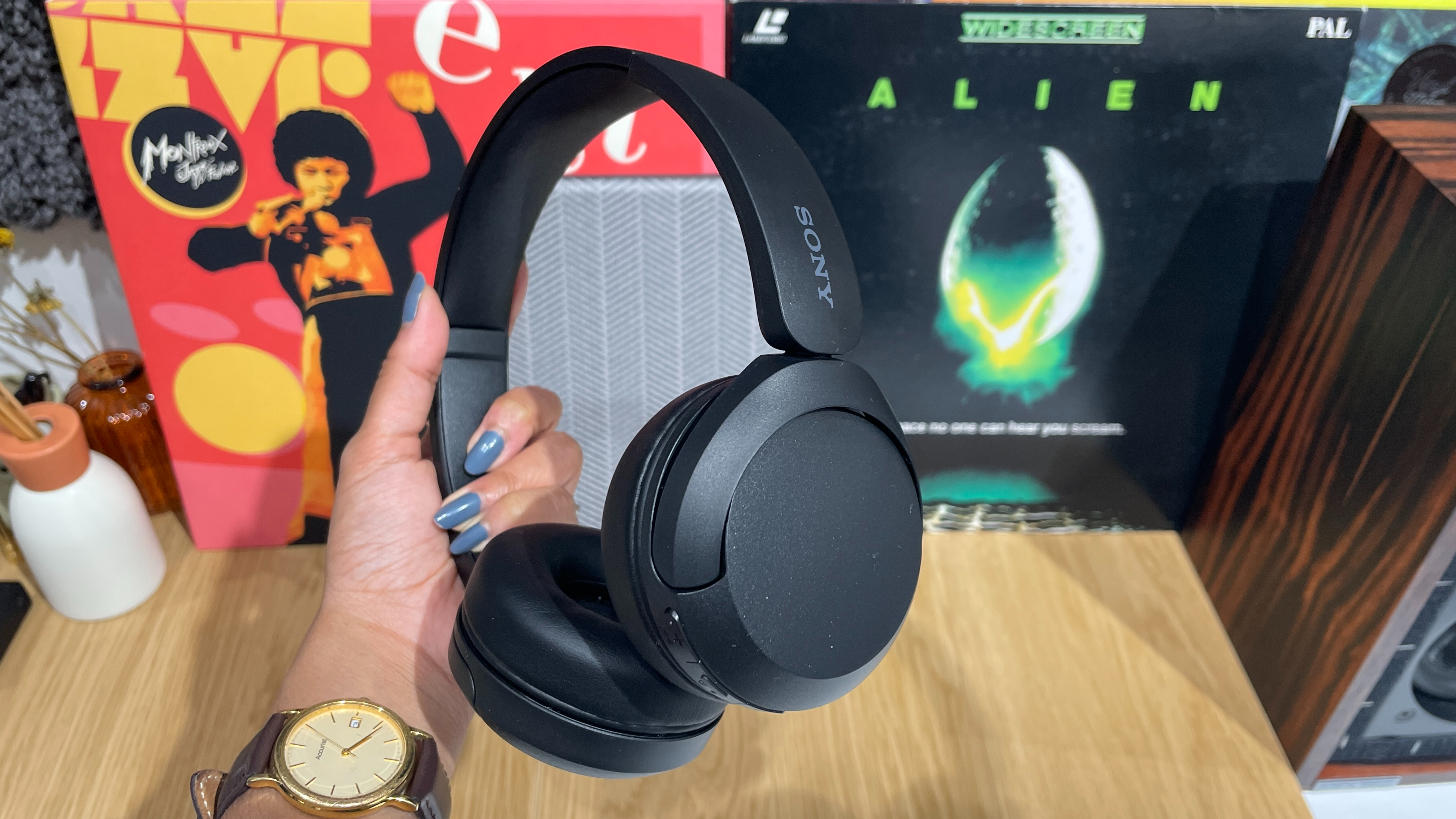

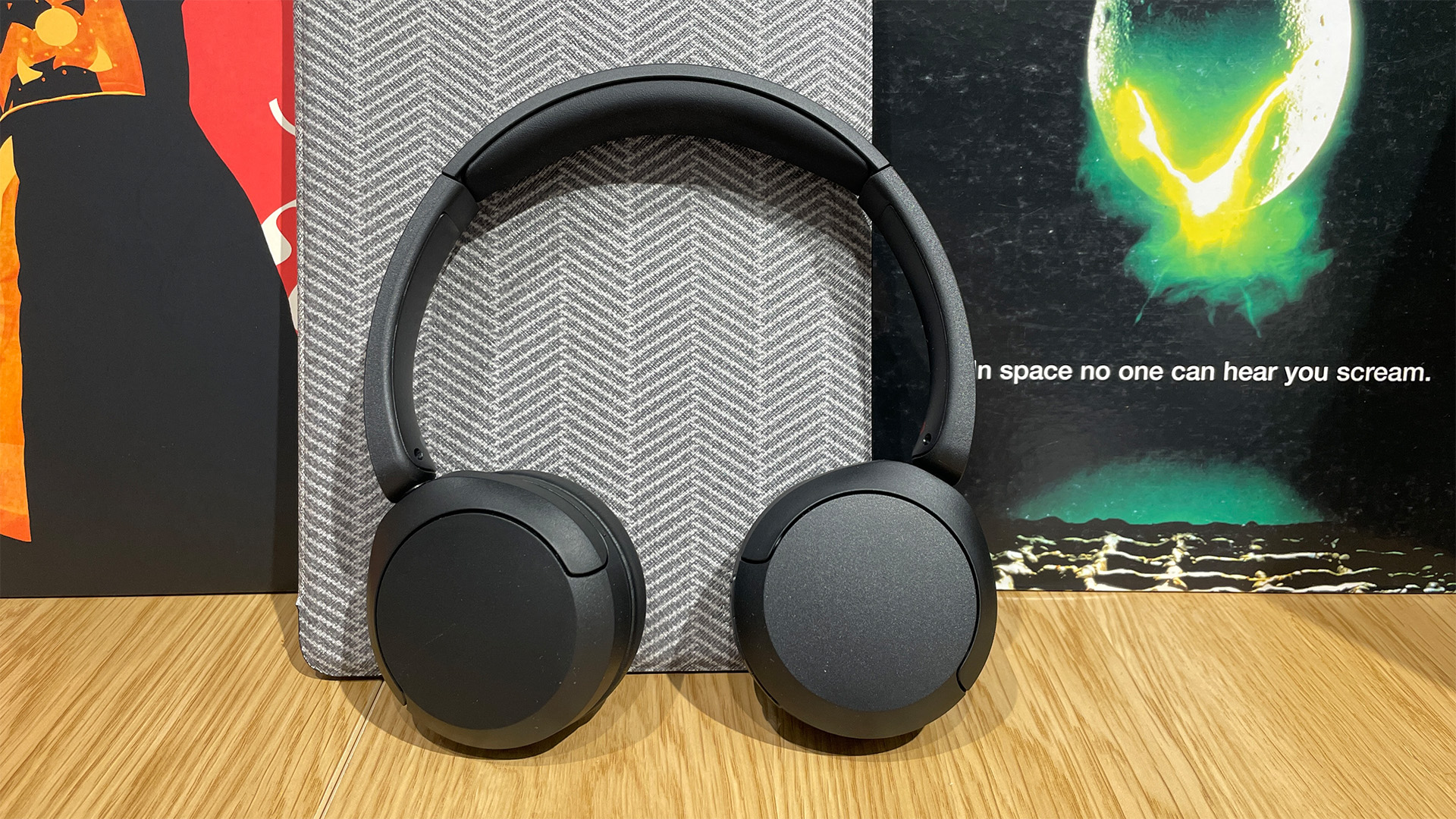
Specifications
Reasons to buy
Reasons to avoid
Nailing the basics well enough at the most budget of the market is no easy task, which is probably why many of the reputable headphone brands choose not to compete in it. Thankfully, Sony does. With the entry-level WH-CH520, it has proven it is just as capable of producing affordable wireless headphones as premium ones.
The WH-CH520 don't look in any way glamorous – you don't get a foldable design or premium materials. If anything, our reviewers found them "a little plasticky". But keep your expectations for the budget price realistic and you will soon realise these are reassuringly well made – they feel properly constructed and in our weeks living with them proved solid and robust as they accompanied us in our daily routines and survived a few purposeful yanks during durability testing.
The good news continues in the features department – again, if you remember that these cost roughly the price of a round of drinks. The headline feature is a 50-hour battery life (or 40 hours on full volume), which quite frankly the majority of premium headphones don't reach – not even Sony's range-topping WH-1000XM5 above. That is one of the benefits of not having power-hungry features like active noise cancellation and spatial audio eating away at your battery.
What you do get is Bluetooth 5.2 (allowing for 10m of wireless range from your source), physical on-cup playback buttons, and compatibility with Sony's Headphones Connect control app, which offers EQ presets and custom adjustment, plus a hearing test to help you find your ideal sonic balance.
So far, so solid, but what most impresses us about the WH-C520, and singles them out from the hoard of other uber-affordable Bluetooth over-ears we have tested, is their sound performance. As our experts noted in our five-star Sony WH-CH520 review, they "don’t take long to establish themselves as a nicely balanced, quite informative and enjoyable listen".
Again, you ought to keep your expectations in check – clarity and dynamics are good, not great, and naturally they aren't as expressive across the frequencies as any other pair in this buying guide. But that’s really to judge the Sonys by the standards of more expensive headphones. For their modest asking price, they are very listenable indeed and much more so than any rival pair we have come across.
Ultimately, the WH-CH520 are built to a price but compromised in the least compromising way.
Read our full Sony WH-CH520 review

The WH-C520N nail the basics and are easily the best options for those who want to spend very little without sacrificing comfort and great sound. While they may not have the performance or luxury materials of pricier pairs on this list, they are just as great value considering what they cost. I have ears on the smaller side, too, so their on/over-ear hybrid fit really works for me. That said, for those who can spend slightly more and want an enveloping fit, I heartily recommend the model-up WH-C720N (below) – they sound even better and offer noise cancellation.
Best cheap noise-cancelling


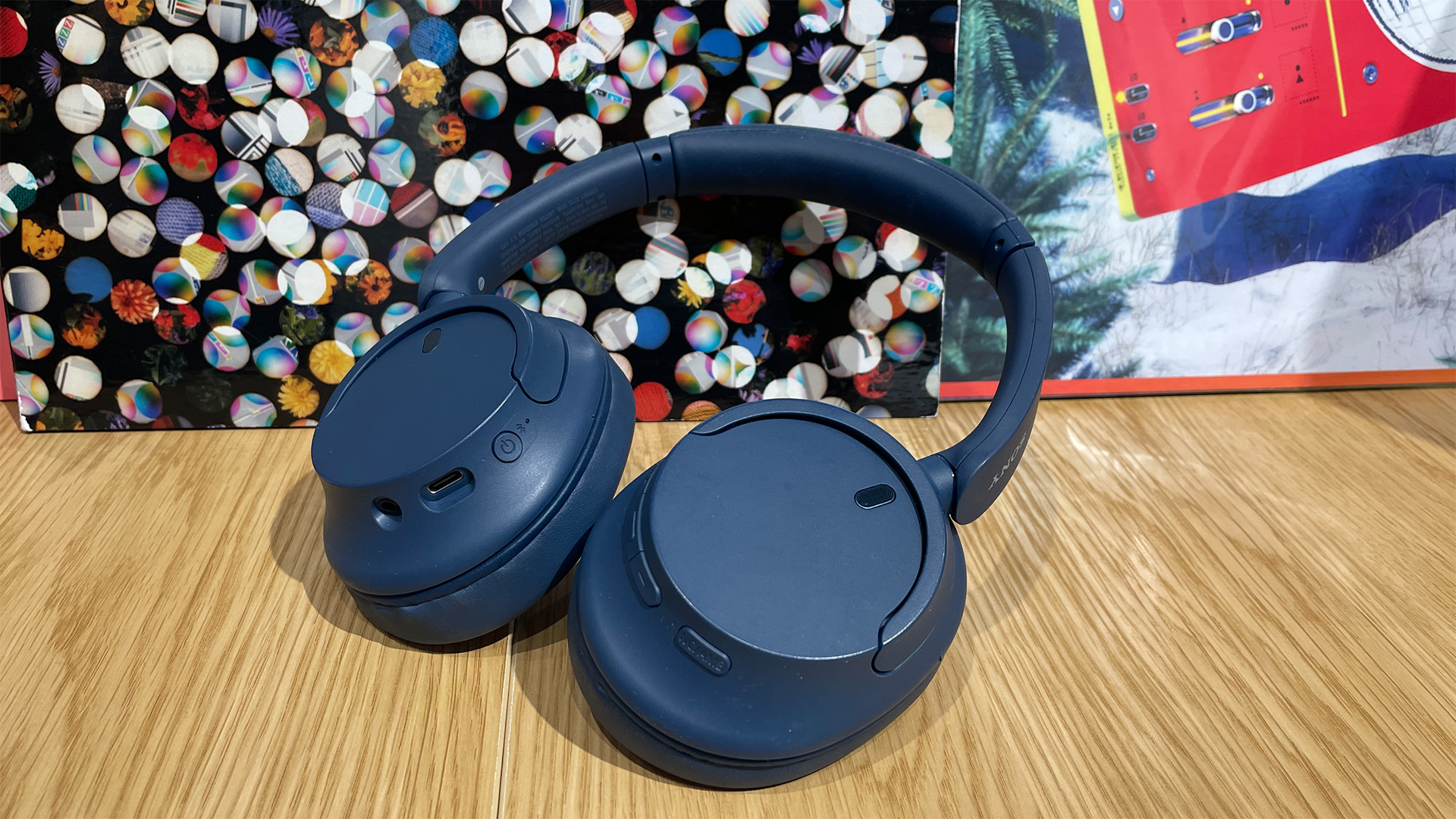
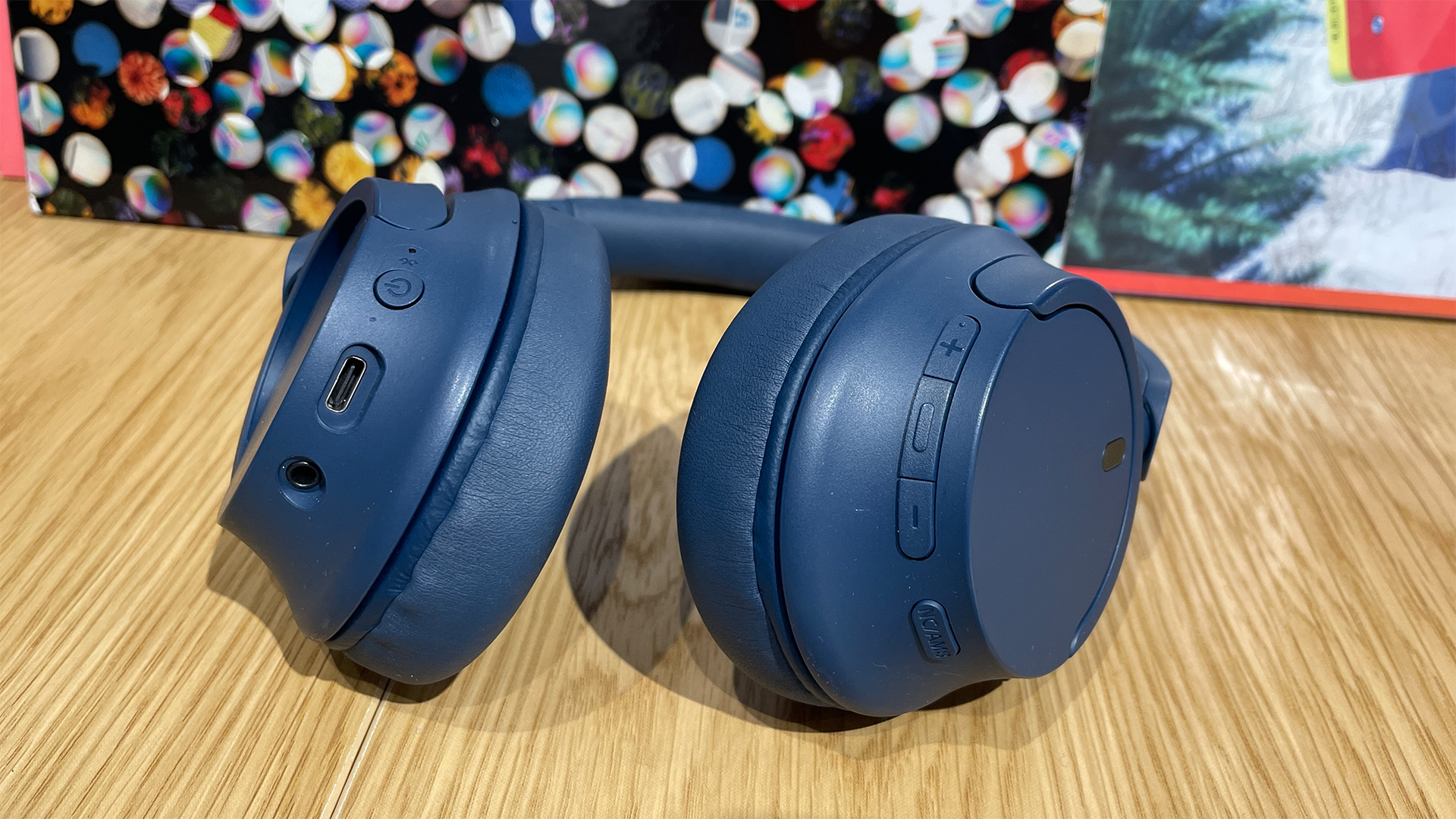

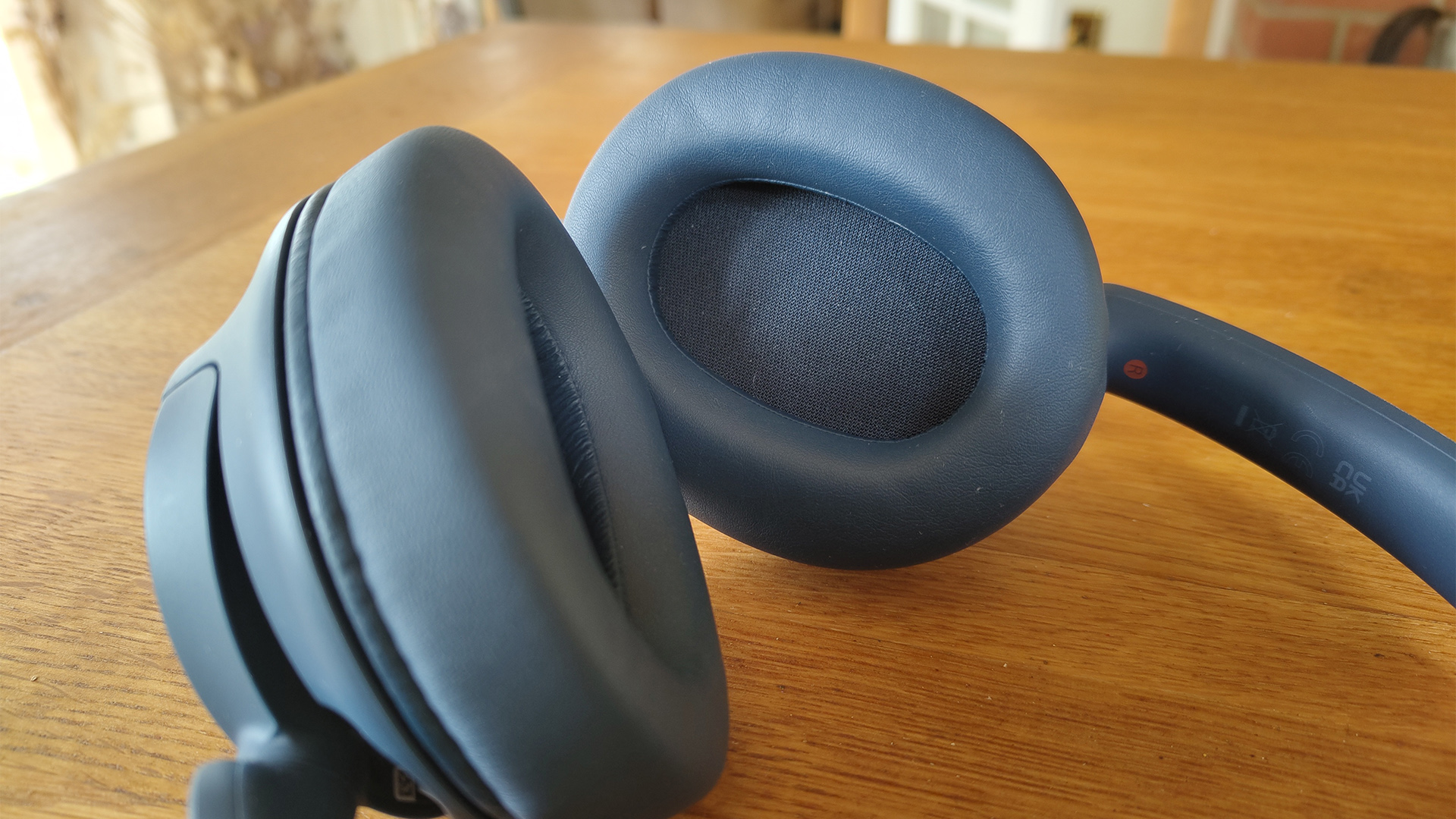
Specifications
Reasons to buy
Reasons to avoid
If you can't afford the Sony WH-1000XM6 (our best overall pick above) but still want decent-performing over-ears that include active noise cancellation, you won’t do better than the Award-winning Sony WH-CH720N.
They are the middle sitters in the best Sony headphones lineup (above the WH-CH520 but below the XM6 and bass-boosted, inadvisable ULT Wear) and the only ANC pair below £100 / $150 / AU$200 we can heartily recommend. Indeed, while wireless headphones with ANC used to be exclusive to the higher end of the market, the sound-blocking technology has trickled down: “[ANC] came out of the aviation industry many years ago with single microphone configurations with static implementation to cancel out ambient noise at a high cost, making it a novelty item reserved for premium consumer headphones," says Mikael Herje of Harman International, the parent company of JBL. “But it has now become an ‘always on’” feature.”
Don't expect sound or noise-cancelling quality to match that of their flagship siblings, of course, but during testing we were amazed at how few compromises Sony has had to make to keep quality high and costs down.
The WH-CH720N are spirited, energetic performers that do justice to lively music genres like rock and pop – "they imbue their musical cargo with heft and conviction, operating on the front foot in delivering an immediate, assertive sound with an emphasis on forceful, burly bass," said our in-house experts in our WH-CH720N review. They also have the texture and detail to fulfil subtler, quieter tracks, and bass can also be brought down a little in the Sony Headphones companion app if you aren't a bass fiend.
They don’t have a fold-down design or come with a carry case, the latter of which is slightly disappointing even at this modest price point, but the WH-CH720N feel surprisingly well-made and offer a comfortable fit, even during prolonged listening sessions. Our reviews team generally got on well with the physical on-earcup buttons for playback, volume and ANC, too.
Their active noise cancellation is effective, even if it doesn't encase you in silence like the Sony XM6 or Bose QuietComfort Ultra Headphones (below). It's certainly powerful enough to drown out background office noise. Add to all their sound, ANC and usability wins a week-long (50-hour) battery life, and you can begin to realise why our reviews team continues to like them so much, 18 months after their May 2023 launch.
This isn't a particularly crowded area of the headphones market, but nevertheless, in that time no other wireless over-ears we've tested anywhere near their price have come close, including competitors from Sennheiser and Lindy.
If you can, however, almost double your budget and happily forgo noise cancellation, we can't recommend the newly reviewed Austrian Audio Hi-X25BT (below) enough. Very rare mid-market marvels, they prioritise performance over features and, as you would hope for the price difference, sound notably better than the WH-CH720N.
Read our full Sony WH-CH720N review
Best mid-price
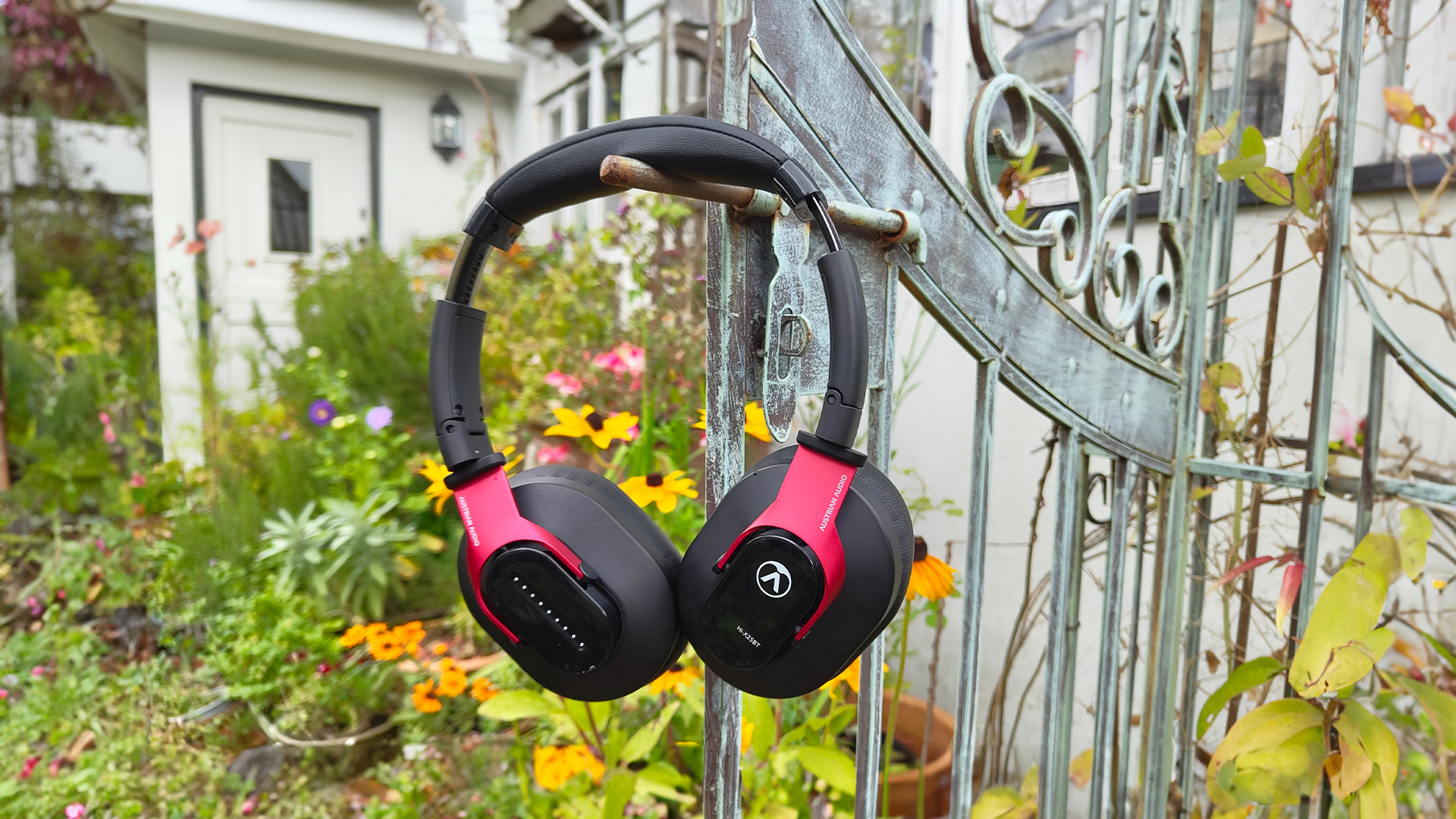
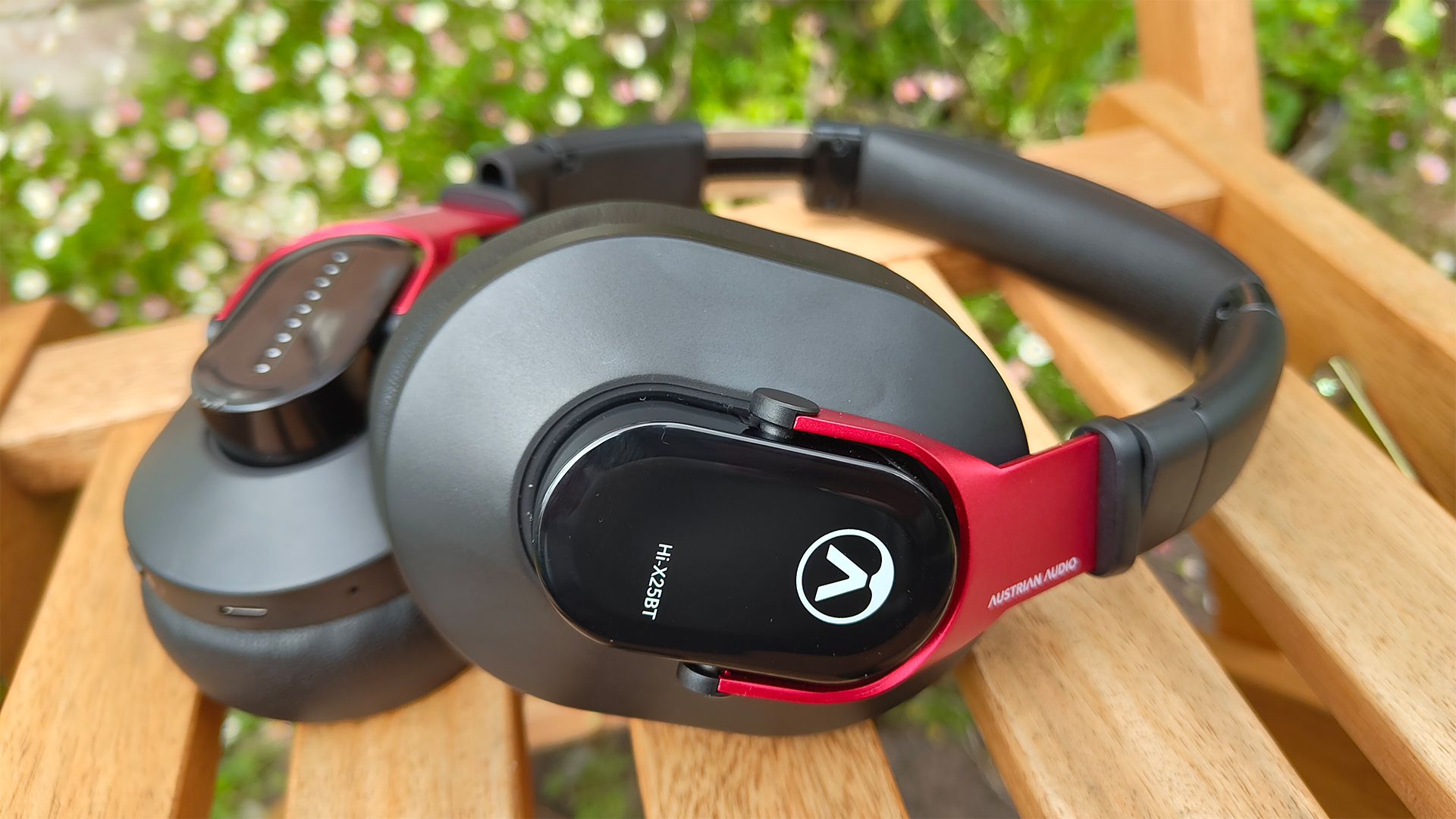
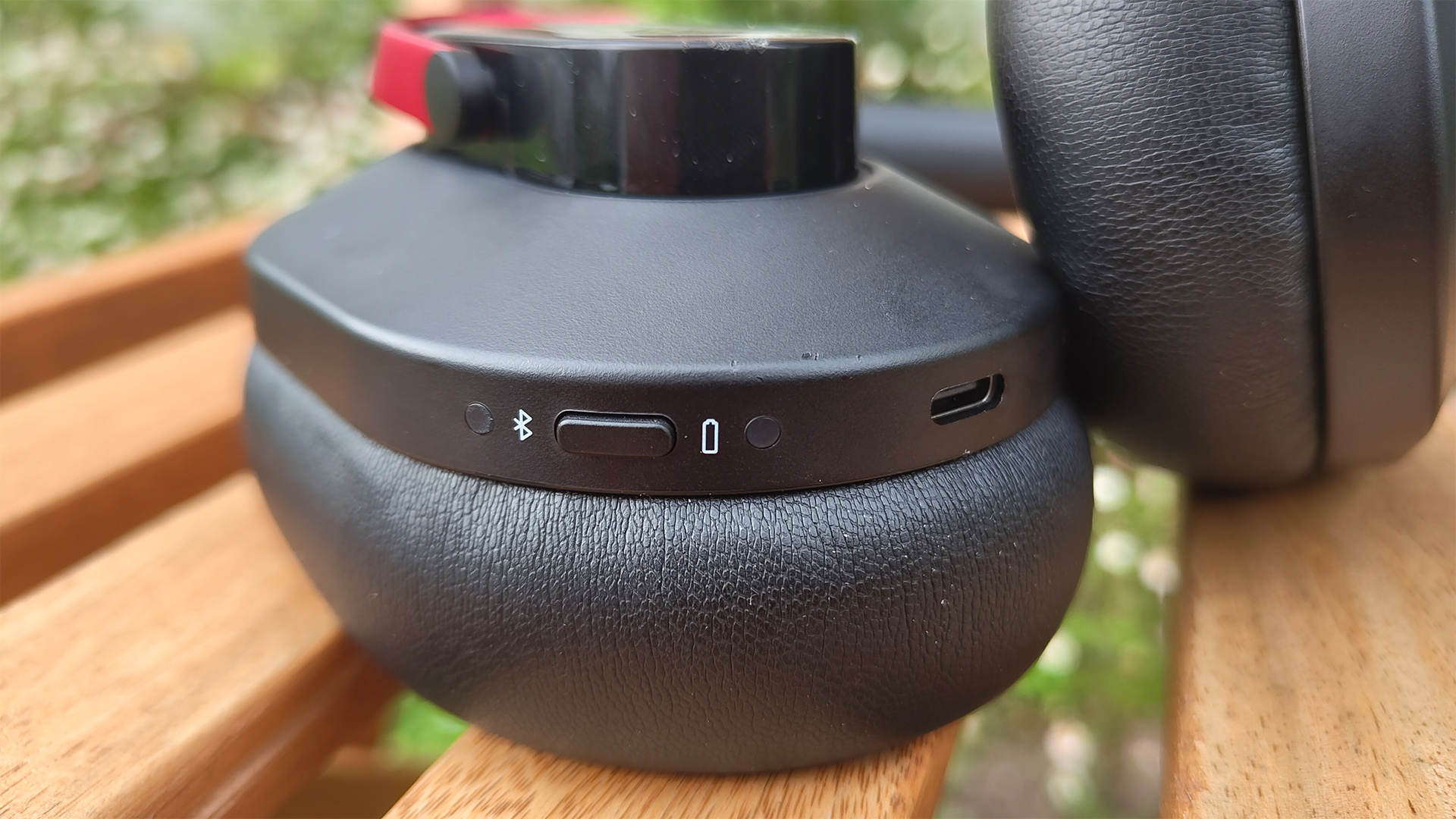
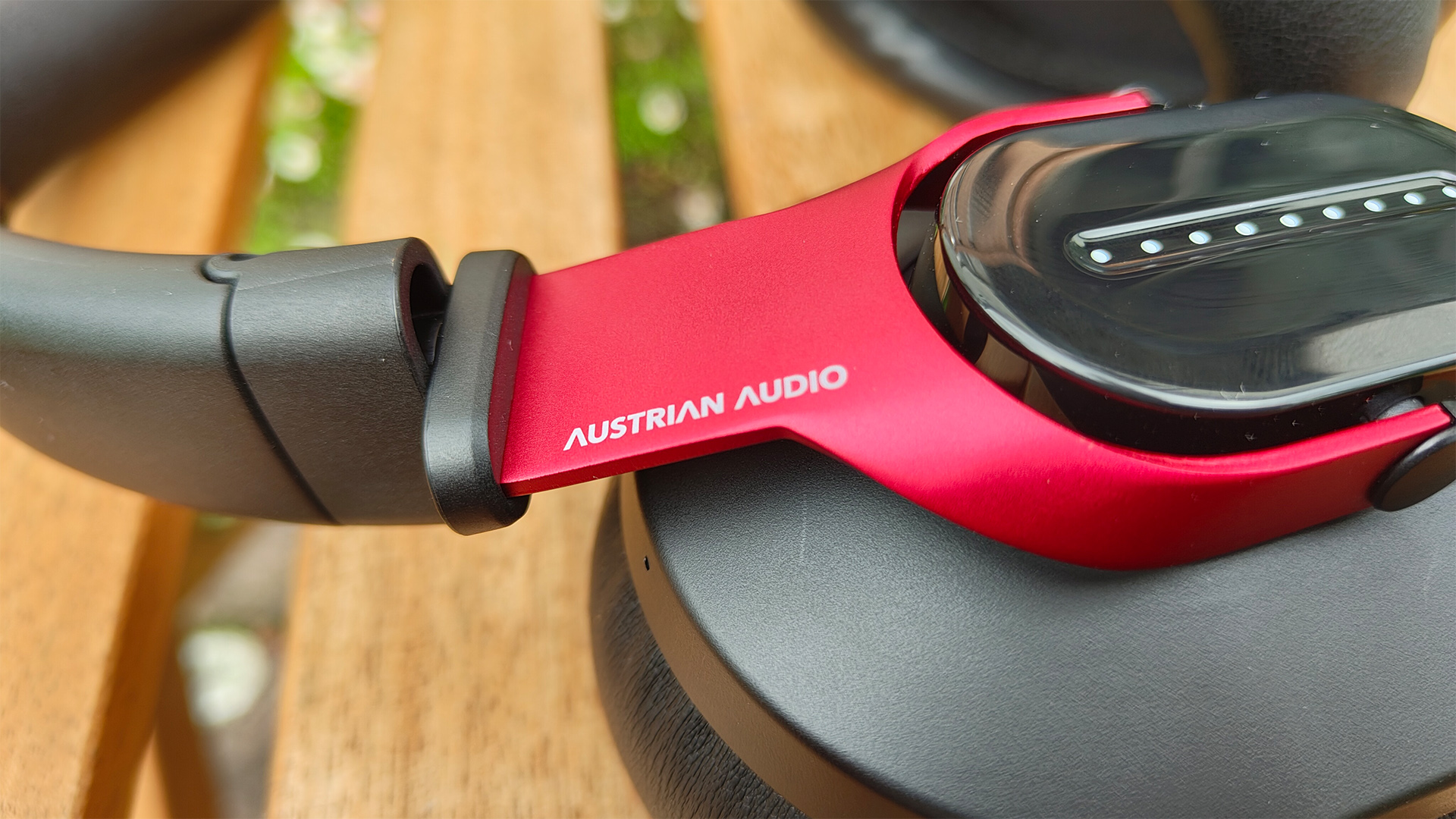
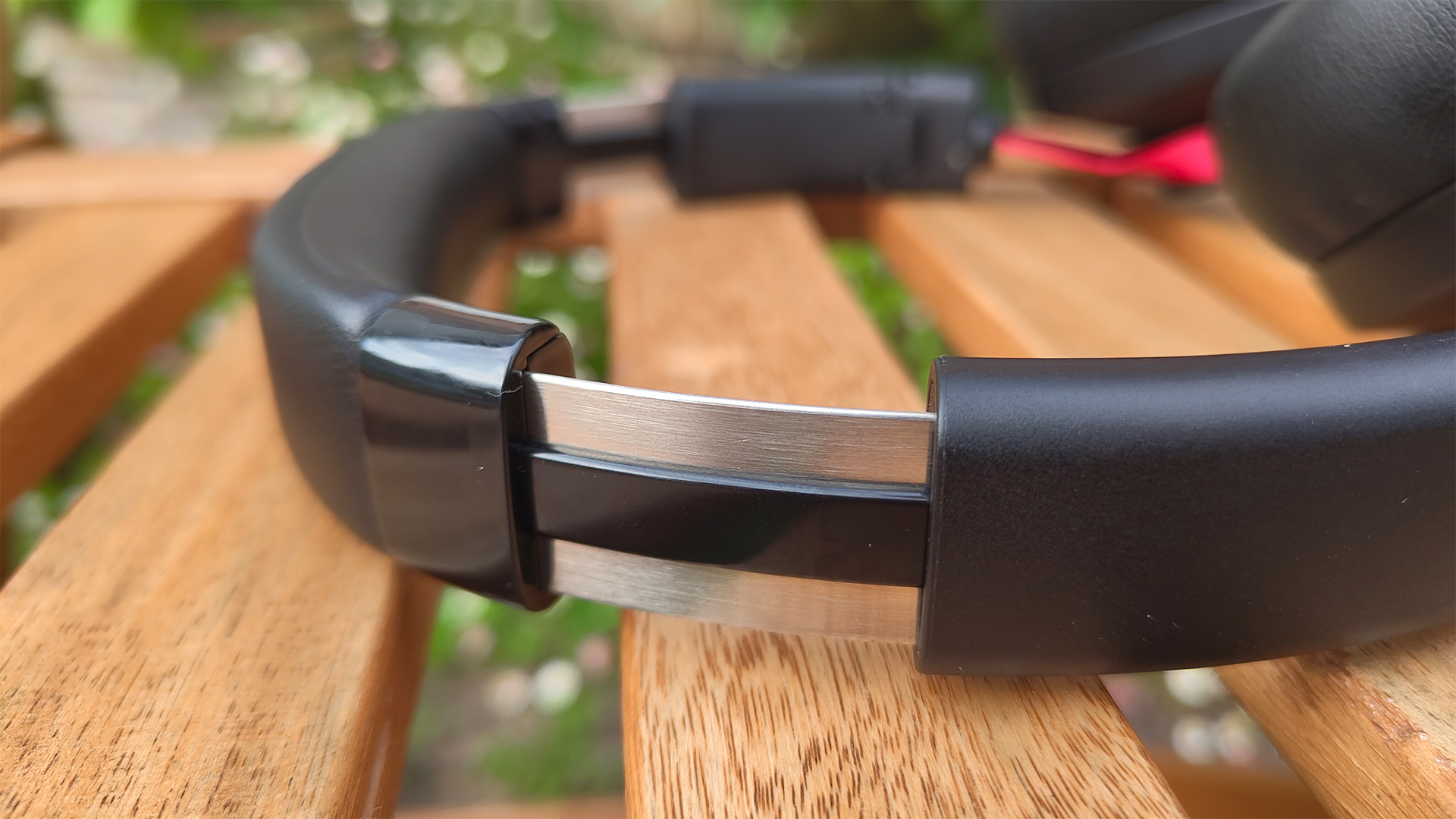
Specifications
Reasons to buy
Reasons to avoid
Let's get the negatives out of the way first: Austrian Audio's first crack at Bluetooth headphones don't have active noise cancellation, Bluetooth Multipoint or a companion app, and they don't support higher-quality Bluetooth codecs such as aptX. So why, when they overlook many modern wireless headphone features, are they current What Hi-Fi? Award winners? One word: performance.
If you want to listen to your music untethered and don't care for ANC, you won't find better performers than the Hi-X25BT at this mid-range price. As our expert reviewers noted in our Hi-X25BT review, they offer "a resplendently clean soundscape for us to enjoy, bringing the sort of clarity and sparkle that we’ve rarely heard at this level... the X25BT are a pristinely polished set of bay windows granting a wide, unclouded view of your musical catalogue."
A notable step up in sound quality from the Sony WH-CH710N above, they are snappy, free and fun and sound even better when you connect the cable. Bass heads might crave more bass from their leaner balance, but what you do get is pleasingly agile and taut.
Indeed, Austrian Audio has prioritised performance above features here, and we can't argue with that when they sound this good. The mid-price wireless headphones market was crying out for a really decent pair, with the likes of the Sennheiser Accentum Wireless and veteran Beats Solo 3 not cutting it on the performance front, so we're glad that glaring gap has finally been filled.
Read our full Austrian Audio Hi-X25BT review
Best noise-cancelling
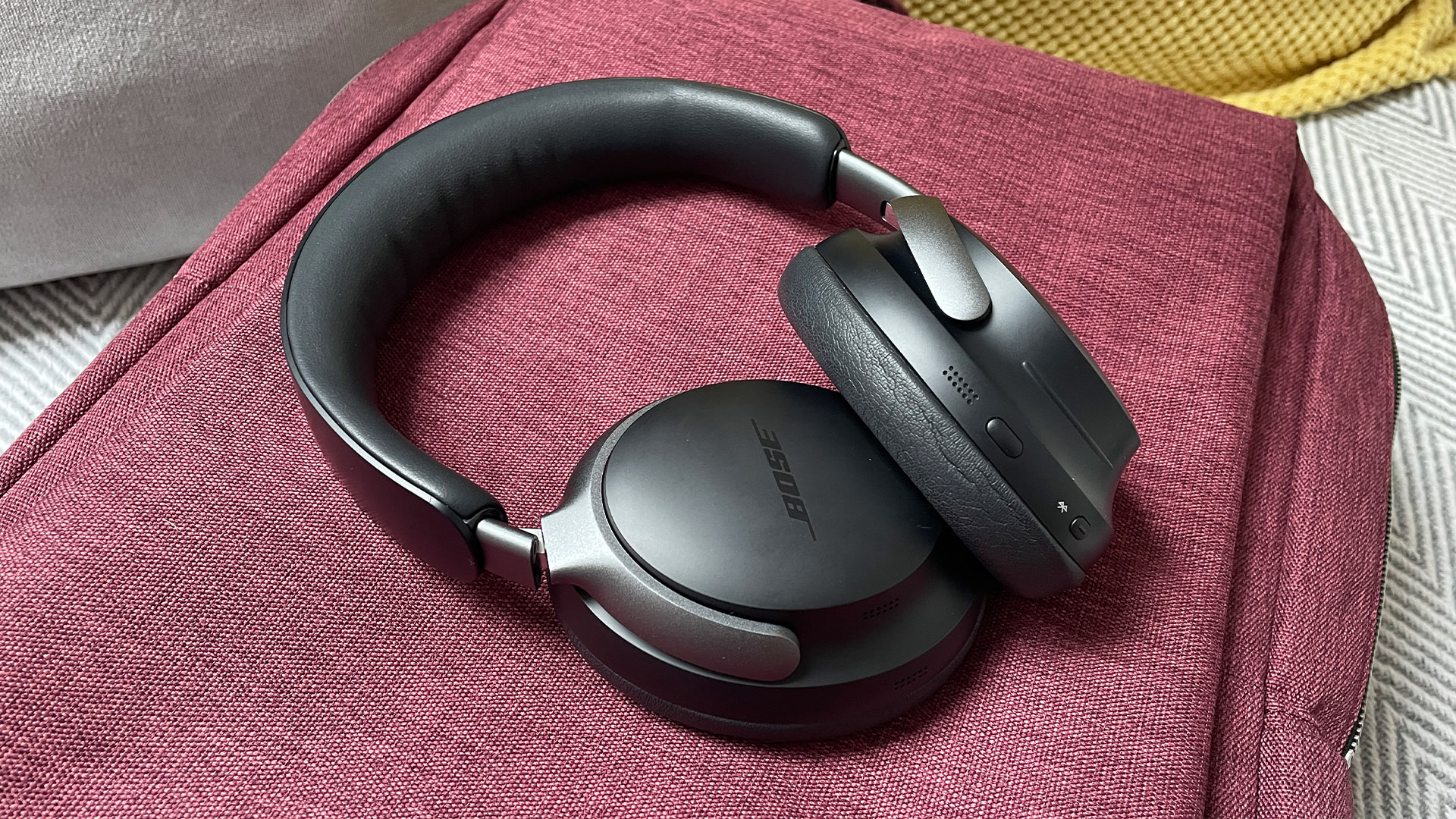
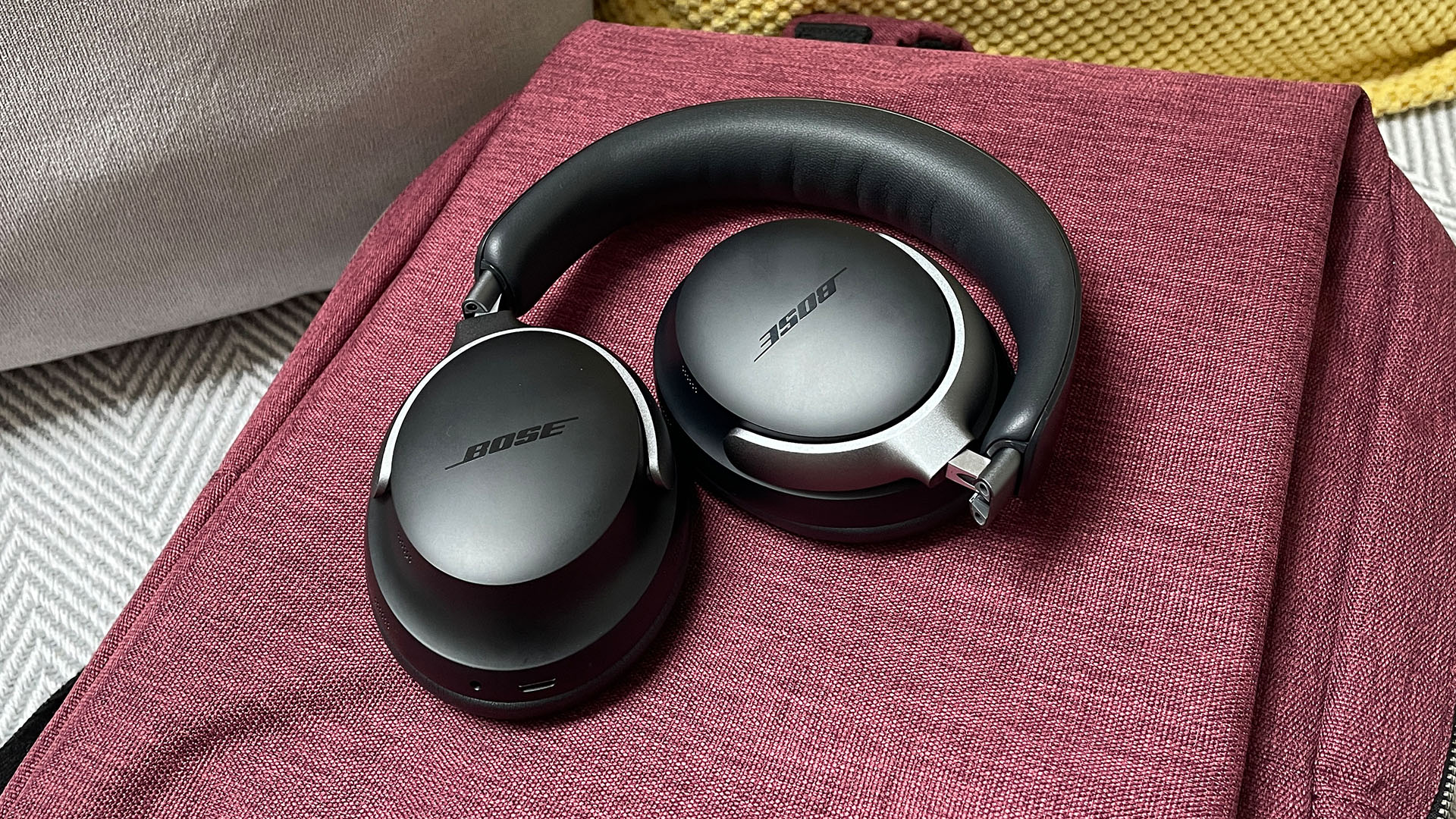
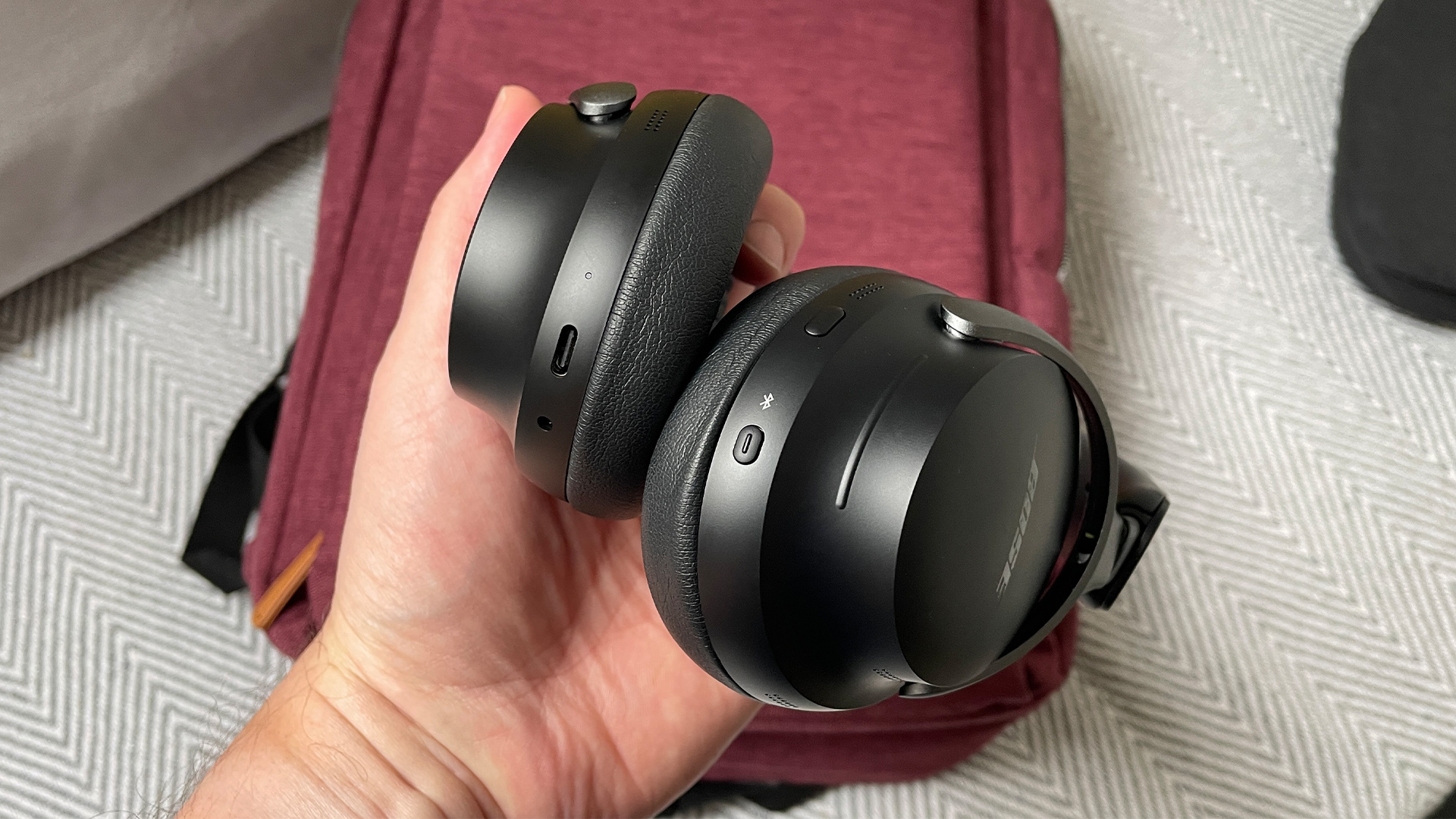
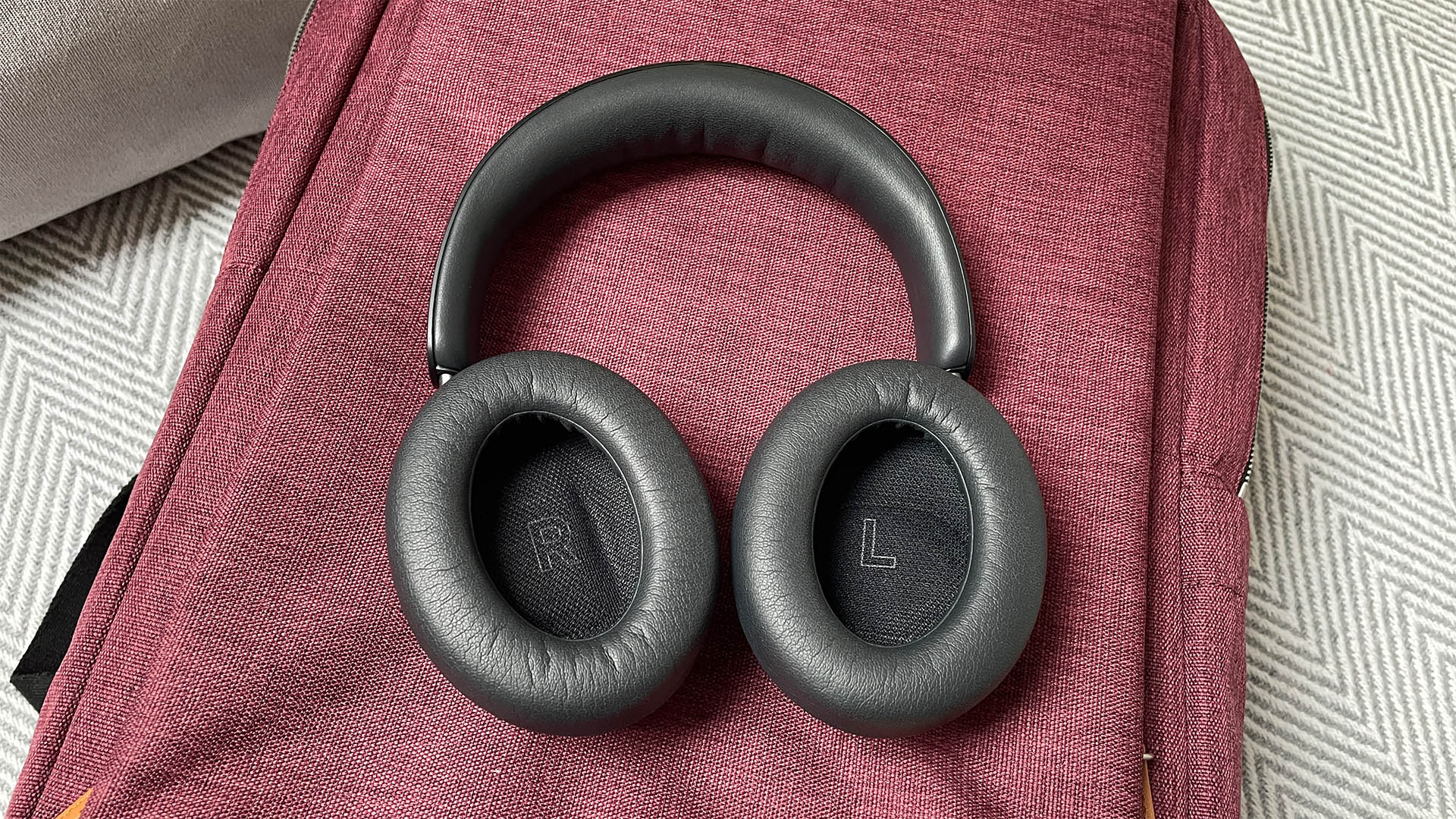
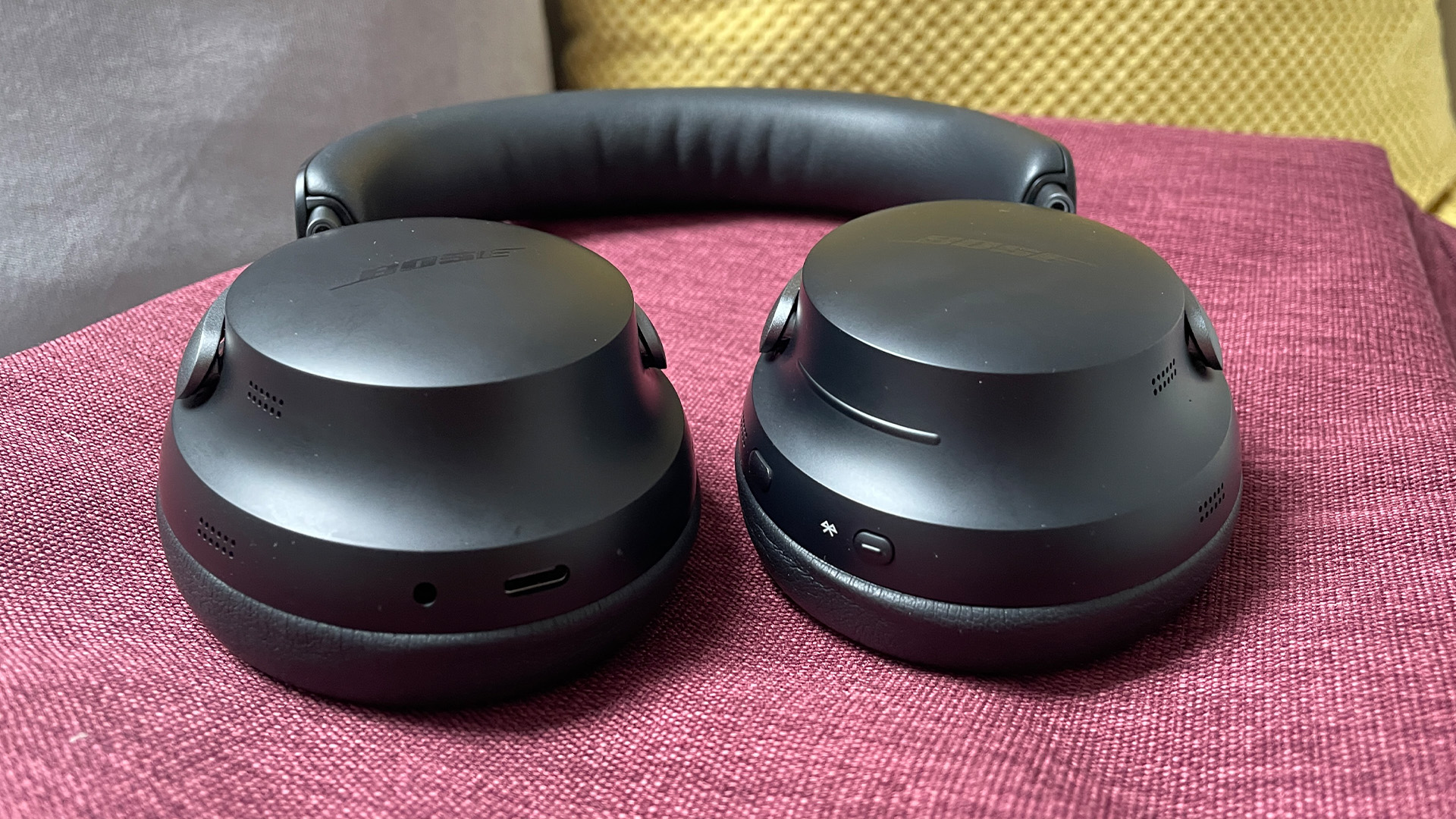
Specifications
Reasons to buy
Reasons to avoid
Avid travellers or those with particularly loud children may be looking for the best wireless sound-blockers in the business, and they come from none other than the brand that first innovated in active noise cancellation technology for headphones – Bose.
Bose’s latest flagship over-ears, released in October 2023, were a long time coming. Their predecessors, the now discontinued Noise-Cancelling Headphones 700, arrived way back in 2019, and their age was beginning to show. But the wait paid off.
The Ultra not only sport next-level noise-cancelling that rivals the Sony WH-1000XM6's capabilities but also deliver highly competitive sound alongside innovative features.
The headline example of the latter is Bose’s Immersive Audio technology, which is basically its take on spatial audio (a 3D audio effect Apple debuted in its AirPods Max). The general feeling during our review team's testing is that it works well for some tracks (and sounds better through the Ultra over-ears than the company's QuietComfort Ultra Earbuds) but can also sound off with others.
Make no mistake, everything else with the design absolutely lands. Noise cancelling has gone to a new level. In our initial weeks testing the Ultra, they blocked sound remarkably well, "dramatically reducing background rumbles while out walking, and the sound of the London Underground during our daily commute", to borrow a quote from our QuietComfort Ultra review.
A bonus: Bose’s CustomTune calibration automatically, and effectively, optimises the noise-cancelling effect to match your surroundings.
Bose engineer Mark Bergeron told What Hi-Fi? that the key to attaining optimal sound quality in noise-cancelling headphones is to ensure the ANC system is well implemented: “Precise acoustic cavity and porting designs help regulate airflow and pressure variations across key frequency ranges, helping to make the system robust, consistent, and well-behaved during transient events or environments." Indeed, Bose has nailed both elements.
Sonically, the Ultra are precise, punchy and detailed delivery has you coming back for more. We haven’t heard a pair of Bose over-ears sound as entertaining or refined for quite some time.
"Highs and lows are painted with a sense of richness and refinement which we think will be hugely appealing to potential buyers," our experts said.
Our experts listened to the Ultra against its closest rival, the Sony XM5, and concluded that the Sonys deliver greater transparency but at the expense of the Bose's richness and body. "It’s one of those that will come down to personal preference," we said.
Now, such talent doesn't come cheap – the Ultra have indeed entered an unprecedented price territory for Bose over-ears – but they are easily among the very best Bose headphones in the company's history. They are so good that, post-review, our team fought over who would continue to use them day to day.
The AirPods Max might appeal more to iOS users who have a little more cash to splurge – they sound better albeit don't quite match the Bose for ANC quality. But everyone else can buy the Boses with confidence, particularly if noise cancellation is your number one priority.
The Ultras have since been superseded by the QuietComfort Ultra Headphones (2nd Gen), which offer improvements to sound quality and noise cancellation, a longer battery life and lossless listening over a USB-C cable. Immersive Audio also has a new Cinema Mode. We'll update this article once we've finished reviewing them.
Read our full Bose QuietComfort Ultra Headphones review
Bose QC Ultra Headphones (2nd Gen) vs Bose QC Ultra Headphones (1st Gen): what's the difference?
How the brands stack up: Bose vs Sony headphones; Bose vs Sennheiser headphones
Best Apple
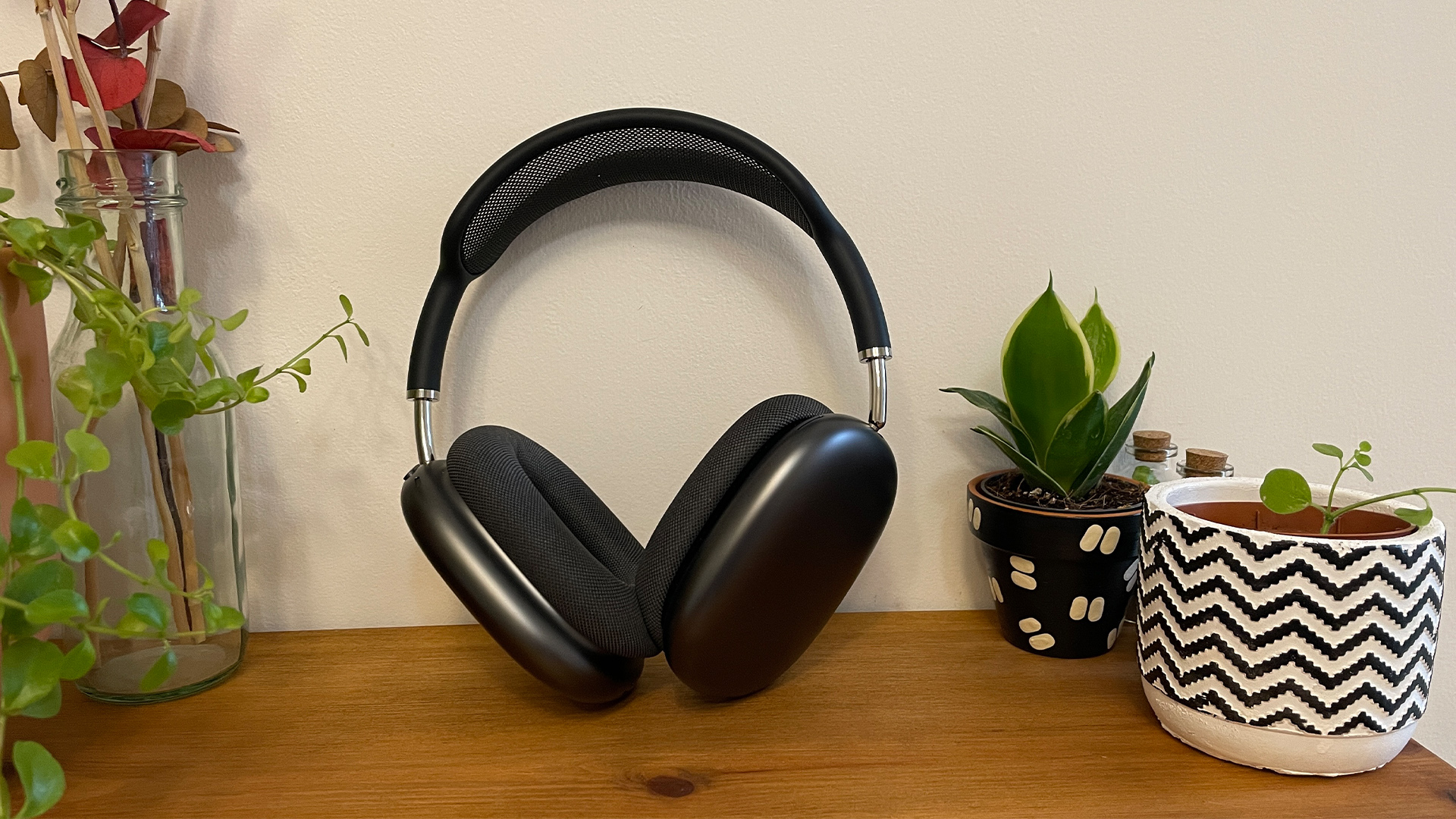
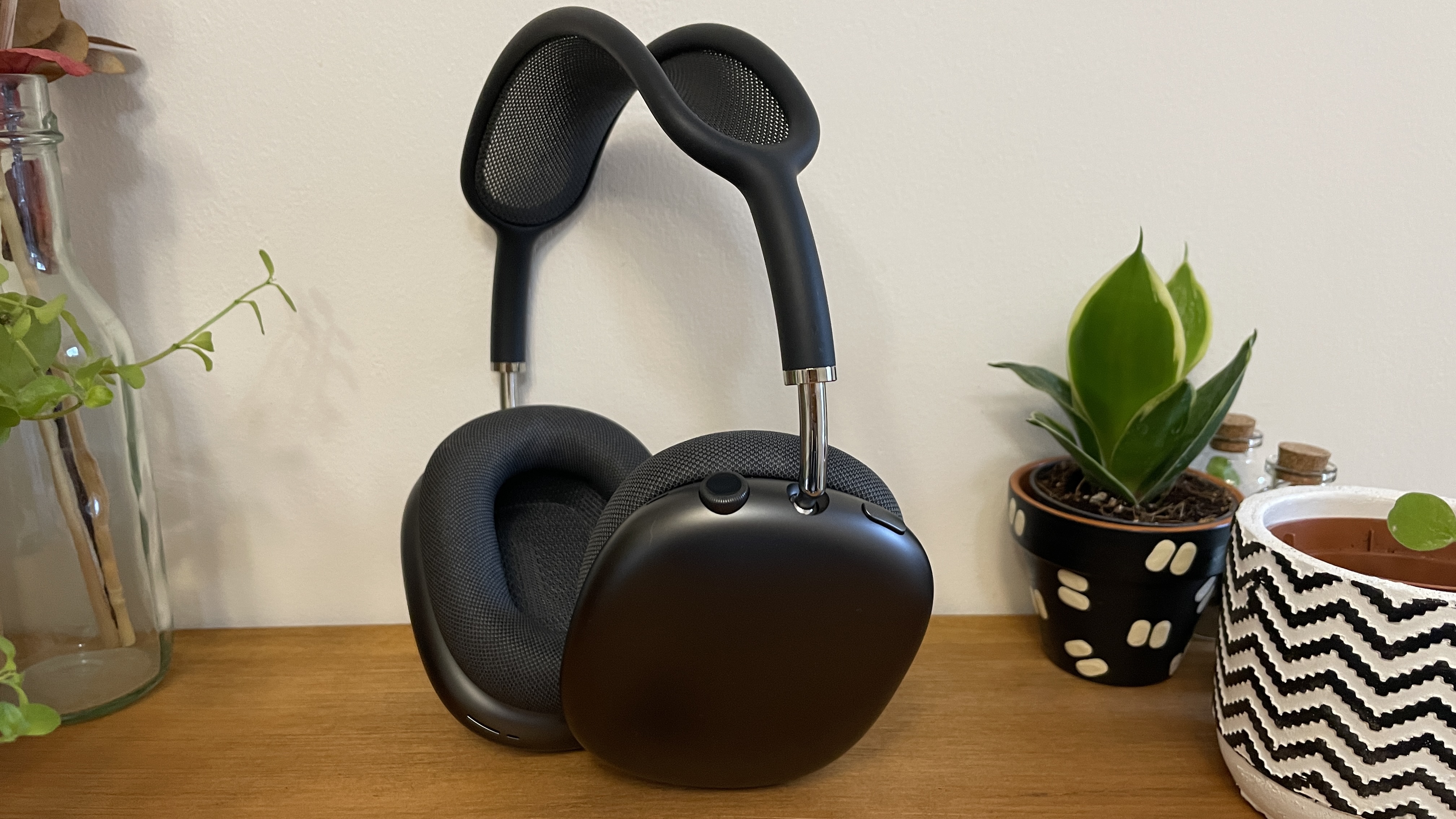
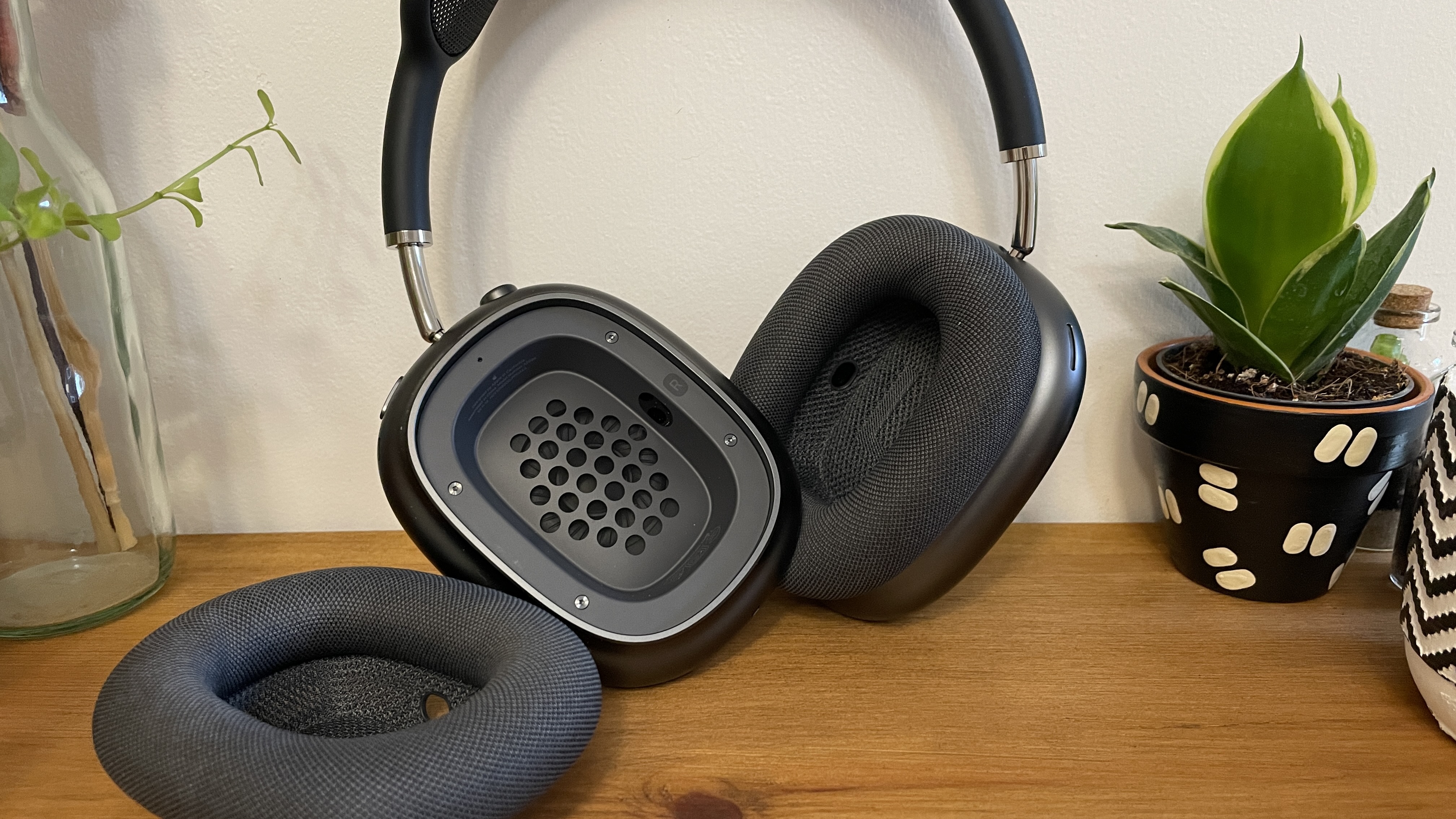
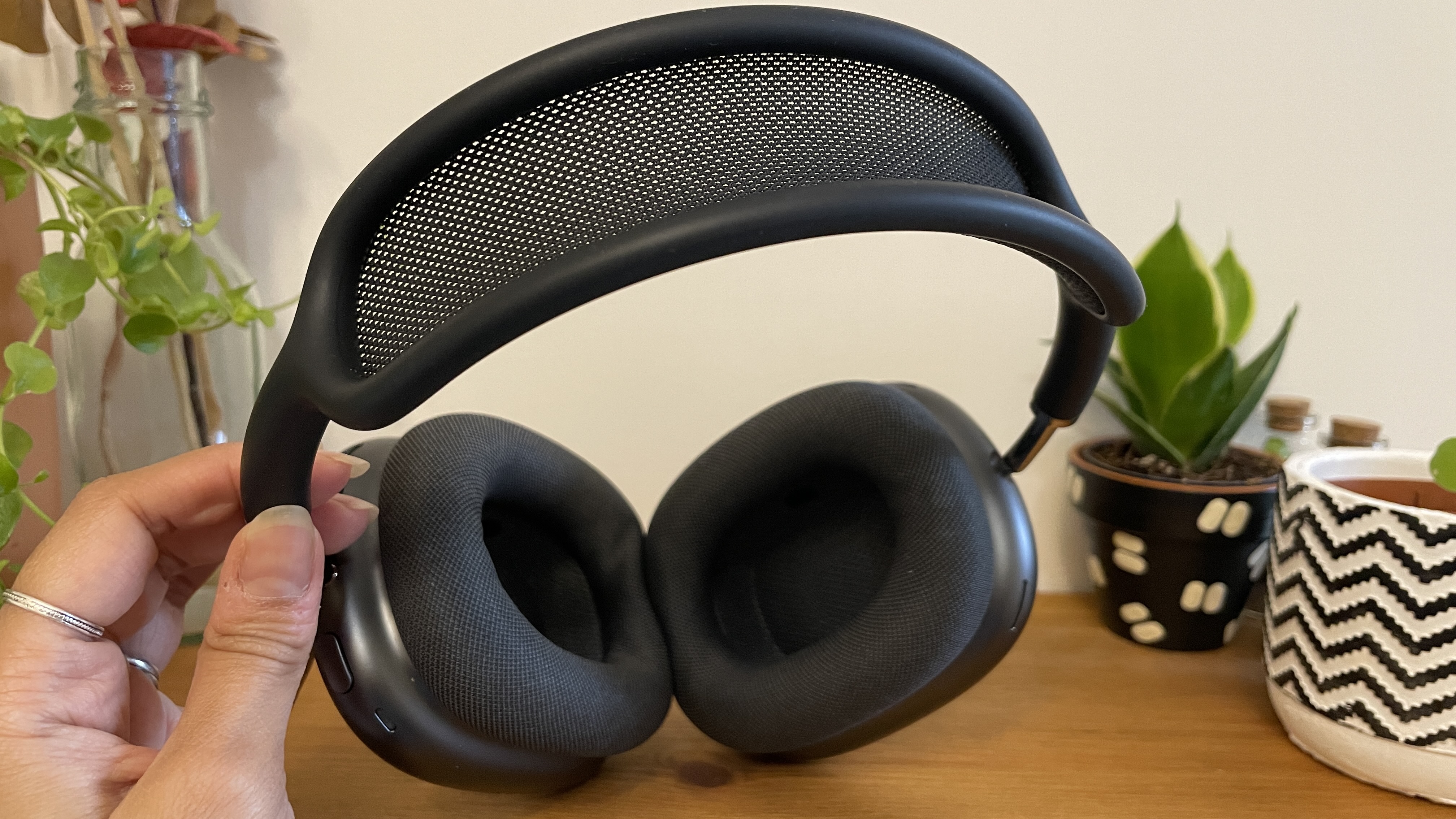
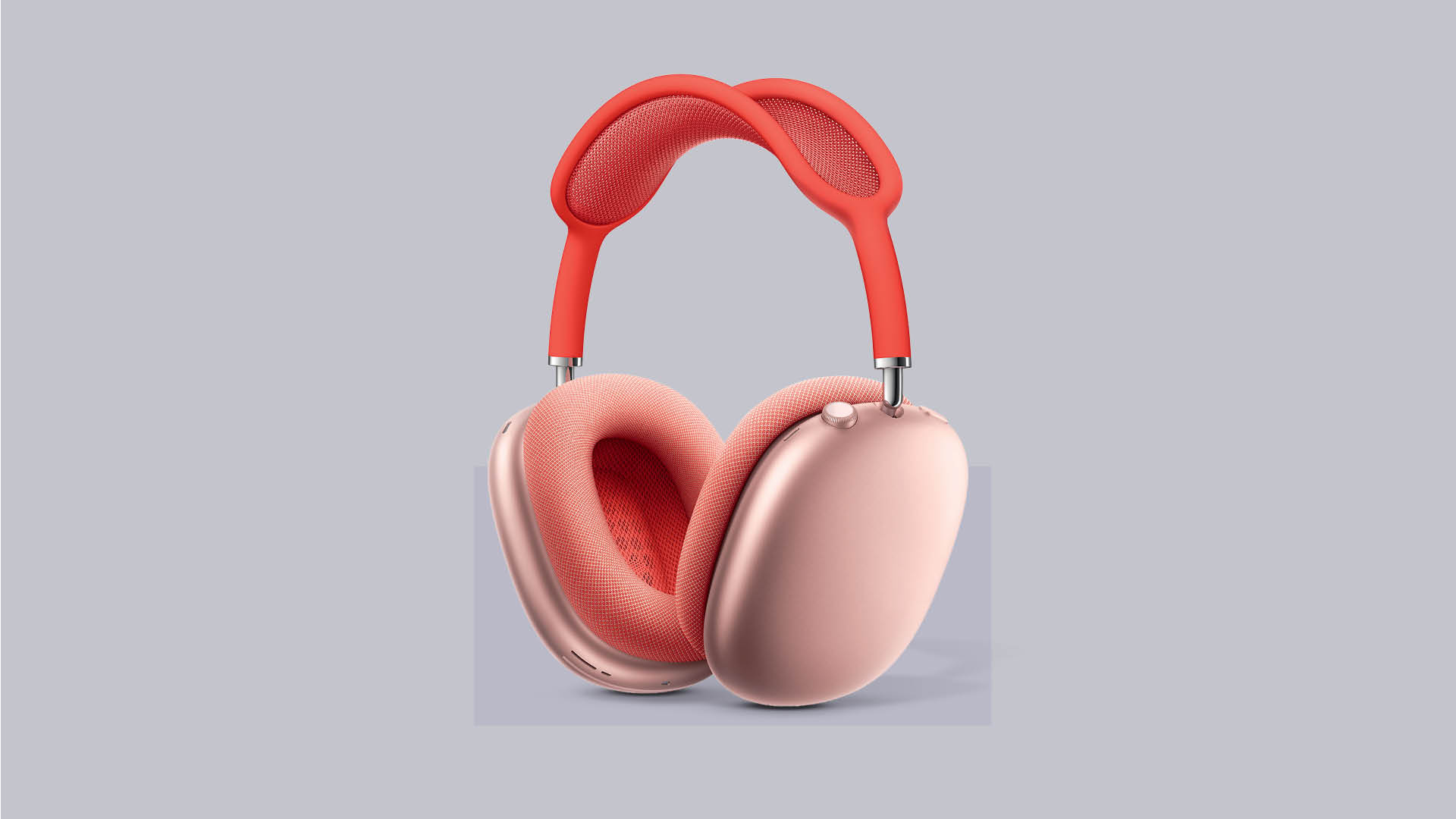
Specifications
Reasons to buy
Reasons to avoid
If you are an Apple user and have more cash to burn than the Sony WH-1000XM6 (best overall) and Bose QC Ultra (best noise-cancellers) demand, you would do well to spend it on the AirPods Max. Yes, they are pricey by anyone's standards, but they justify their extra cost with superior sound and build quality, plus unique features that are hard for Apple diehards to overlook.
The AirPods Max work with non-Apple products using standard Bluetooth 5.0, but really you need an iPhone or iPad to get the most out of them.
Spatial audio is a particular Apple-only favourite, providing a virtual surround-sound experience from 5.1, 7.1 and Dolby Atmos music and movie content played on a supported Apple device, with head-tracking technology keeping the sound fixed to the screen when you move your head or device. It is particularly awesome with movies – our reviews team was impressed with how cinematic it made movie-watching through headphones.
"The whole presentation is very open, spacious and convincing, and the tracking is amazingly smooth and accurate as you move your head," we said in our AirPods Max review. The Bose QuietComfort Ultra Headphones (above) and Sonos Ace now offer their take on spatial audio, but it certainly sets the AirPods Max from the majority of premium headphones out there.
What's more, their sonic authenticity, detail, crispness and spaciousness elevate them above the more affordable competition – and not just a little. Our reviewers found that the previous-gen Sony XM5 sound smoother but also less clean and crisp, taking the edge off a bit – and not in a good way. So the premium asking price is justified here too.
Despite creating this uber-premium class of wireless headphones when they arrived in 2020, the AirPods Max have since been joined by plenty of competitors. But they remain one of the most compelling options – particularly for Apple fans. Indeed this is another pair several members of our reviews team have wrestled over to keep in their possession.
It is worth noting that in September 2024, the Max were lightly updated with fresh colours and a USB-C (not Lightning) connection. Lossless listening over USB-C was subsequently added as well, though not until months later.
It's a shame Apple didn't improve the 20-hour battery life on the new model, or redesign the carry case. But the sound profile is as winning as ever, which makes the AirPods Max as enticing today as they were five years ago. Given the rate of progress in the world of wireless headphones, that's nothing short of staggering.
The best AirPods you can buy, without question.
Read our full AirPods Max review
Best for home

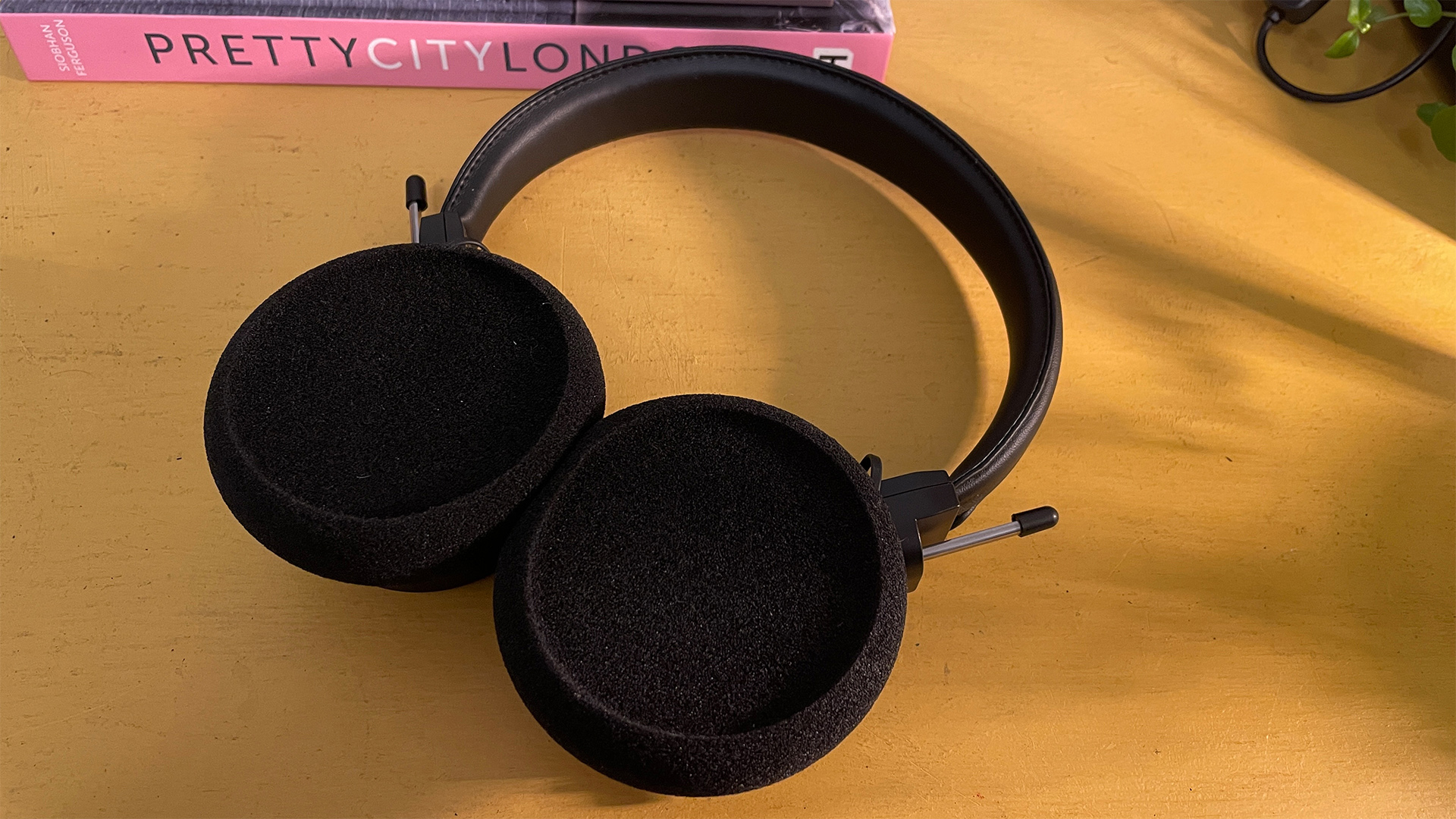
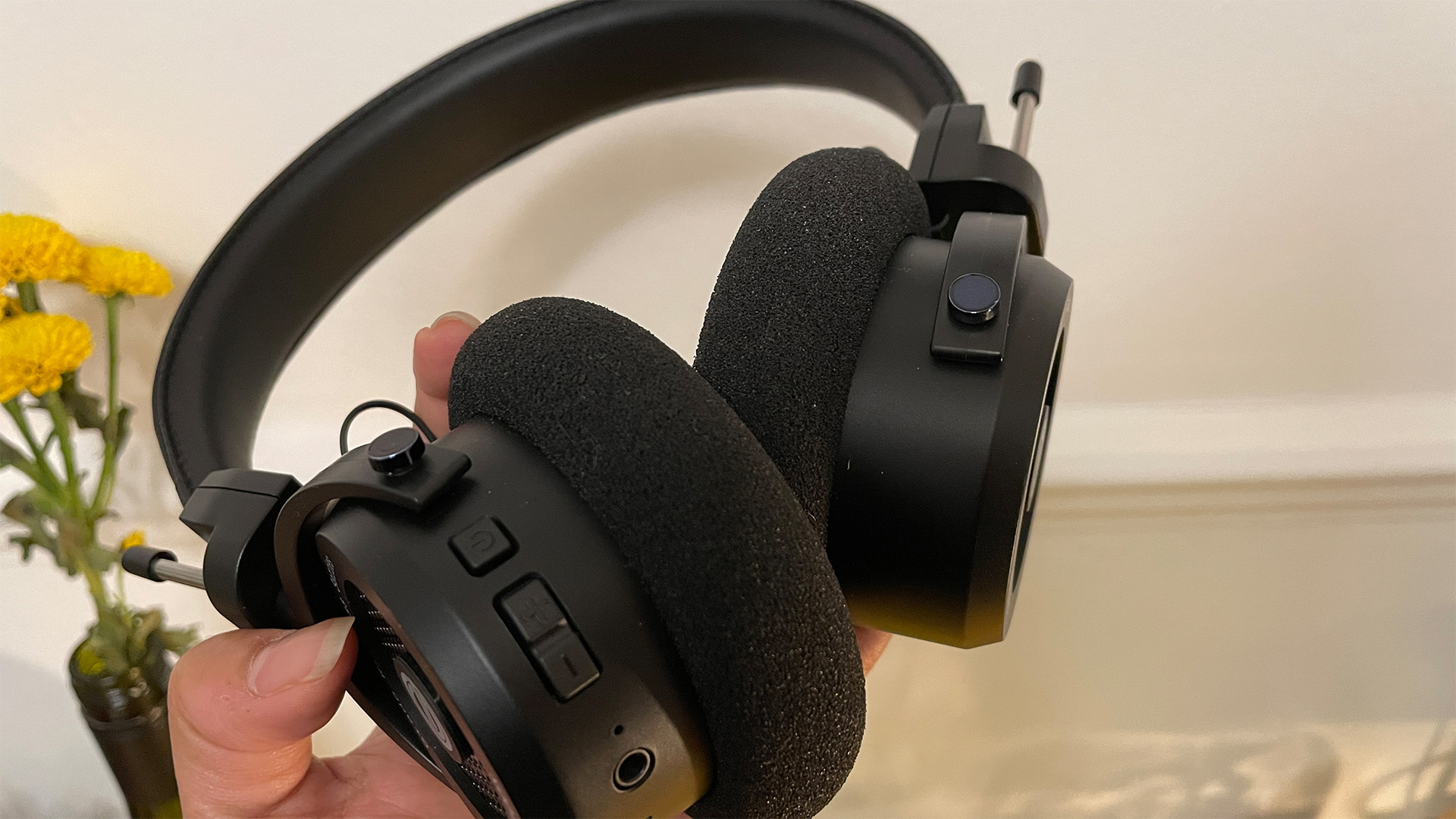
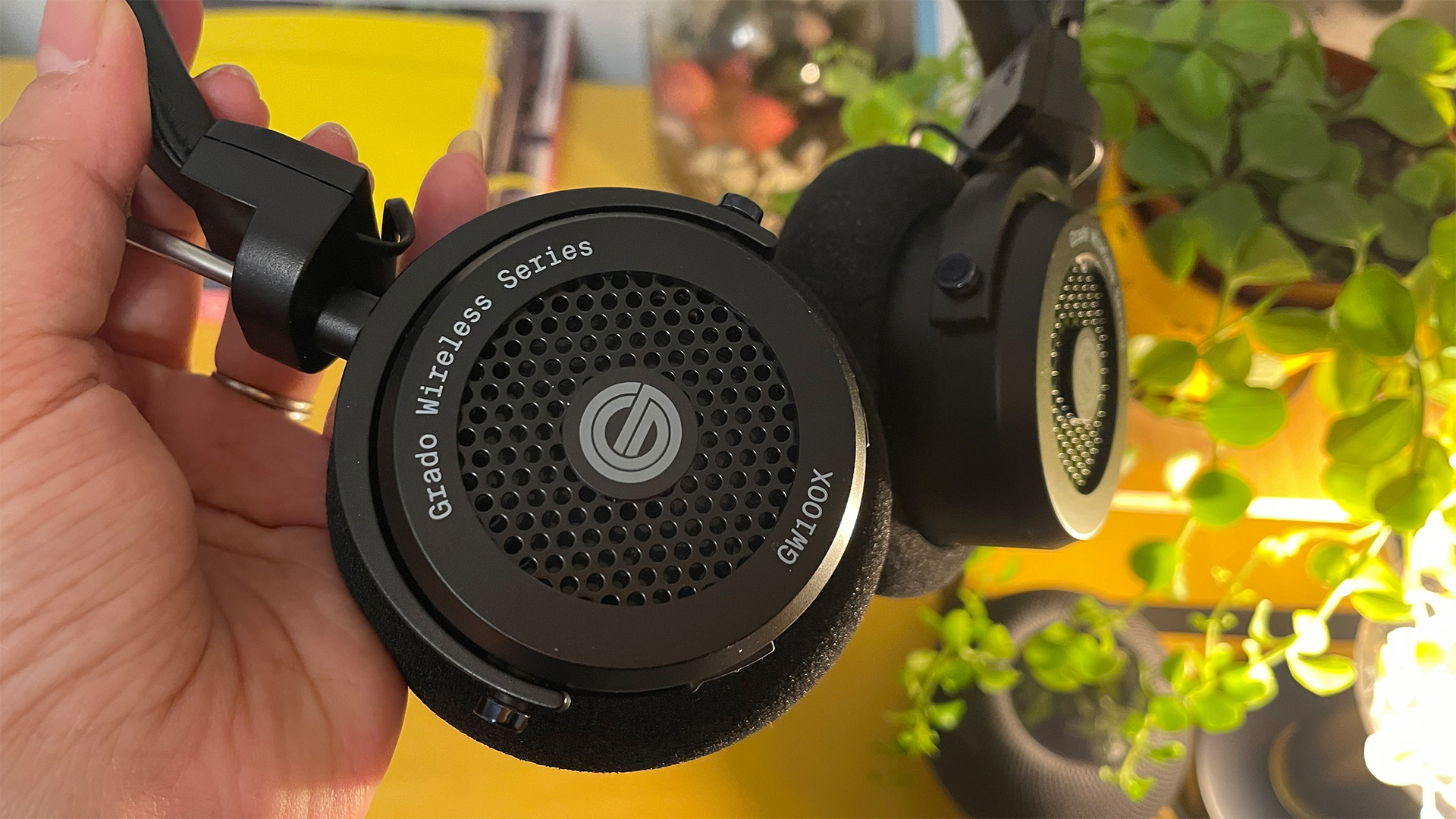
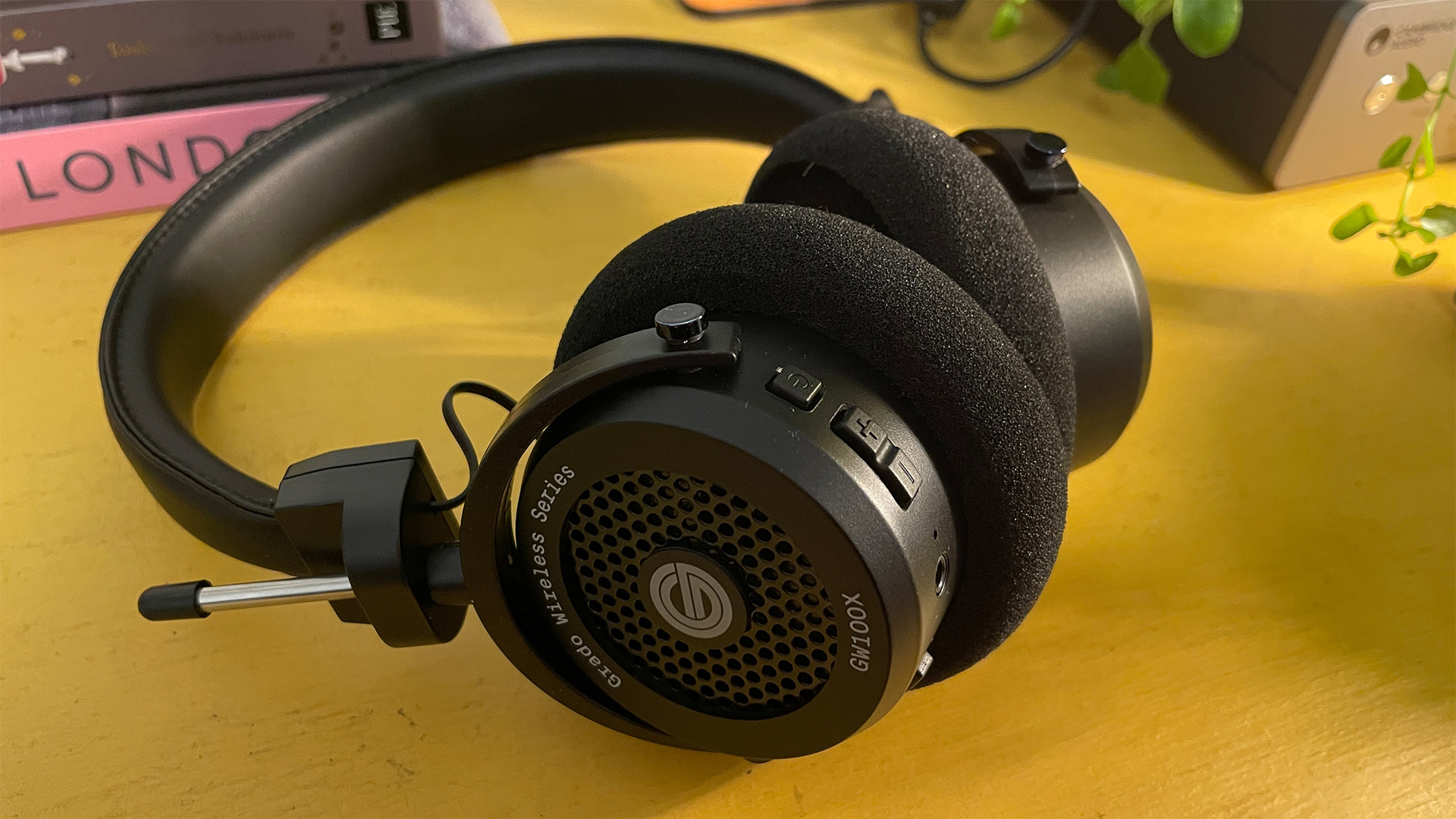
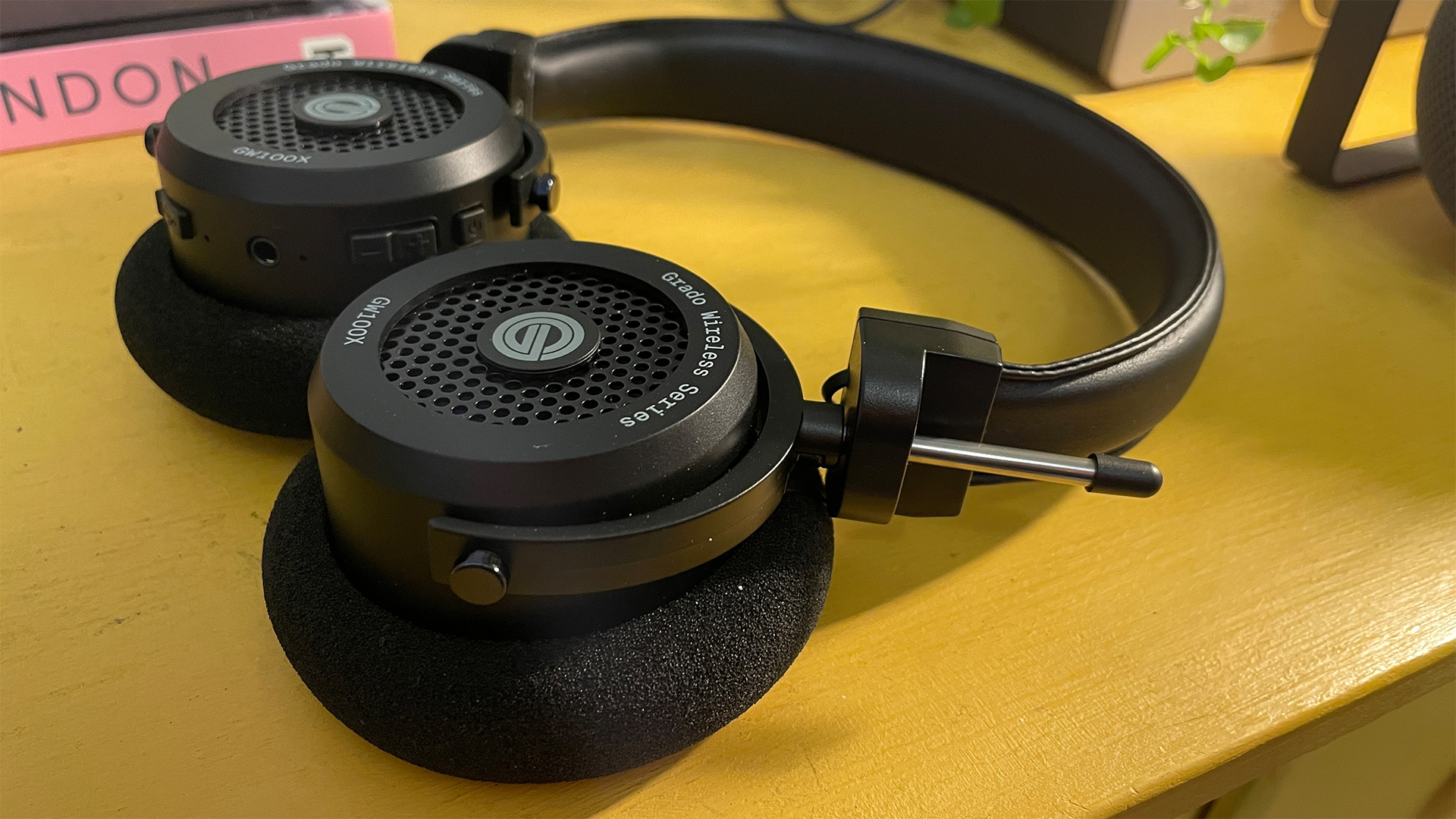
Specifications
Reasons to buy
Reasons to avoid
As we remarked with the original Grado GW100 (which these GW100x replaced), the idea of a pair of Bluetooth (and thus portable) headphones that leak sound in and out of their open-back design and omit noise cancellation puts them in a strange, somewhat contradictory position compared with the traditionally closed-back leaders elsewhere on this list. After all, who's walking around town with a pair of Bluetooth headphones that fire as much sound away from the ear as they do into it?
So why are these oddballs on this list, you ask? Well, if you want wireless headphones for use in quiet or private spaces – perhaps you simply wish to roam your house or garden untethered – and prioritise superb audio above all else, the GW1000x should certainly be on your radar. Grado is behind some of the world's best wired headphones, and the GW100x are proof that the Brooklyn-based brand knows how to cut wires from the equation while maintaining an exciting and informative sound.
They add to the original GW100's successful sonic mix new 44mm drivers, redesigned speaker housings, support for the high-quality aptX Adaptive Bluetooth codec, and a host of new tweaks and fixes. The result? The best-sounding wireless headphones available at this mid-market price: clearer and more open (typical of open-backs) than their competitors, including the Sony XM5, and ultimately more mature across the board.
If you do decide to connect the supplied cable now and again, you'll be rewarded for your efforts, too. As we said in our GW100x review, "Bluetooth performance is superb, but the GW100x feel like they hit another level of sharpness with the 3.5mm jack-equipped cable attached to the source device."
Their 46-hour battery life (at half volume) is also above par, but that is about where the GW100x's boasts end. Firstly, not everyone will fall in love with Grado's blueprint industrial aesthetic, even if they are very lightweight and comfortable sitting on (not over) your ears. Secondly, even fewer will want a leaky open-back design. And thirdly, there's no noise cancellation or other fancy features.
Quirky, yes, but also unquestionably talented if you can find a genuine use for them.
Read our full Grado GW100x review

You may well associate wireless headphones with travel, and very reasonably too. But if you want to cut the cord for convenience and predominantly listen indoors, away from company and the noise of the outdoor world, these open-back (i.e. leaky!) Grados will reward you with better sound quality than you'd get from any similarly priced closed-back pairs on this list. I've found them a blessing for high-quality listening while doing odd jobs around the house or when I'm out in the garden, handily untethered to my phone.
Best for style
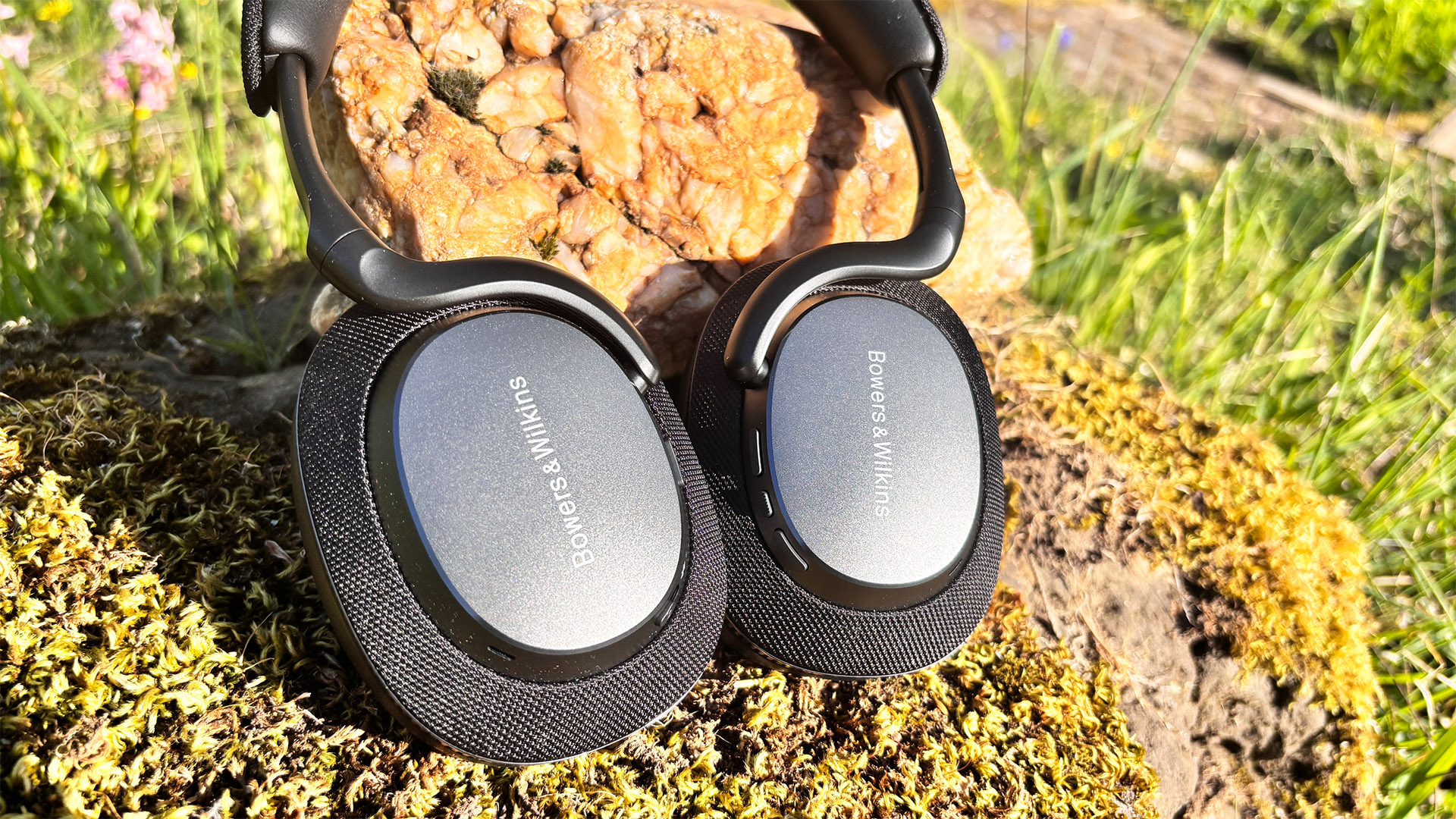
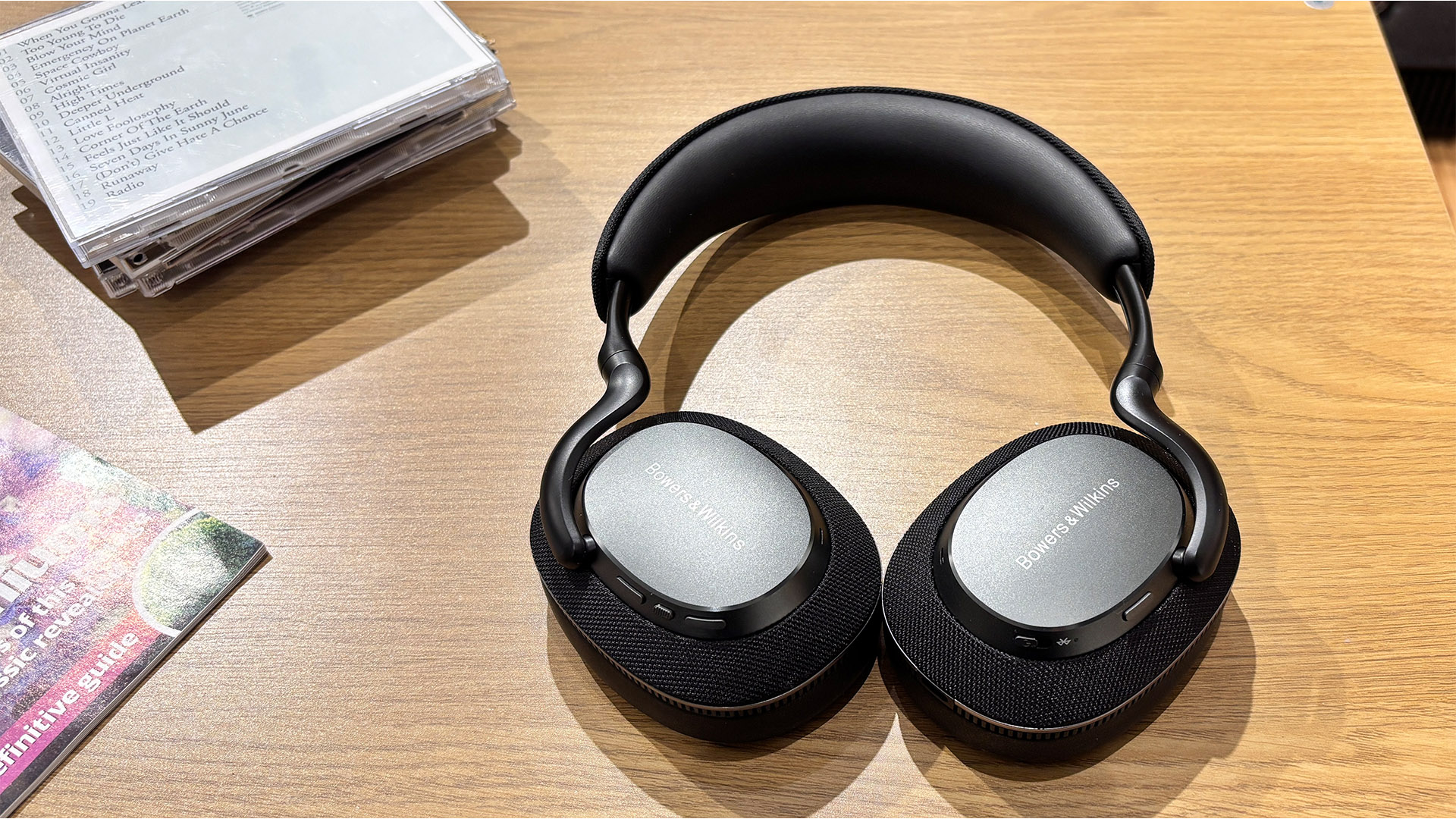
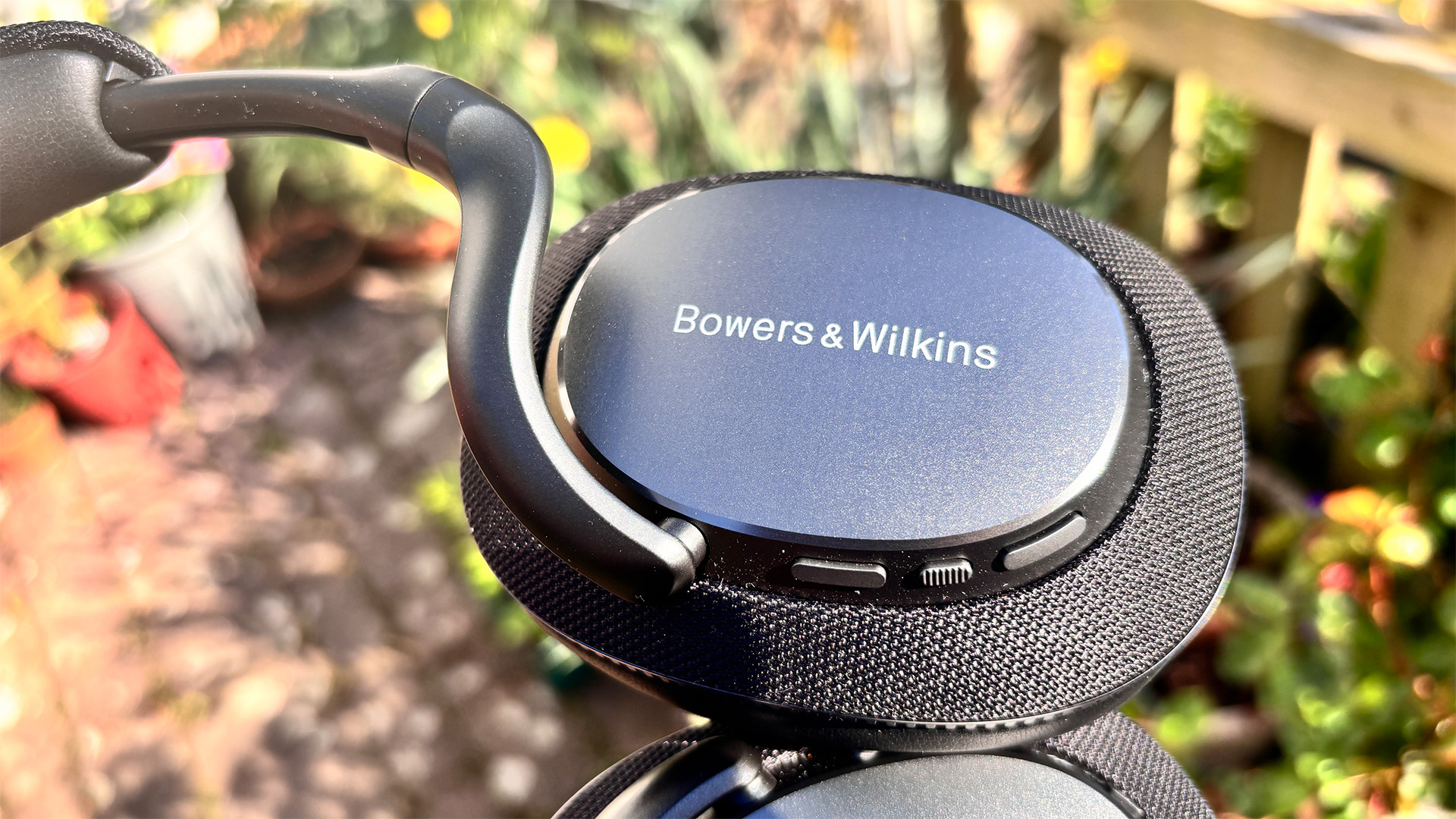
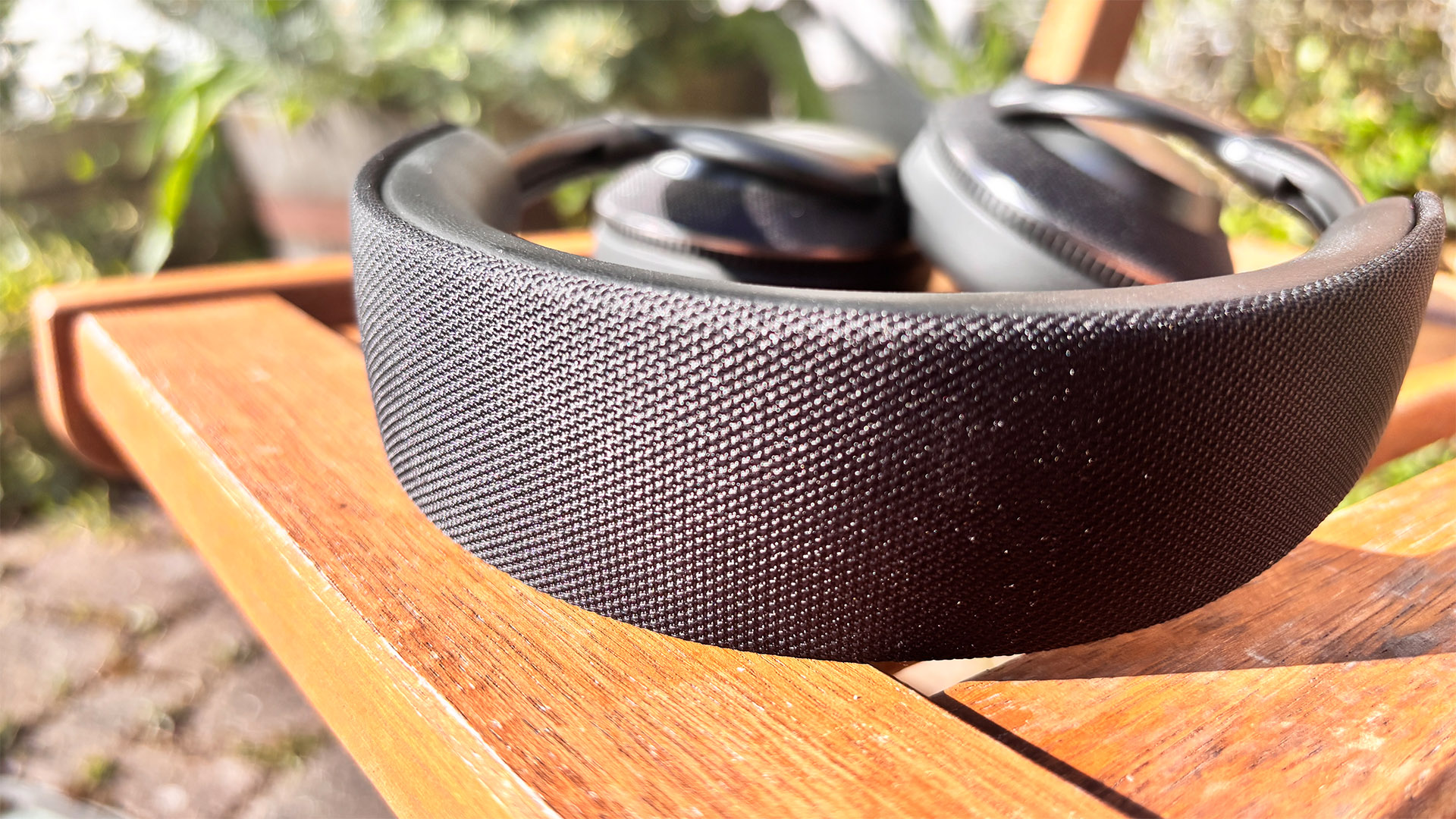
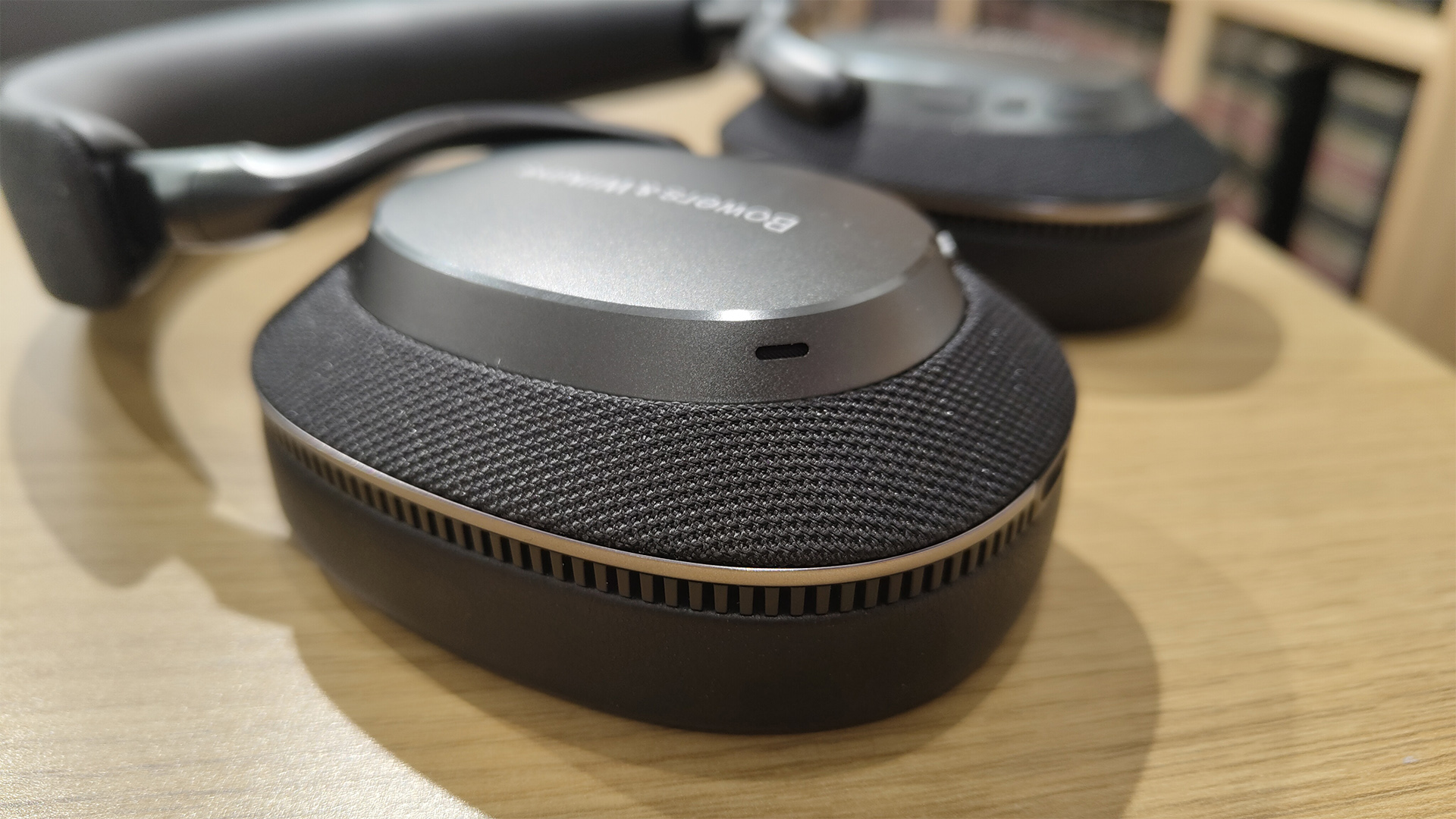
Specifications
Reasons to buy
Reasons to avoid
The Bowers & Wilkins Px7 S3 may be in what you could argue is the 'beauty spot' in this list, but their performance and feature talents wholly justify their place in it too. As a Sony XM6 alternative, there is none better.
For this price, you can get seriously good-sounding wired headphones that will outperform the Bowers. But if you simply must have wire-free and noise-cancelling convenience, this is the most insightful pair we have come across bar the even pricier T+A Solitaire T (£1200 / $1600 / AU$2160). Indeed, these Bowers sound better than higher-priced rivals such as the Apple AirPods Max (above) and Focal Bathys, and are on level terms with the Sony XM6.
"Our time cross-examining the Px7 S3’s sonic talents leaves us finding few gaps in their armour," says our test team. "The Px7 S3 really are exceptionally refined and detailed headphones... [they] drop you deep into a performance, breaking the boundary between you and your music and insisting that you become a part of the experience, a little like a mate at a gig who ushers you ever-closer towards the stage."
While the Bose QuietComfort Ultra (above) and Sony XM6 block out sound more competently than any the Px7 S3, these Bowers do a reasonable job: "Road rumbles are reduced, the chatter of voices is softened, and sharp bangs or yells have the edge taken off to keep you from jumping out of your seat when a door slams or a passing car beeps its shrill horn," reads our Px7 S3 review.
Elsewhere, their features satisfy the price point, with aptX Lossless and Adaptive Bluetooth support and a 30-hour battery life (with ANC on). A lighter construction makes for an even more pleasant fit than their very comfortable predecessors, the Px7 S2e, too.
For anyone after the convenience of wireless and ANC without sacrificing too much sound quality, these good-looking Bowers are highly recommendable for ambitious budgets that cannot entertain the T+A Solitaire T.
Read our full Bowers & Wilkins Px7 S3 review
Best for audiophiles
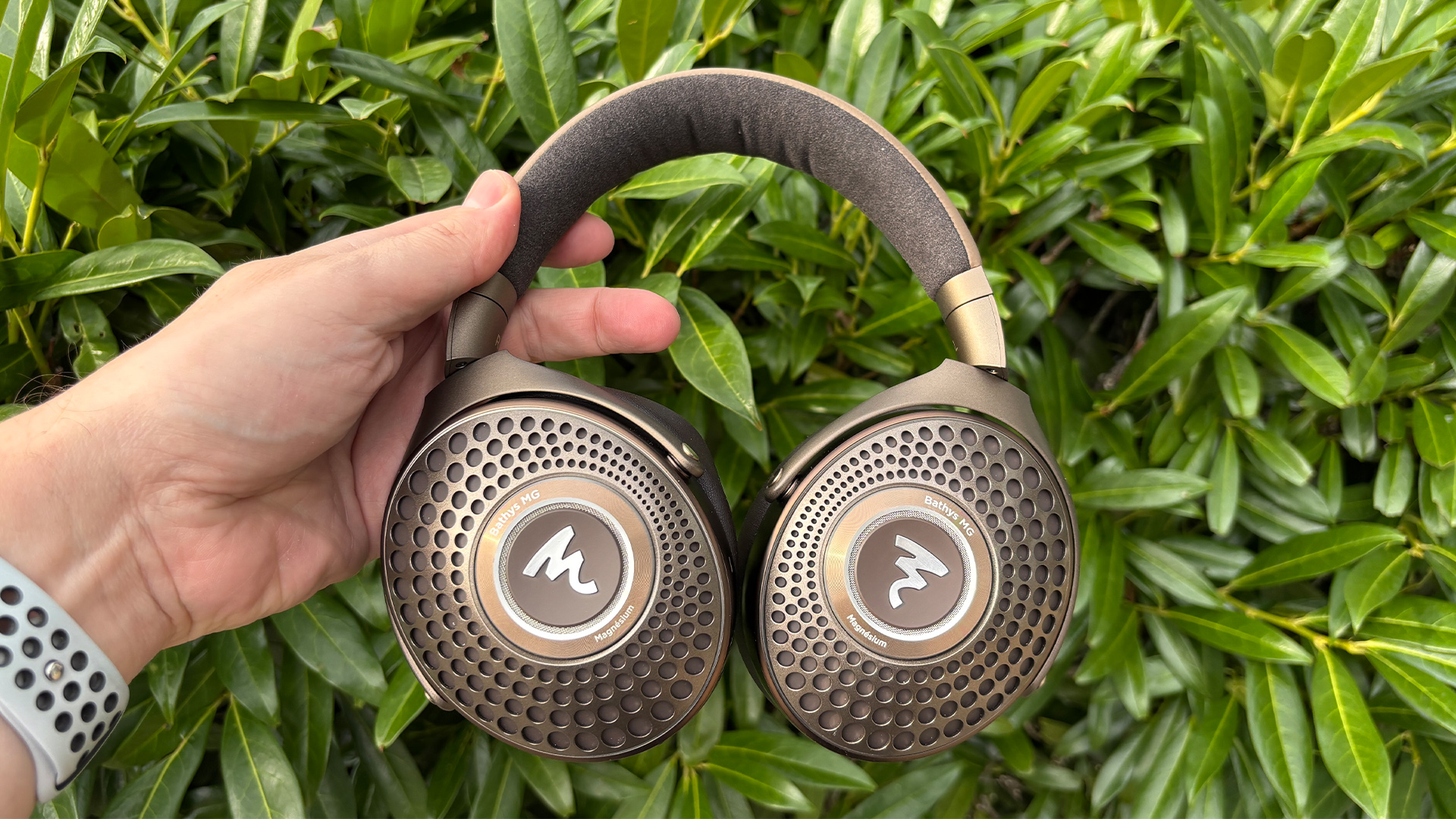
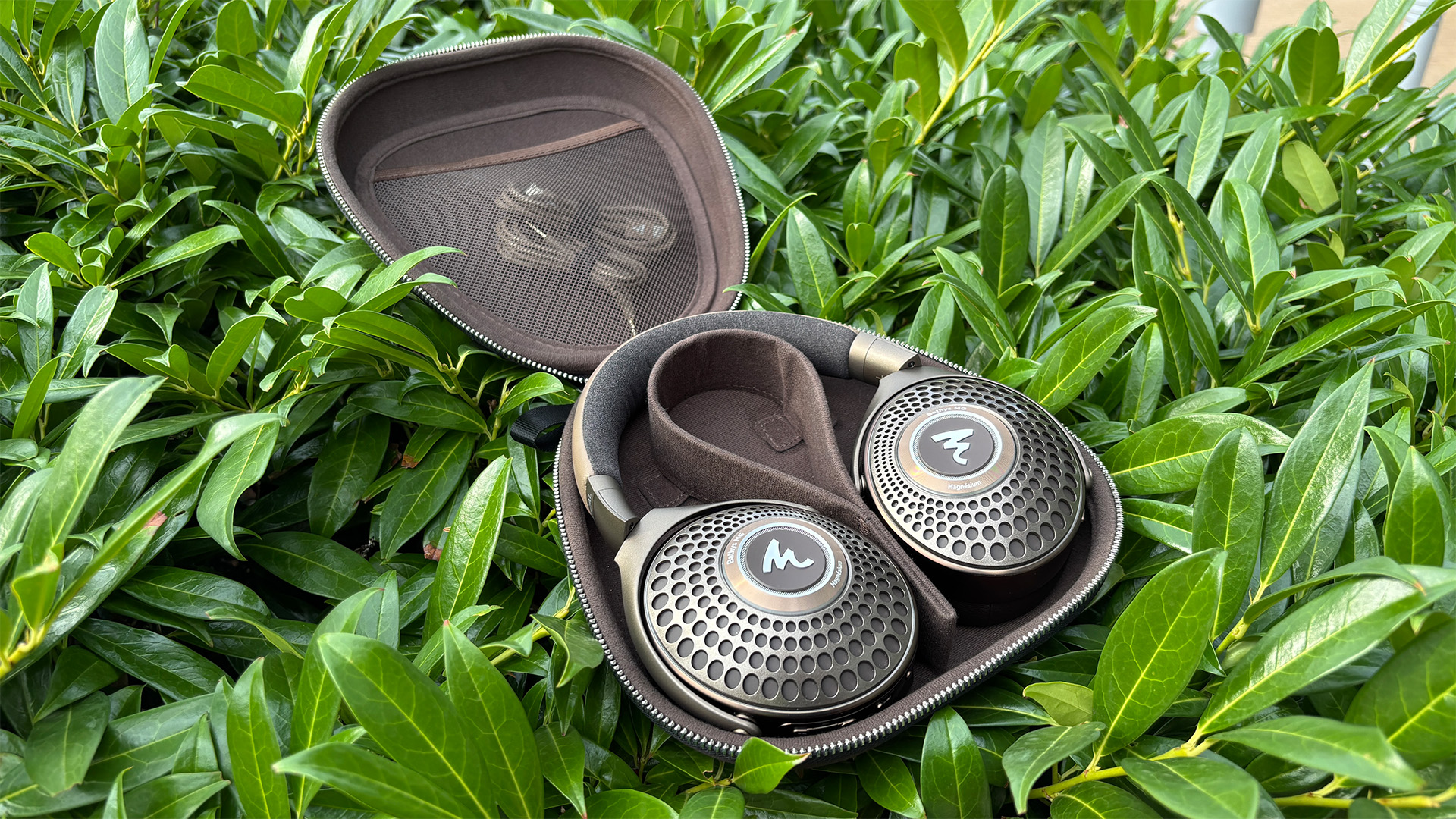
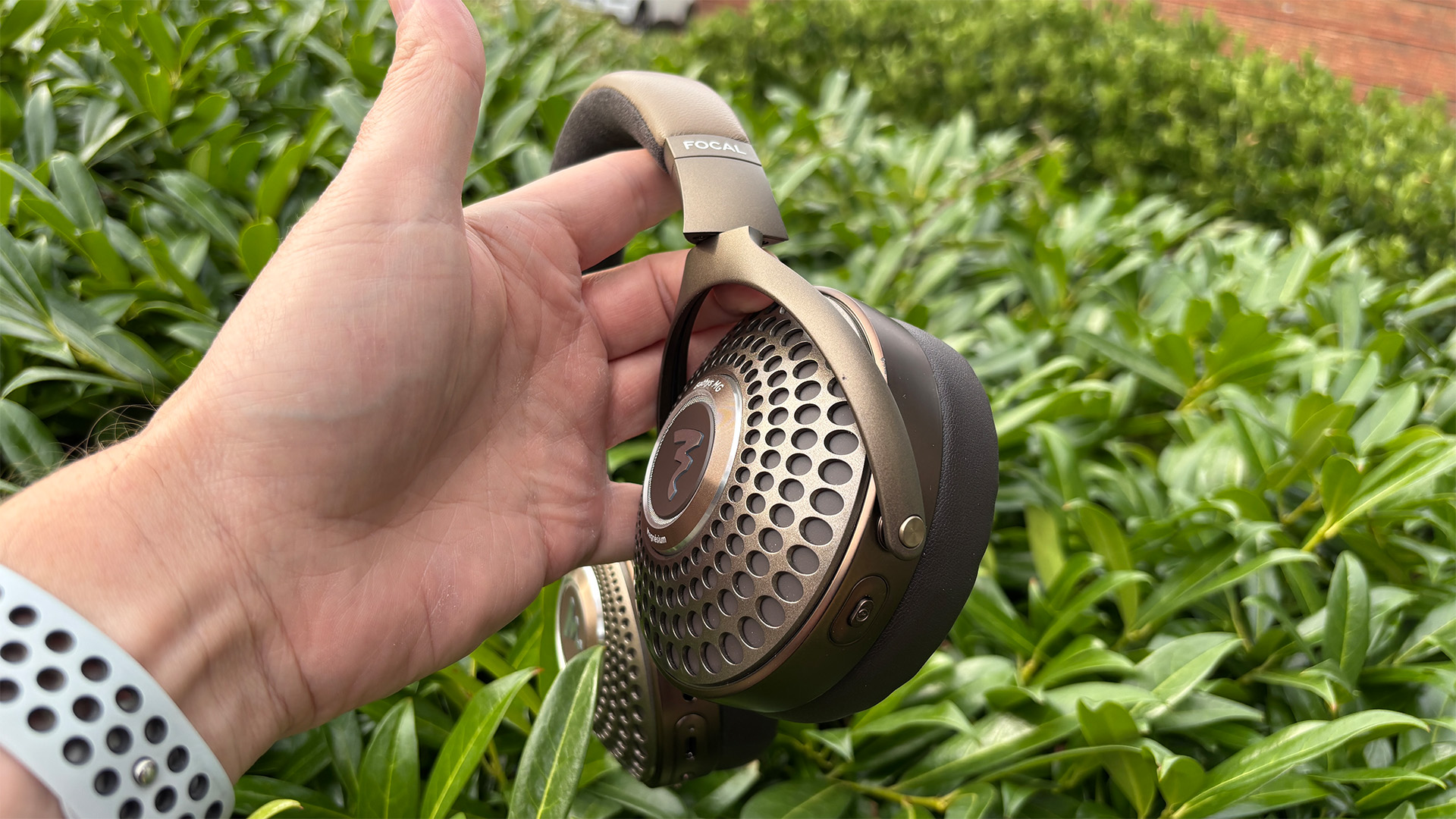
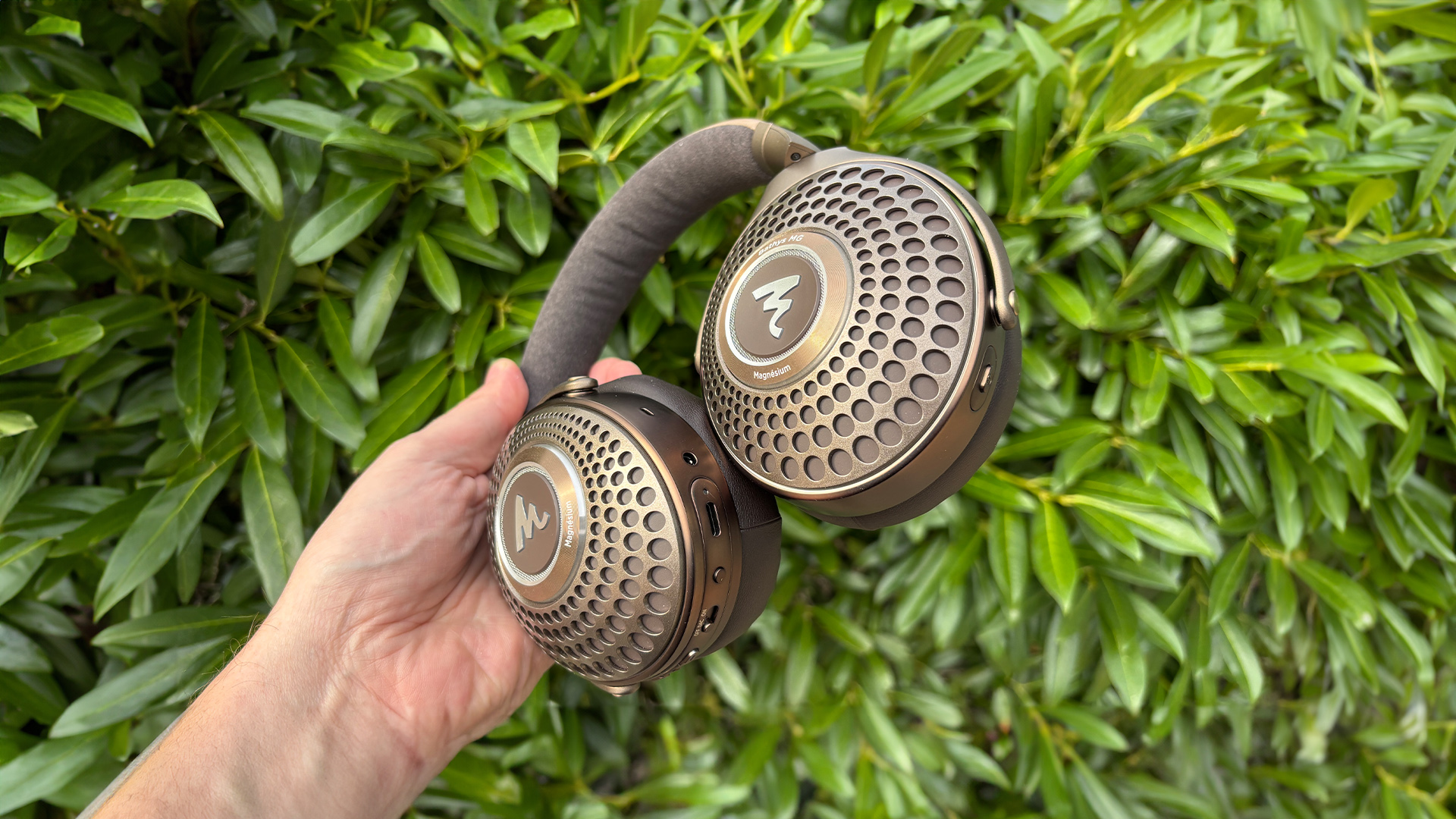
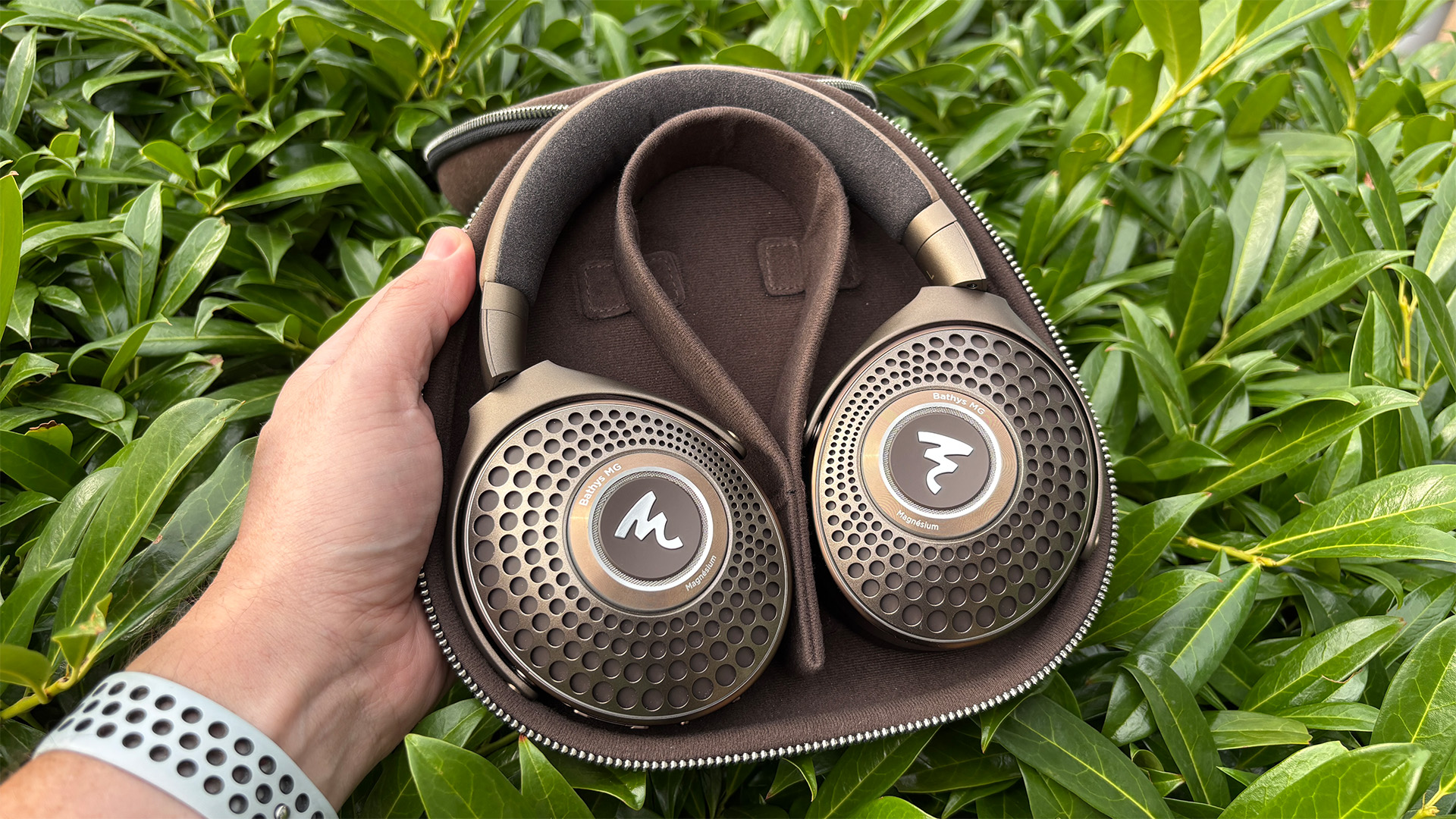
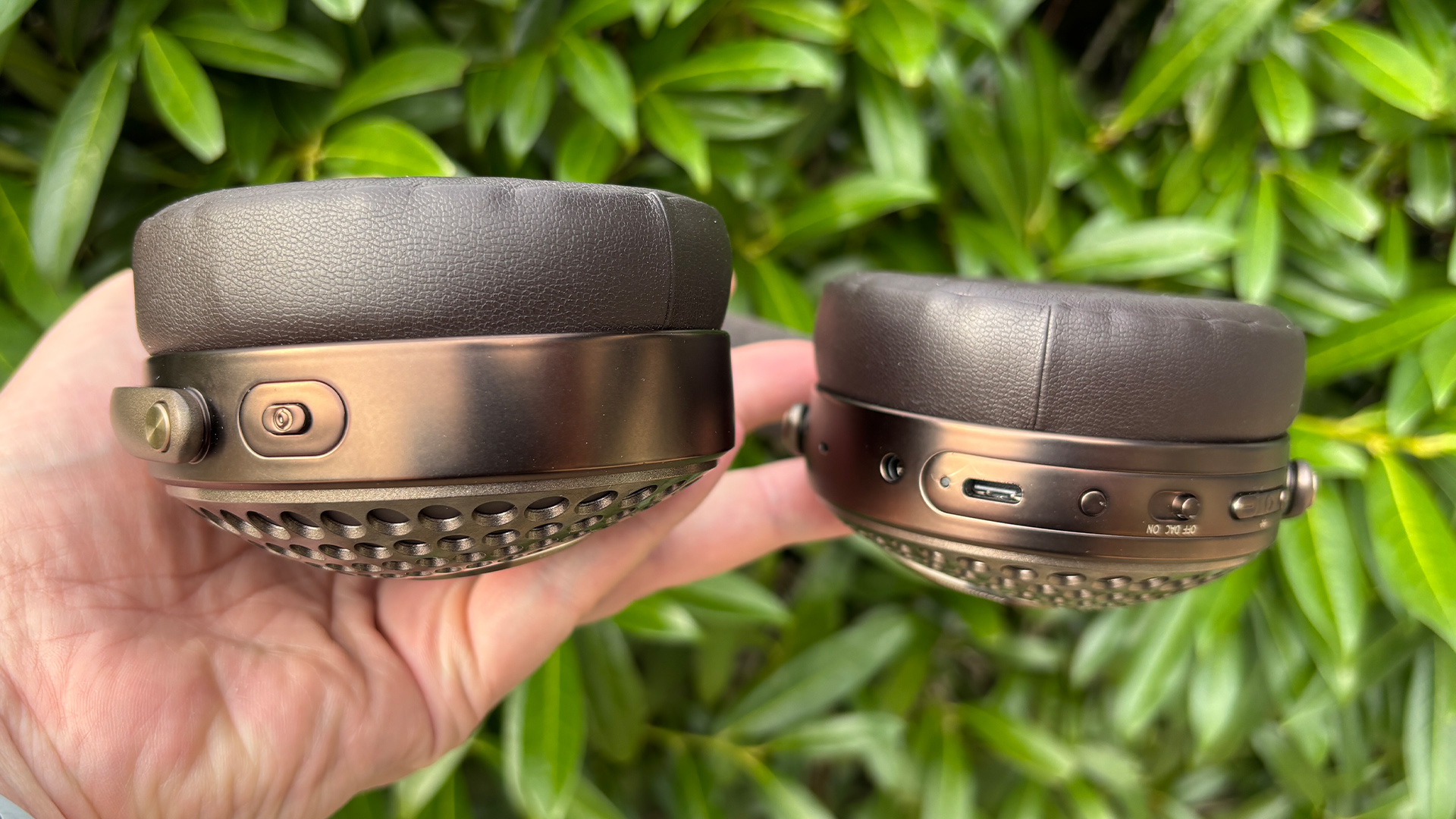
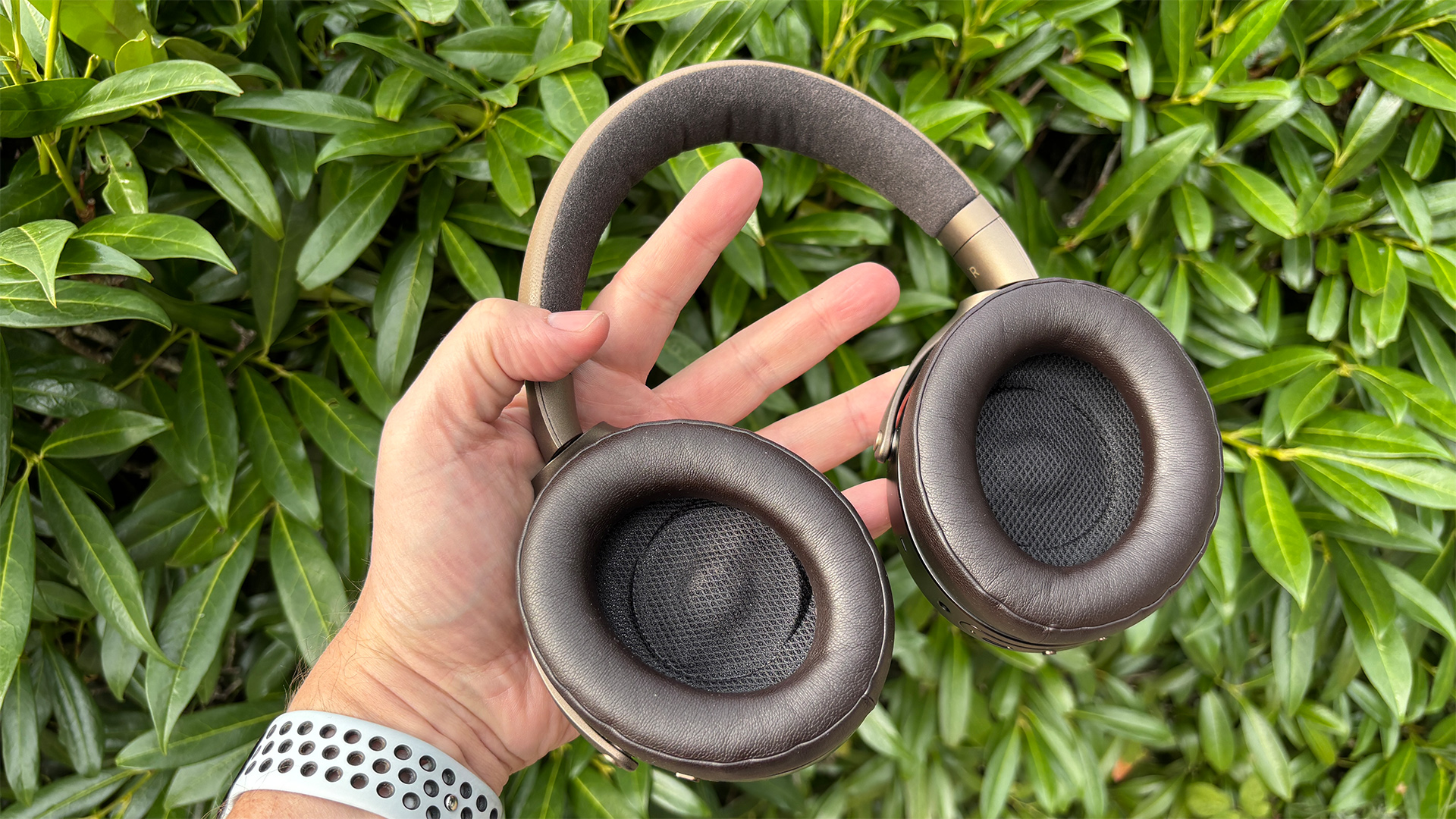
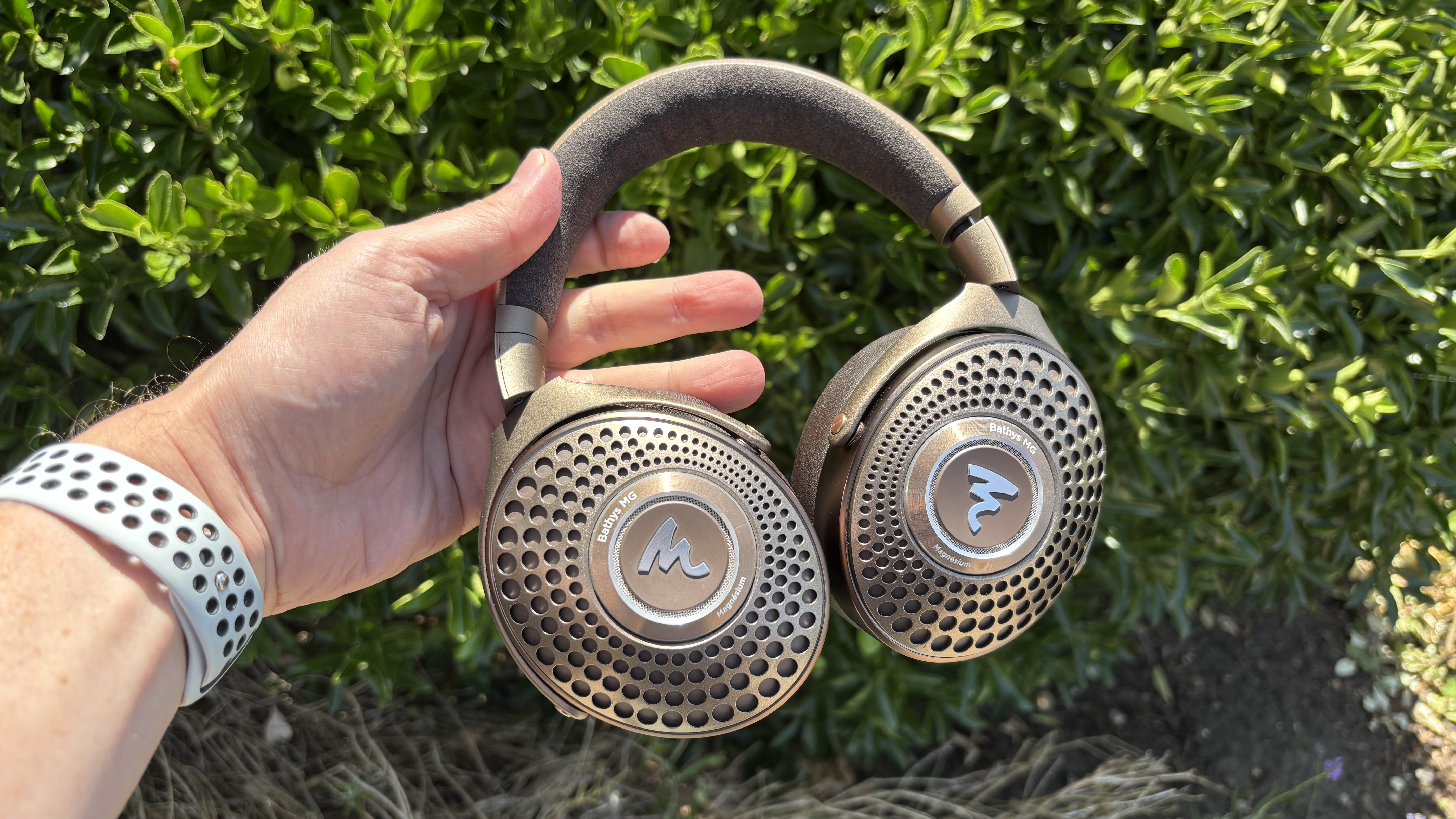
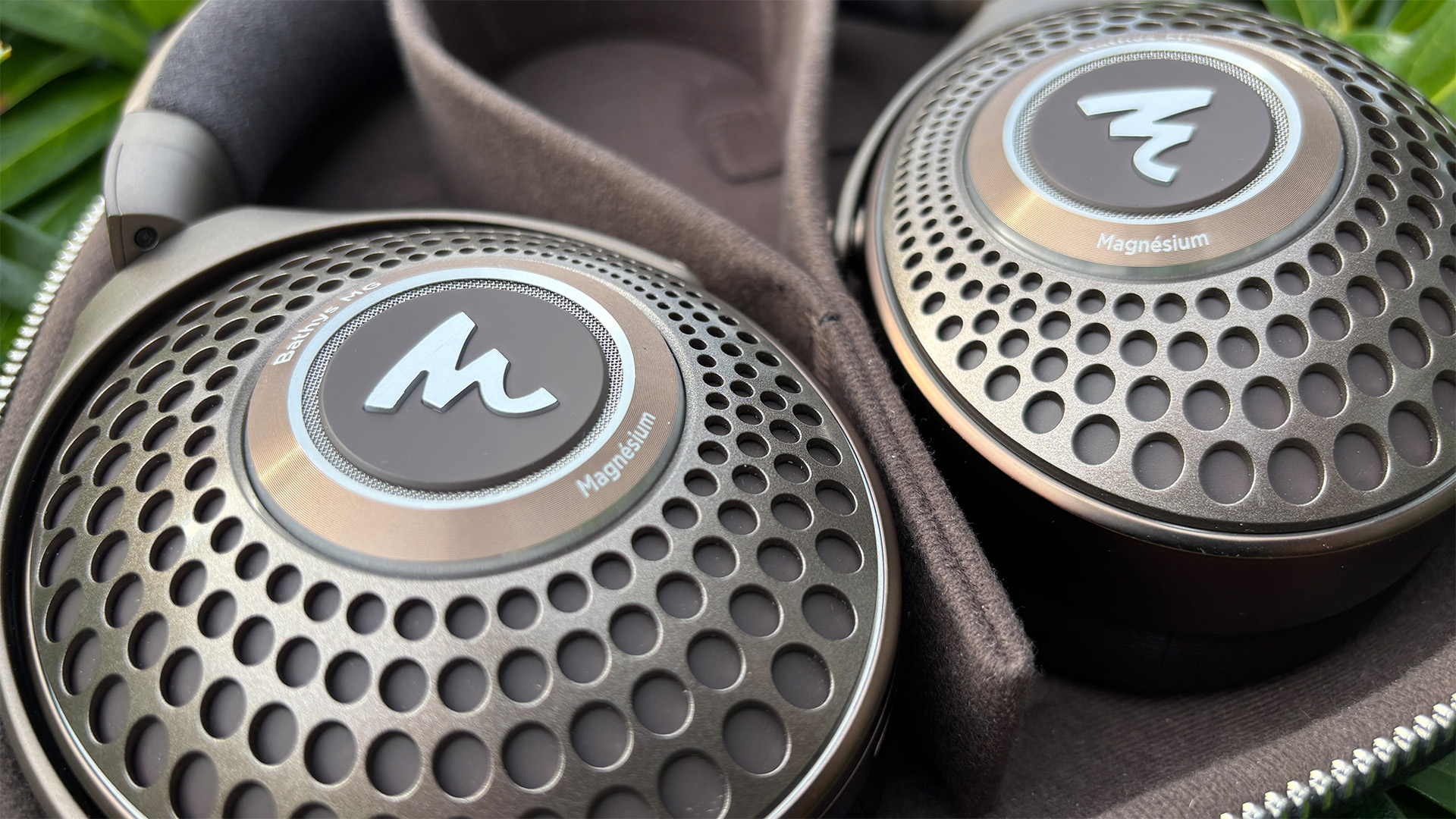
Specifications
Reasons to buy
Reasons to avoid
Focal picked up a five-star rating for its previous pair of wireless headphones, the standard Bathys. So it had big shoes to fill.
The Mg model switches the 40mm aluminium/magnesium driver for one made from pure magnesium – hence 'Mg'. You can really hear the difference when compared to their 2022 predecessors. The Mg offer "a greater sense of refinement, expression and more precise deployment of notes throughout the frequency range," we wrote in our review.
They also have a greater degree of control over lows and highs. Compared to them, the originals sound a little unwieldy.
The sound is natural and balanced, with plenty of weight, precision and texture. Levels of insight are off the chart, making flagship rivals from the likes of Sony, B&W and Dali sound lacklustre by comparison.
Which proves these really are the best wireless headphones for audiophiles.
They're suitably plush too, and built to last, with a leather headband and memory foam earpads, and a yoke made from aluminium and magnesium. But they won't be to everyone's tastes. They're heavy – almost 100g heavier than the Sony WH-1000XM6 – and only come in the chestnut (read: brown) finish. The Focal logo is backlit too, though you can turn this off.
They also don't have touch controls, and their app is a little bare bones compared to some. But they only lack features in a bid to focus purely on performance. In our view, it's a tradeoff worth making.
And they do have plenty of other features. The Sound Personalisation mode feeds you test signals to create your own sound profile based on your hearing. Wired listening is possible up to 24-bit/192kHz using the Mg's built-in DAC, and they even support a virtual assistant.
The noise cancellation is also up there with the best around. Upper bass and lower midrange rumbles are dispatched with ease, while traffic noise is nicely muffled too. All of which will help you focus even more on the audiophile-grade sound quality.
Read our full Focal Bathys Mg review
Also Consider
- Sony WH-1000XM5
Can't afford the new XM6? Their XM5 predecessors are still easy to recommend for more modest budgets while they are still available on shop shelves. - Bowers & Wilkins Px7 S2e
While now replaced by the Px7 S3 found in our main list, these older Bowers & Wilkins remain solid Sony WH-1000XM5 alternatives that combine a lovely full, lush, detailed sound with modern specs and class-leading aesthetics. If you can find them at a decent discount while final stocks last, we'd pounce. - T+A Solitaire T
If your wireless headphones ambitions lie beyond the premium B&Ws on this list, why not splash the cash on the best-sounding Bluetooth headphones we've ever heard? The uber-premium Solitaire T take sound performance to the highest possible level without wires being added to the equation. Priced accordingly, they are really quite innovative. - Sennheiser Momentum 4 Wireless
Another Sony WH-1000XM5 rival worth considering, Sennheiser's latest Momentum continue the line's legacy of competitive sound and effective ANC. Their USP? A massive 60 hours of battery life – twice that of the Sonys. We miss the blingy look of former Momentum models, but you may like the minimalist look of the well-made Momentum 4. - Dali IO-8
Decent Bowers Px7 S3 alternatives that aren't quite as detailed but still remain an attractive all-round proposition.
What to consider before buying wireless headphones
The world is awash with wireless headphones of various form factors, prices and feature sets, so how do you know which pair is best suited to you? If you are unsure, here are some things to consider before you start browsing:
Budget: set your price (and expectations)
First things first, think about your budget. Fortunately, recommendable wireless headphones and earbuds are available well below £100/$100/AU$100, and you can even get once-premium features such as active noise cancellation, high-quality Bluetooth codecs and long battery lives nearer the top end of that bracket.
You can, of course, easily pay five times that in the over-ear market (up to 10 times for the few highest-end pairs), which primarily gets you superior sound and noise-cancelling performances, more luxury materials and, in some cases, new and innovative features like spatial audio that haven't yet trickled down. Whatever your budget, rest assured that the pair listed above that best matches it is the best your money can buy.
Style: in-ears, on-ears or over-ears?
The wireless headphones above are all over-ear designs that, as you might've guessed, sit over your ears, with the earcups connected by a headband. These tend to provide good physical isolation and an enveloping, spacious sound. But if you want in-ear designs – like AirPods – that major in discreetness and portability, not to mention ultimate affordability, you should check out our wireless earbuds buying guide instead.
You can also get the smaller on-ear headphones that sit – yep – on your ears, like the Grado GW100x above, but the choice in that now-limited market is ever dwindling.
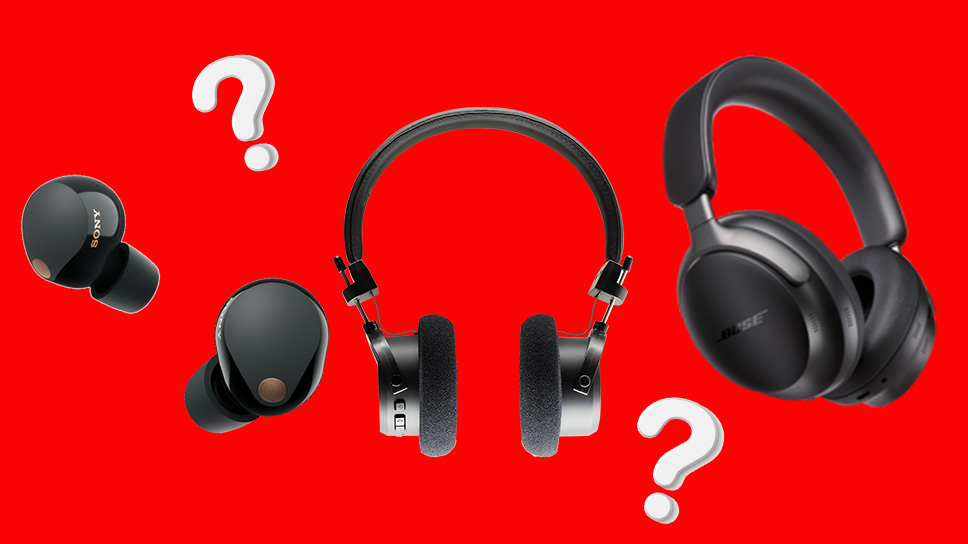
Features: which are must-haves?
Thankfully, many of the most desirable wireless headphone features are available across the price spectrum.
1. Bluetooth connectivity goes without saying, of course, but you might want to consider which Bluetooth codecs your phone, music player or other audio device supports and get a pair that supports the same one. After all, which codec your music signal is packaged and wirelessly transmitted in affects sound quality.
2. What you might find useful on a practical everyday basis, particularly if you use your wireless headphones for work, are features like Multipoint Bluetooth, allowing you to connect to two devices (a laptop and phone, say) simultaneously for easier switching between music playback and calls.
3. This one's a biggie: active noise cancellation, or ANC. Do you need to block out noise from a train, plane, automobile or anything else? If so, you're in luck as most wireless headphones nowadays offer ANC, even at the affordable end. (In our list above, all but the entry-level Sony WH-CH520 and Grado GW100x do.) While any over-ears physically offer a level of isolation – a “solid passive noise cancellation baseline,” as Mikael Herje of Harman International (JBL, Mark Levinson etc) calls it – ANC uses microphones and digital sound processing (DSP) to block a larger amount and wider frequency of sound. You can read how active noise-cancelling technology works here. Noise-cancelling levels can sometimes be incrementally adjusted, and you will want to dive into our reviews to see how effectively it is executed.
Most ANC models also offer a Transparency (or Ambient) mode that, counterintuitive to noise cancellation, temporarily encourages surrounding sound in so that you can hear, say, train announcements or road traffic. If that sounds useful, make sure that box is ticked. If ANC is your number one priority, you might be best served by our best noise-cancelling headphones buying guide.
Read More
4. Check for extras. Wireless headphones increasingly come with companion apps and offer extra features designed to enhance your listening or simply your wearing experience. Auto-wear detection, for example, recognises when you take the headphones off and automatically pauses your music or video. Spatial audio (3D immersive audio) is gaining traction and beginning to appear in premium pairs, such as the AirPods Max and Bose QuietComfort Ultra above, as well as the new Sonos Ace. We find its implementation and worthwhile-ness hit and miss, mind you.
Battery life: how much do you need?
Look out for a manufacturer's battery life claims and, of course, our real-life test of them, particularly if you want to take your headphones on regular long trips. You should expect at least a 24-hour battery life, no matter what your budget, although 30-plus hours is increasingly common. Many wireless headphones now offer a 'quick' or 'fast' charge that blesses you with an hour or two's playback from just minutes of being plugged in, too, so that is one to look out for as well.
Water resistance: do you need it?
If you are clumsy or plan to wear your wireless headphones to the gym, consider a pair that is in some way weatherproof. An IP rating on the spec sheet is the typical marker for how water- and dust-resistant a product is, and a common wireless headphone rating tends to be IPX4, which 'gives protection against splashing water... hitting the product from an angle. Unfortunately, many manufacturers of over-ears choose not to use IP certification, in which case we would be weary about exposing their headphones to the elements in case you damage them and/or void their warranty.
Need further help in your buying decision? Our more comprehensive how to choose the right pair of headphones advice should answer any outstanding questions you may have.
Comfort: how long do you wear headphones for?
Every pair in this buying guide has passed our test as being comfortable to wear for a couple of hours at a time, but if you want a pair you can wear for several hours or most of the day, consider a pair's weight, materials and headband padding generosity, as well as how sensitive your head and ears are to pressure and heat. Our headphone reviews always present the overall wearing experience from several review team members to paint a picture of their fit and comfort.
How we test wireless headphones
While we at What Hi-Fi? have access to custom-built, state-of-the-art testing facilities, where our team of experienced in-house reviewers test the majority of hi-fi and AV kit that pass through our door, wireless headphones are naturally on-the-go products that deserve to be tested as such.
To that end, our wireless headphones reviewing process tests everyday aspects such as the portability and ruggedness of their build, their long-wear comfort and how their claimed battery life translates into real-life use. For pairs with active noise cancellation, as are increasingly common these days, we test their sound-blocking ability in various environments, such as an office, on public transport and – when we can – during flights.
Our in-house reviews team lives with every wireless headphone for weeks, using them at office desks, at home and during commuting, so we can mirror the experience you would have and give you an accurate impression of what they are like as daily music companions. Even once a pair has been tested and its review published, we ensure the team continues to use the best ones – those listed in this buying guide – so that we can stay on top of any firmware updates and update the reviews and relevant buying guides accordingly.
Read More
Of course, sound quality is key in forming our verdicts and star ratings too. As What Hi-Fi? is all about comparative testing, each pair we review is compared to the best in its price and style class – whether that's one standout pair or a few we favour the highest among the 75+ models we listen to every year for reviews and What Hi-Fi? Awards judging. So, if we get a pair of over-ear wireless headphones in for review around the £300 / $350 / AU$550 mark, we will test it against the class-leading Sony WH-1000XM5 and likely another close five-star competitor too. We keep current What Hi-Fi? Award-winning headphones, as well as plenty of five-star pairs, in our on-site stockroom, allowing us to easily compare new products to rival ones we know and love.
We all love music – that is why we so frequently curate test track lists as a team – and, to help us test consistently across products, we have go-to test playlists that span various genres and that we are familiar with.
In accordance with how we review products on What Hi-Fi?, all wireless headphone review verdicts are agreed upon by the team rather than an individual reviewer to eliminate any personal preference and to make sure we're being as thorough as possible, too. There's no input from PR companies or our sales team when it comes to the verdict, with What Hi-Fi? proud of having delivered honest, unbiased reviews for decades.
You can read more about how we test and review headphones at What Hi-Fi?.
Specs comparison
Headphone | Bluetooth codecs | Battery life | Active Noise Cancelling (ANC) | Weight |
Sony WH-CH520 | SBC, AAC | 50hrs | N/A | 147g |
Sony WH-CH720N | SBC, AAC | 35hrs (ANC on); 50hrs (ANC off) | ANC + Transparency mode | 192g |
Austrian Audio Hi-X25BT | SBC | 30hrs | N/A | 270g |
Sony WH-1000XM6 | SBC, AAC, LDAC, LC3 | 30hrs (ANC on); 40hrs (ANC off) | Adaptive ANC + Transparency mode | 254g |
Bose QuietComfort Ultra Headphones | SBC, AAC, aptX Adaptive | 18hrs (ANC & spatial audio on); 24hrs (spatial audio off) | Adaptive ANC + Transparency mode | 254g |
Apple AirPods Max | SBC, AAC | 20hrs (ANC on) | ANC + Transparency mode | 385g |
Grado GW100x | SBC, AAC, aptX Adaptive | 46hrs | N/A | 188g |
Bowers & Wilkins Px7 S3 | SBC, AAC, aptX Lossless, aptX Adaptive | 30hrs (ANC on); 35hrs (ANC off) | ANC + Transparency mode | 300g |
| Row 9 - Cell 0 | Row 9 - Cell 1 | Row 9 - Cell 2 | Row 9 - Cell 3 | Row 9 - Cell 4 |
Wireless headphones FAQs
Are wireless headphones better than wired?
Why you can trust What Hi-Fi?
Read More
In terms of sound quality, Bluetooth headphones have made huge progress in recent years, closing the gap between the sonic capabilities of wireless and wired models. The introduction of higher-end wireless headphones such as the Apple AirPods Max and Dali IO-8 have pushed wireless performance further than ever before.
The gap still remains, though: the best wired headphones at a particular price will still sound notably better than the best wireless pair at that same price point. So if sound quality is key and you don't mind sacrificing cable-free convenience and noise cancellation to get it, wired is still the way to go.
A more detailed comparison can be found in our wired vs wireless headphones guide.
Wireless headphones or earbuds: which are better?
Read More
The answer to this FAQ is less black and white, as both headphones and earbuds have their strengths over one another. Headphones, by which we are referring to on-ears and over-ears, have better physical isolation and a more enveloping soundstage, and also are less obtrusive to your precious ears, often making them more suitable for longer wearing. If you're after the best possible wireless sound quality, you'll find it in a pair of wireless over-ears.
Earbuds, however, deliver a more direct sound due to their in-ear positioning, and are more discreet to wear and transport thanks to their compact, portable nature. There is also a far wider choice of earbuds on the market at the budget end of the spectrum due to the exploding popularity of AirPods.
Which are 'better' for you depends on which qualities you value more.
Is noise-cancelling worth having?
Read More
All headphones provide some level of isolation from the outside world, whether that be via their in-ear 'plug' design or the clamping force of over-ear earpads. That's why getting the correct fit is so important, as Bowers & Wilkins' Steve Hoyle told What Hi-Fi?: “The better the headphone fits a wider range of users, the greater the passive isolation, which in turn reduces the amount of work required for the ANC.”
But ANC technology is paramount if you want to be truly isolated from office chit-chat street noise or the sound of transport engines, and the levels in which it can do so nowadays are highly impressive, with Bose leading the way alongside the likes of Sony, Apple, Bowers & Wilkins, Dali and Sennheiser.
Historically we would advise caution about buying wireless headphones with ANC as the technology more often than not detrimentally impacted sound quality, but manufacturers are increasingly finding ways for the two to live harmoniously, so it isn't as much of an issue nowadays.
In a headphones expert discussion about ANC, Sennheiser’s Christian Ern said that the key to this is striking the right balance in ANC intensity. “On one hand, the residual noise reduces the perceived sound quality for the user. On the other hand, the stronger you drive ANC, the more likely it is that a user may experience sound deterioration in some cases, like extreme noises or leaks in the sealing between the headphone and ear.”
Are wireless headphones waterproof?
Read More
Most true wireless earbuds nowadays are waterproof – not least if they have first and foremost been designed for exercise, like sport headphones. Sometimes, only the earpieces or the charging case are waterproof, so it is worth checking that.
That isn't so much the case for wireless over-ear headphones, which generally don't have protection from water or dust and therefore should be hidden from rainstorms as much as possible... and kept away from poolsides! The best way to check if headphones are waterproof (or 'water resistant, as most literature labels it) or not is to check their official technical specification on the company's website, or our review of them.
Water (and indeed dust) resistance for headphones is often measured and presented as an IP (Ingress Protection) rating, an international standard that indicates the degree of protection in electrical products against the 'intrusion of objects, water, dust or accidental contact'. A rating consists of 'IP' plus two numbers – the first number indicates the level of protection against solid objects (dust), while the second number represents the level of protection against water. Which numbers correspond to which levels of protection can be found on our IP ratings explained advice article.
Can you answer calls with wireless headphones?
Read More
Almost all wireless headphones and earbuds these days integrate one or more microphones that facilitate the taking and making of voice calls (and in some cases also help to deploy active noise cancellation and/or voice control). That means you can answer your phone calls without having to pick up your phone, provided your headphones are indeed connected to your phone over Bluetooth. Most wireless headphones have touch controls or physical buttons that include an answer/hang-up key, though pairs with built-in voice assistants let you do that simply by using your voice, completely hands-free.
Can you use wireless headphones when they're out of battery?
Read More
In the case of wireless earbuds, no. When they (and in the case of AirPods-like true wireless earbuds, their charging case) run out of battery, tough luck – you'll need to plug them in and charge them up to hear your sweet, sweet tunes through them.
However, wireless headphones tend to feature a 3.5mm or USB-C jack for you to wire your headphones to your device if you so choose – or, indeed, as a temporary measure if their battery is flat. Traditionally, and in most cases, this is possible as the analogue (wired) output does not required the headphones' digital circuitry to work. That said, some wireless over-ear pairs nowadays only work when they have power, even for only wired listening.
Can wireless headphones connect to a TV?
Read More
If you have thin walls, like to watch TV when the kids are asleep, or would simply like a more involving personal listening experience that your TV's speakers can't give you, listening to TV audio through wireless headphones can be transformative.
Of course, you need to make sure your TV can output audio via Bluetooth. Some Bluetooth-equipped TVs even offer their own audio delay settings, which can help you marry up picture and sound. If your TV doesn't, you could buy and plug in a Bluetooth transmitter dongle for it, though be weary that this could introduce lip-sync errors.
Speaking of which, one issue when using wireless headphones with a TV is lag – the delay between what you see on the screen and what you hear. This is due to latency: the time it takes the sound to travel from the source to the headphones. But Bluetooth standards and codecs have steadily improved latency and squashed most of the issues, so the best headphones and best TVs today (and from the past few years) shouldn't have any problems.
You can read more about how to connect headphones to your TV here.
Are wireless headphones good for gaming?
Read More
This is where we would point you to our comprehensive gaming headsets vs headphones article, though the quick answer is: yes, they can be good for gaming – buy a pair of good open-sounding, mic-inclusive wireless headphones that can transmit audio to your console (via a dongle) or PC while also doubling up as your commuter music companions, and they will be very effective.
But dedicated gaming headsets – while not typically great for music – are often tuned for a better, more immersive gaming audio experience and will likely have higher compatibility with more gaming devices, as well as a more accurate microphone and perhaps even other gaming features like a mixer for balancing chat audio and game audio.
When is the best time to buy wireless headphones?
Read More
There isn't a bad time to buy any of the wireless headphones in this guide, as all of them have been tested and recommended at their original prices, but there are certainly better times of the year to buy...
You can often find good headphone deals year-round, especially on popular big-brand pairs from, say, Sony at competitive retailers like Amazon, though you'll typically see the biggest savings and best-ever prices land during sales events. The biggest two are Black Friday and Cyber Monday (November), while both Amazon Prime Days (typically July and October) also tend to offer year-best prices. Boxing Day and January sales also see prices come down more than they do most of the year.
Again, deals are year-round affairs when it comes to headphones and every month we round up our pick of the best headphones deals and best wireless earbuds deals on the internet, on pairs only we recommend. Only interested in AirPods? We have an AirPods deals page that we track regularly too.
Glossary
AAC: Advanced Audio Coding. The default audio codec for Bluetooth on iOS devices, though it's not owned by Apple and is also supported by Android devices. It can handle 24-bit/44.1kHz audio files, with a bitrate of up to 320kbps.
Active noise cancellation (ANC): A powered technology designed to reduce the external surrounding noise you hear when wearing noise-cancelling headphones. Essentially, microphones on the outside of the earcups detect the noise around you and create a mirror image of that noise (the compression and rarefaction of the air) called ‘antiphase’. Added together, the noise and ‘antinoise’ cancel each other out.
aptX: An audio codec synonymous with Bluetooth and developed by chipmaker Qualcomm. It offers higher quality than the ‘standard’ SBC and AAC. It comes in various forms, from the ‘classic’ aptX to the most superior aptX Lossless, though aptX HD and aptX Adaptive are the most commonly supported these days.
Read More
Bluetooth standard: Also referred to as Bluetooth ‘specifications’ or ‘versions’. Overseen by the Bluetooth Special Interest Group (SIG), Bluetooth standards mark the developments in Bluetooth wireless technology. They typically improve connection efficiency (meaning longer battery life), security, stability over long ranges, latency and interference. The latest standard is Bluetooth 5.4.
Bluetooth codec: A software format that compresses and encodes music so that it can be efficiently transmitted wirelessly between devices. The receiving device that supports the same codec then decodes that music for playback. AAC and SBC are the most common, though aptX is of higher quality.
Bluetooth Multipoint: A Bluetooth feature that allows a pair of wireless headphones to establish and maintain a Bluetooth connection to multiple devices (say, a laptop and a phone) simultaneously.
Closed-back: Closed-back headphones have an enclosure behind their drivers, with any back-firing sound hitting the enclosures. This prevents excessive sound leakage from your headphones, unlike open-back headphones (see below). Nearly all wireless headphones are closed-back.
EQ: Often adjustable in wireless headphone companion control apps, equalisation gives you an easy way to tweak the sound to some extent to suit their preferred balance – typically, you can boost or reduce treble, midrange and bass frequencies.
Google Fast Pair: Or simply ‘Fast Pair’. If your Android or Google device supports this always-on feature, it will automatically scan for nearby Bluetooth headphones and, when detected, suggest you pair with them via an on-screen pop-up. This bypasses the need to enter your device’s Bluetooth settings menu to initiate pairing. Apple has its own version of this for Apple devices and AirPods.
IP rating/code: Developed by the IEC (International Electrotechnical Commission), the ‘ingress protection’ system classifies products on how resistant they are to environmental factors. The first number of an IP code relates to resistance against physical particles (i.e. dust, sand etc.), while the second relates to the resistance against liquid particles, usually in the form of water. These days, IP67 is common and desirable in the consumer electronic space, though many wireless headphones don’t carry official IP ratings.
Open-back: Open-back headphones don’t have an enclosure behind their drivers, which means that sound is fired both towards and away from the listener’s ears. Some of the sound being fired away from the ears leaks out of the earcups and can therefore be typically heard by neighbours, while noise in your surroundings can also creep into those open earcups. That’s why open-back designs are rare in portable wireless headphones.
SBC: The most basic and widely supported Bluetooth codec around. It handles up to 16-bit/48kHz audio files, with a bitrate up to 345kbps (though manufacturers tend to limit their devices to 256kbps to avoid battery drain).
Spatial audio: Typically associated with Apple, who somewhat coined the term, this immersive audio technology is designed to deliver surround sound and 3D audio through AirPods, often with dynamic head tracking that moves the soundstage according to your head movement. Some other manufacturers, such as Bose, have now implemented their own spin on the technology into their headphones.
Transparency mode: Also known as ‘Ambient’, ‘Aware’ or ‘Hear-through’ mode, and a relatively new feature typically found on wireless headphones with active noise cancellation. In contrast to ANC’s purpose, it is designed to allow external surrounding noise into the earcups so that you can hear, say, a train announcement without having to remove the headphones from your head.
Wireless headphones coming soon
- Loewe Leo: The Leo are TV-maker Loewe's first pair of wireless headphones, and they're pitched at the higher end the market. With a £1299 / €1299 price tag, they're billed as a "standalone hi-fi audio solution". They support audio up to 24-bit/96kHz, and you can customise the sound based on your hearing profile. Can Loewe strike it big first time? Stay tuned for our review.
- Bose QuietComfort Ultra Headphones (2nd Gen): Bose has updated its flagship wireless headphones with a 2nd generation model, retaining the same build and features, and promises further improvements to the sound quality and noise-cancelling. They are the same price as before, and we'll be putting them through the review process in the coming weeks.
Recent updates
- September 2025: The Focal Bathys Mg are a new entrant in the new category of 'best for audiophiles'. We've also refined the AirPods Max and Bose QC Ultra Headphones entries to reflect recent changes and news of a sequel pair, respectively, and added the Loewe Leo to 'Coming soon'.
- May 2025: The just-tested Bowers & Wilkins Px7 S3 knock the pricier Dali IO-8 off their perch, and are our pick for audiophile-level sound and stylish alternatives to the Sony XM6.
- April 2025: There are no new entries this time, but it will be interesting to see if the newly announced Focal Bathy Mg can improve on its five-star predecessors and make it onto our main or Also Consider lists.
- March 2025: While we have tested the very decent Beyerdynamic Aventho 300 in recent weeks, they don't quite have the performance to make our revered main or Also Consider lists, which stay the same for this month at least.
- February 2025: The newly reviewed Dali IO-8 replace the Mark Levinson No.5909 as our 'Best audiophile' pick due to its superior sound quality. The Mark Levinsons are now in our Also Consider list below.
- January 2025: While this is likely going to be the year of some big headphones launches, including the Sony WH-1000XM6 (successor to the XM5 in this list's top spot), it's early days and nothing game-changing launched at the CES 2025 tech show in the wireless headphones space. Our list remains the same, then.
- December 2024: We've added a specs comparison for easy cross-referencing figures for, say, battery life across the pairs featured in this list.
- November 2024: The Austrian Audio Hi-X25BT move from our Also Consider section to our main list, fresh from their What Hi-Fi? Award 2024 win, plugging the gap between our budget and premium picks. We have also added a Glossary to explain key wireless headphone terms and features you may not be familiar with.
- October 2024: The newly reviewed Austrian Audio Hi-X25BT make our Also Consider list, filling a much-needed gap in the mid-market space. Sadly, the highly anticipated Cambridge Audio Melomania P100 get no such inclusion, having disappointed our reviews team.
- August 2024: The Dyson OnTrac wireless headphones have been the talk of the tech town this month, but sadly they don't come close to troubling the class leaders. Perhaps the newly announced Cambridge Audio Melomania P100 over-ears will. Watch this space.
- June 2024: We've reviewed two new wireless headphones since our last update in May, but neither beats their respective rival to make this list. The Philips Fidelio L4 are good noise-cancelling headphones with lots to like, though, while the highly anticipated Sonos Ace proved disappointing.
- May 2024: Two new recommendations: the Bose QuietComfort Ultra Headphones as our favourite noise-cancellers, and the Sony WH-C520 as the best budget pair. Our Also Consider picks have also been revised based on our latest reviews.
- March 2024: We replaced the AirPods Pro 2 earbuds with the AirPods Max over-ears, given their falling price and suitability to the buying guide's headphones orientation.
- January 2024: We added an 'Also Consider' section to give you even more choice.
- December 2023: We replaced the Bose QuietComfort Earbuds II with their successors, the new Bose QuietComfort Ultra Earbuds, due to their superiority.
- November 2023: We labelled our newly crowned What Hi-Fi? Award winners as such.
- August 2023: We added the fantastic Sony WH-CH720N headphones as our best cheap noise-cancelling entry, replacing the outgoing Sennheiser HD 250BT.
Quoted experts
Below is a list of headphone engineers and experts whose quotes provided directly to What Hi-Fi? have been quoted in this buying guide.
- Christian Ern – principle portfolio manager at Sonova Consumer Hearing GmbH (owner of Sennheiser)
- Mikael Herje – director of Global Category Communication Headphones and Wearables BU at Harman International (parent company of JBL, Mark Levinson et al)
- Steve Hoyle – category line director of headphones at Masimo Consumer, parent company of Bowers & Wilkins, Denon et al
- Mark Bergeron – category engineer at Bose Corporation
Today's best deals
The latest hi-fi, home cinema and tech news, reviews, buying advice and deals, direct to your inbox.

Becky is a hi-fi, AV and technology journalist, formerly the Managing Editor at What Hi-Fi? and Editor of Australian Hi-Fi and Audio Esoterica magazines. With over twelve years of journalism experience in the hi-fi industry, she has reviewed all manner of audio gear, from budget amplifiers to high-end speakers, and particularly specialises in headphones and head-fi devices.
In her spare time, Becky can often be found running, watching Liverpool FC and horror movies, and hunting for gluten-free cake.

